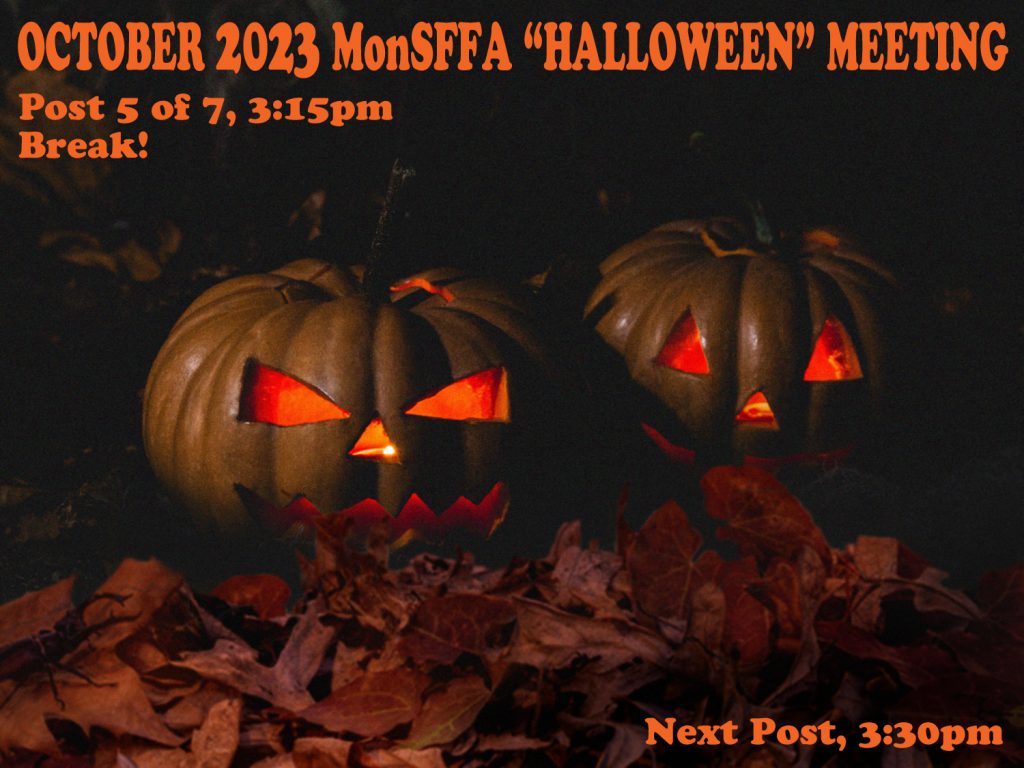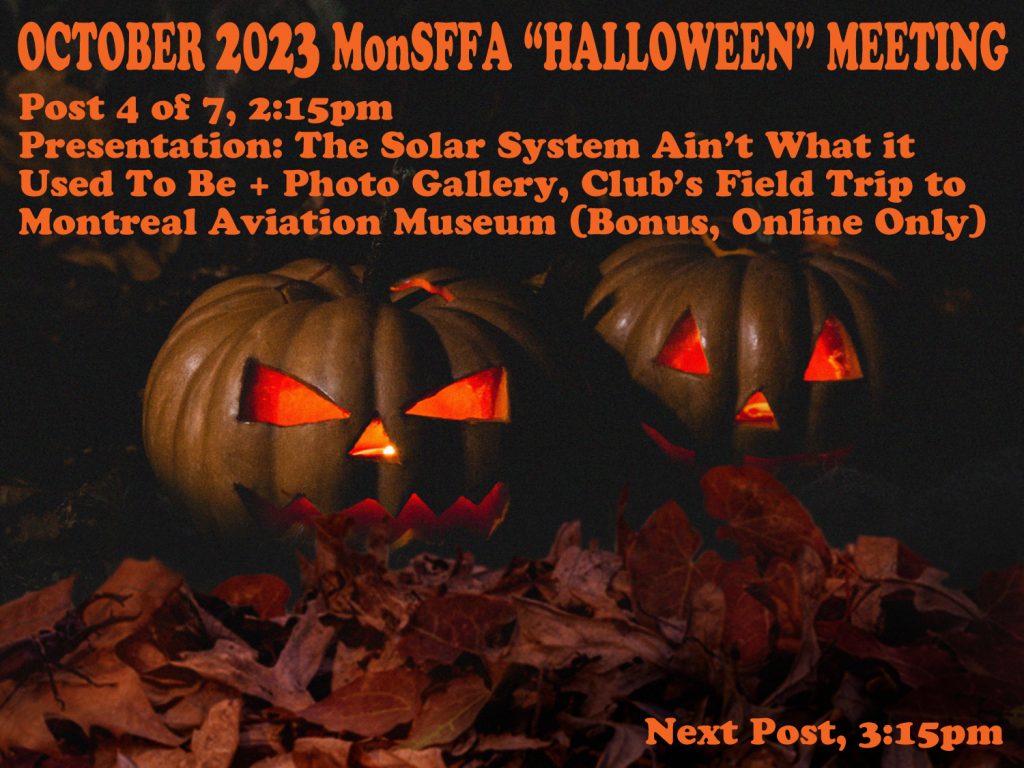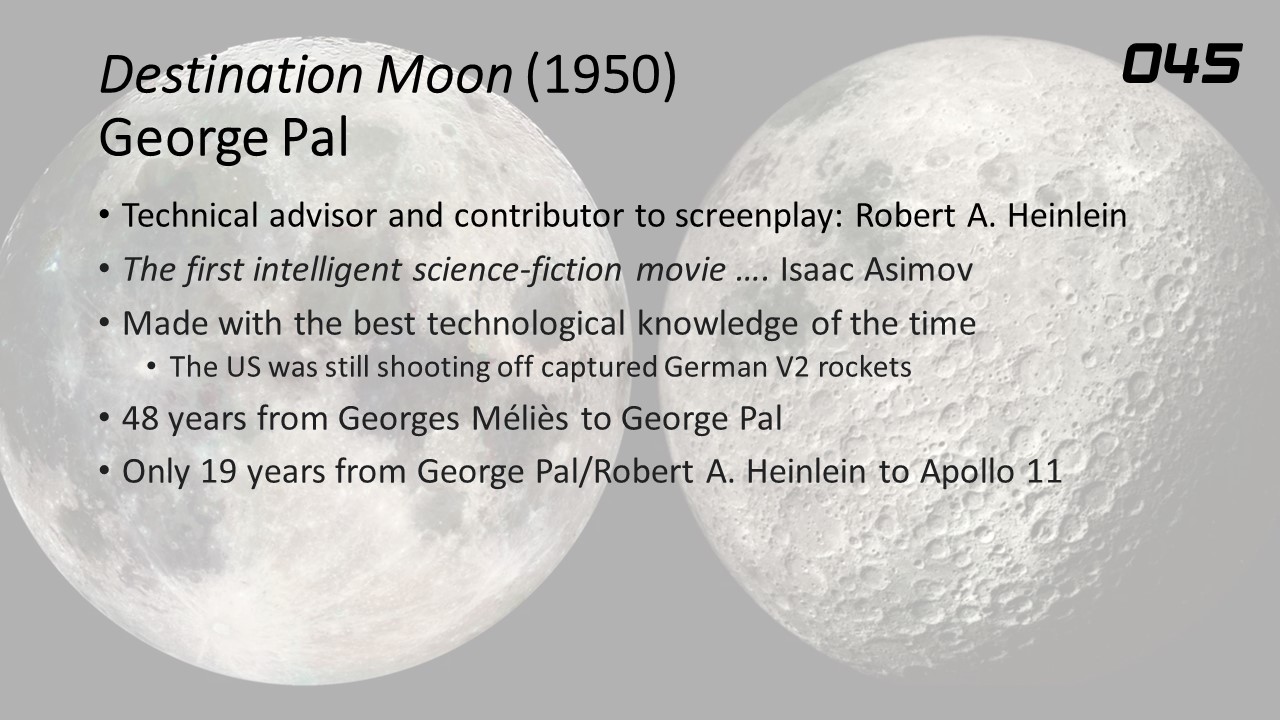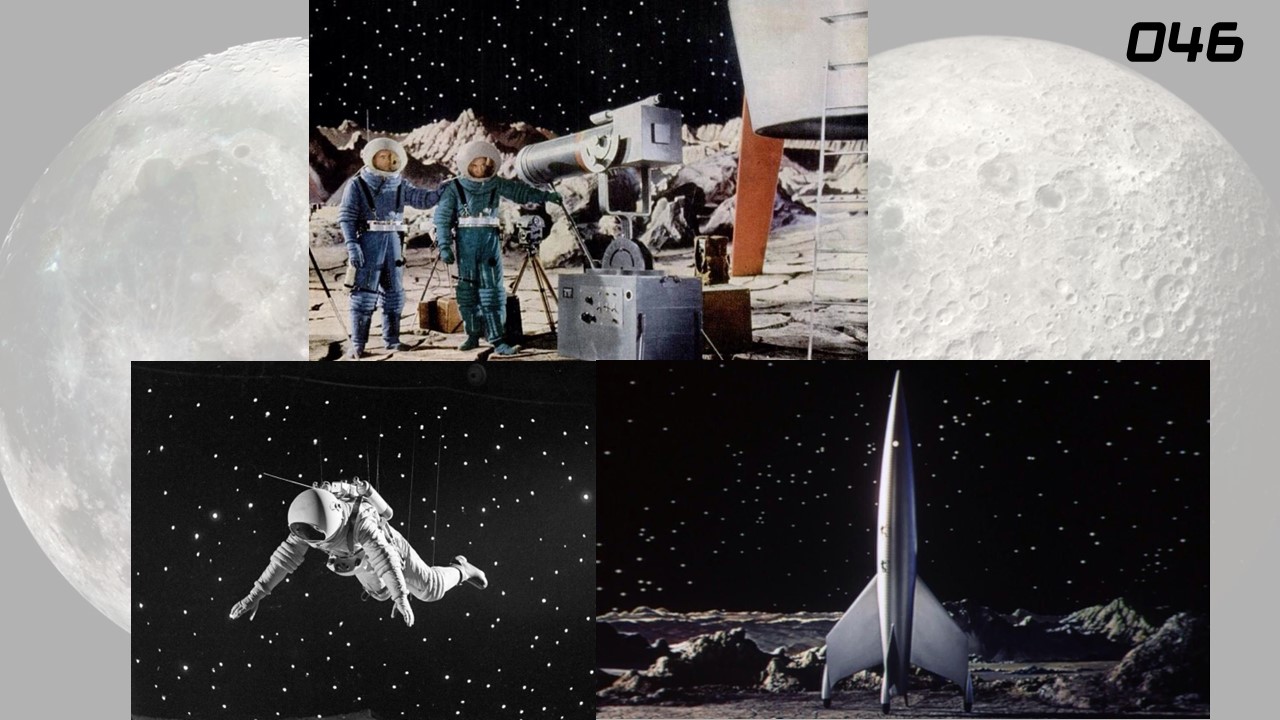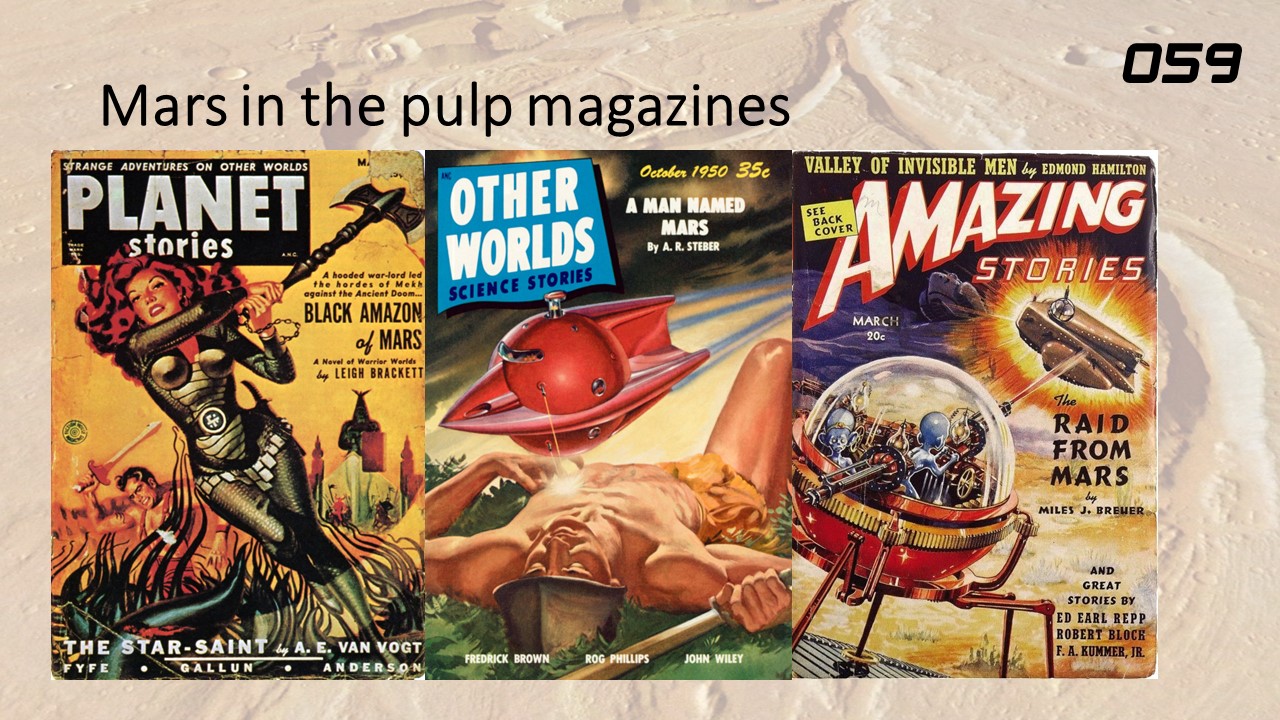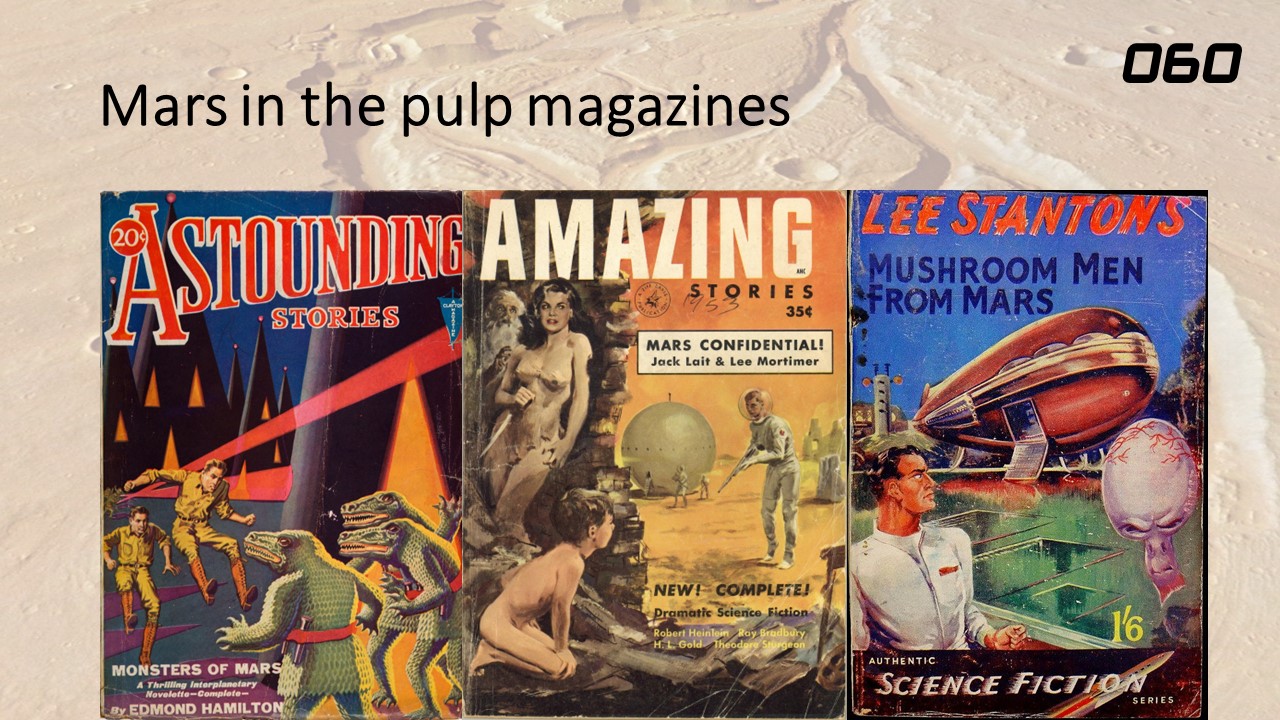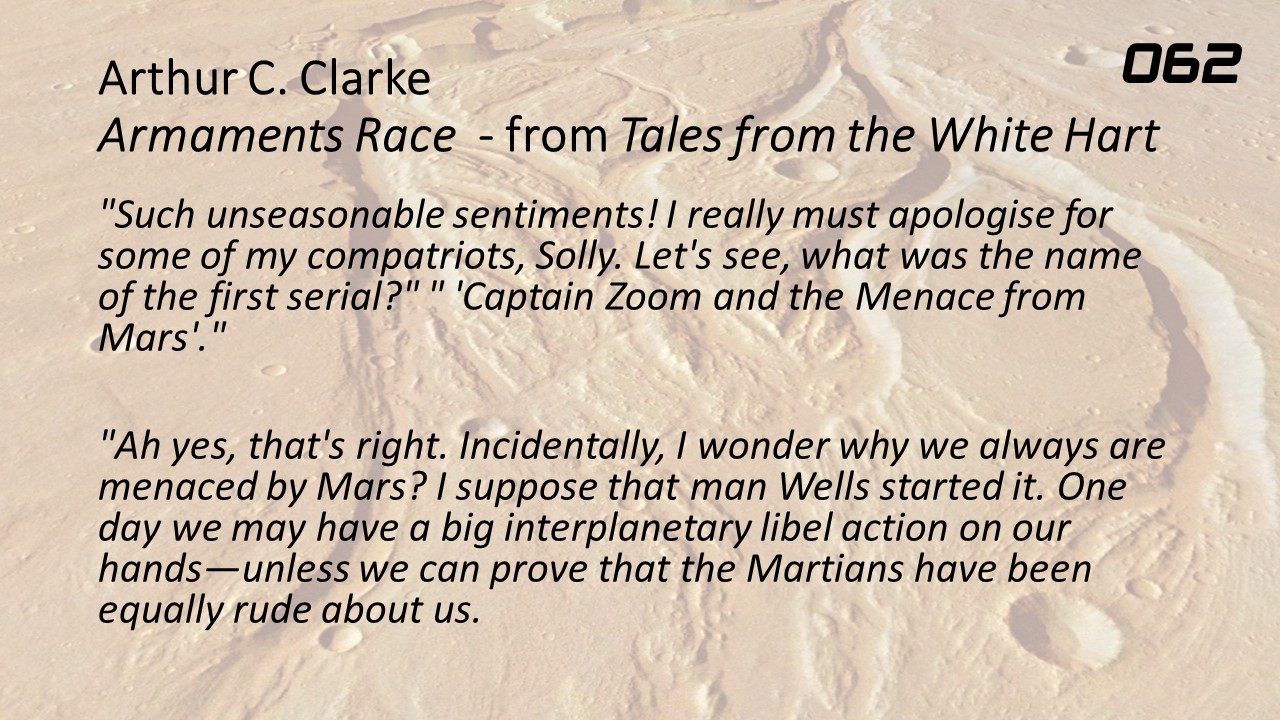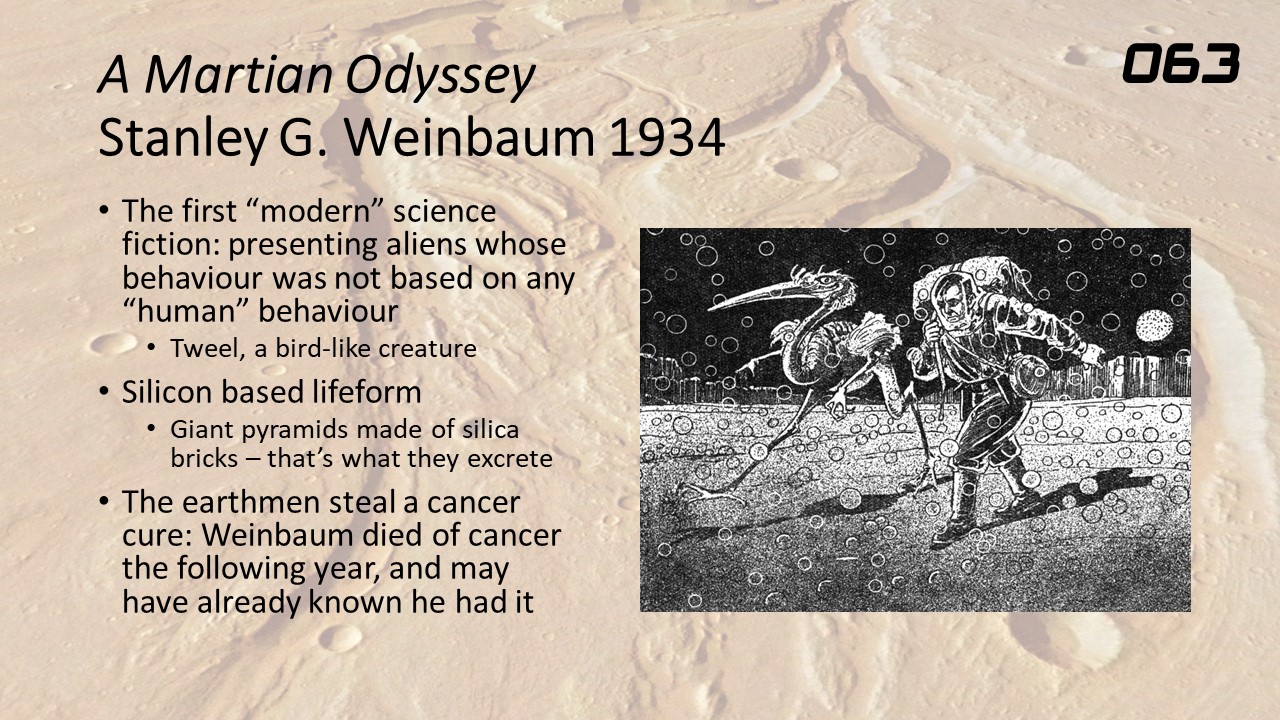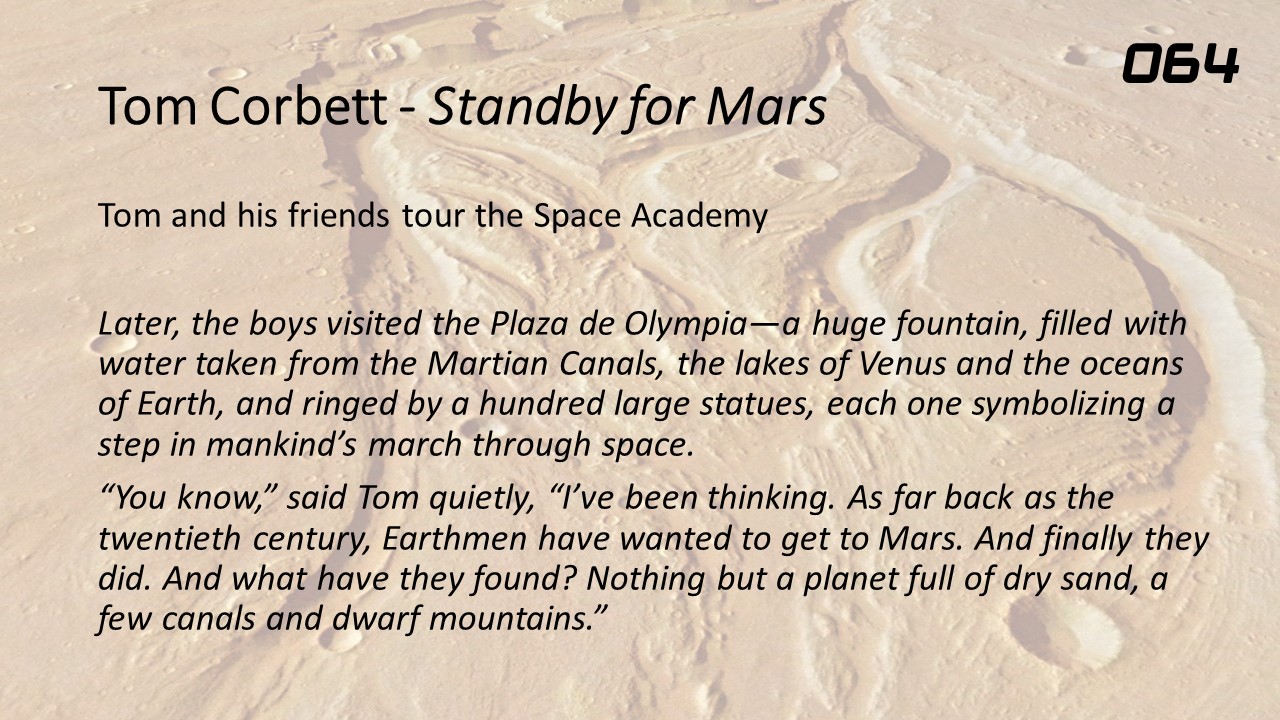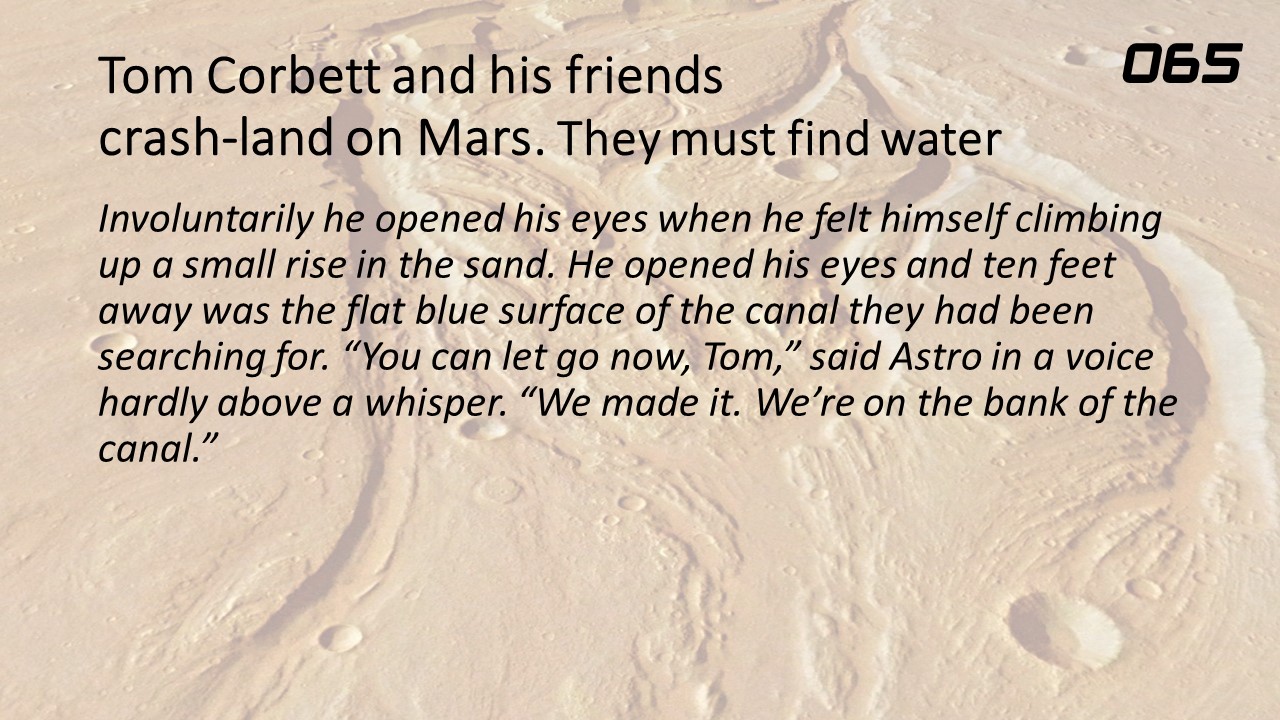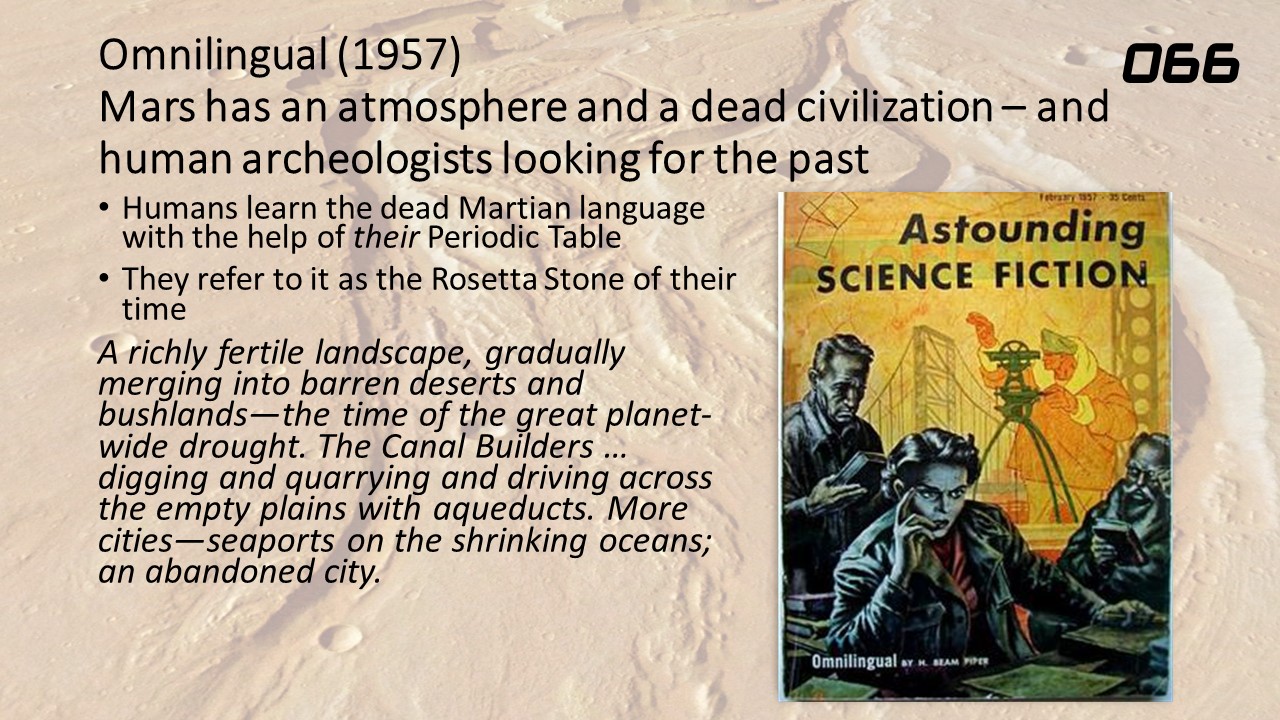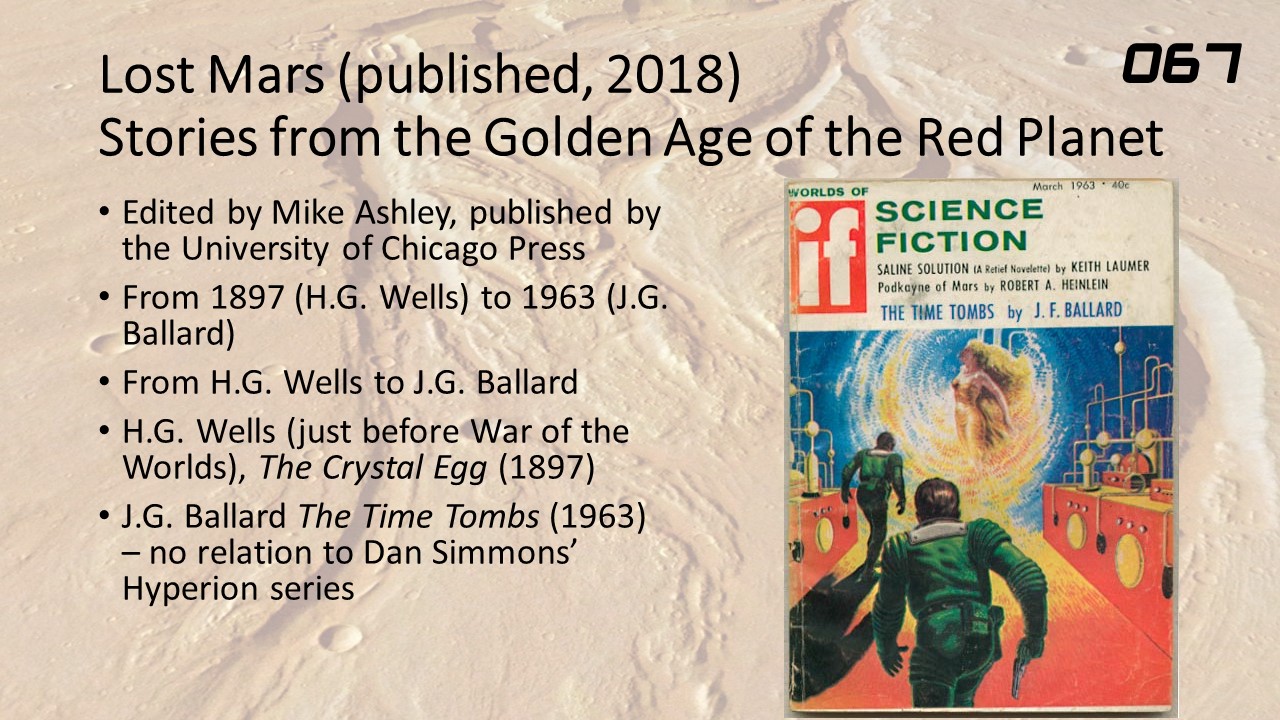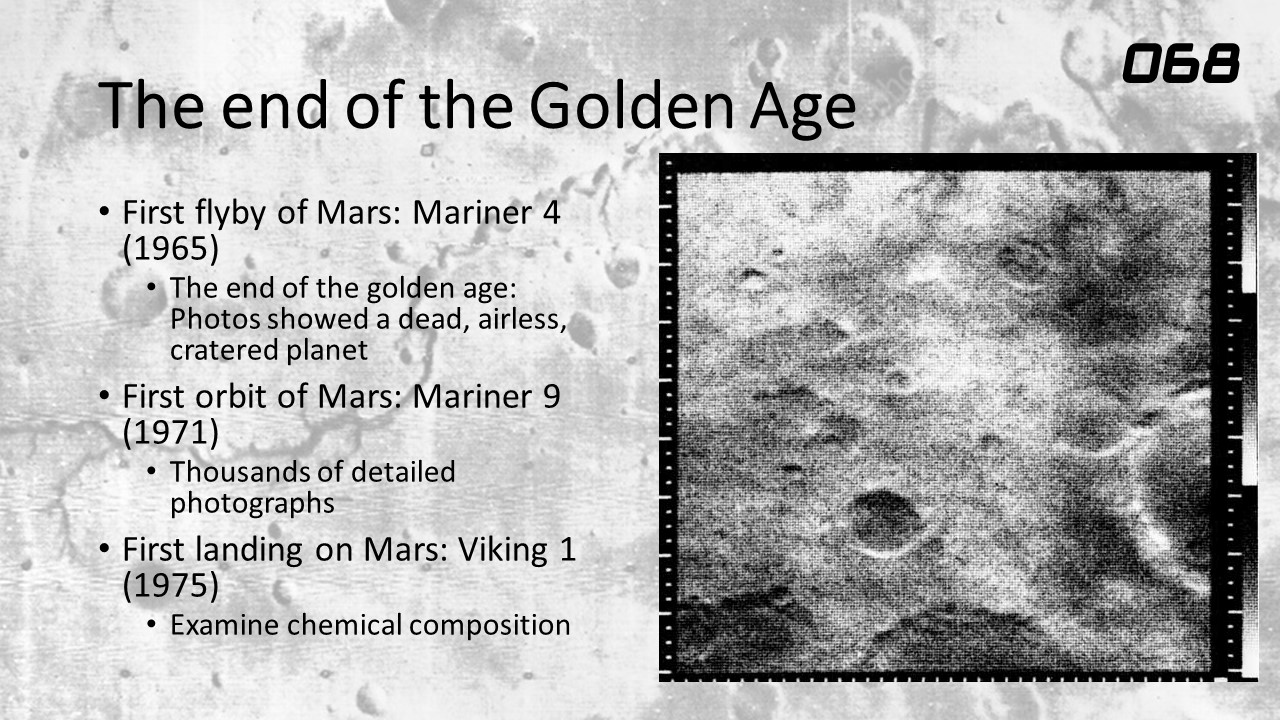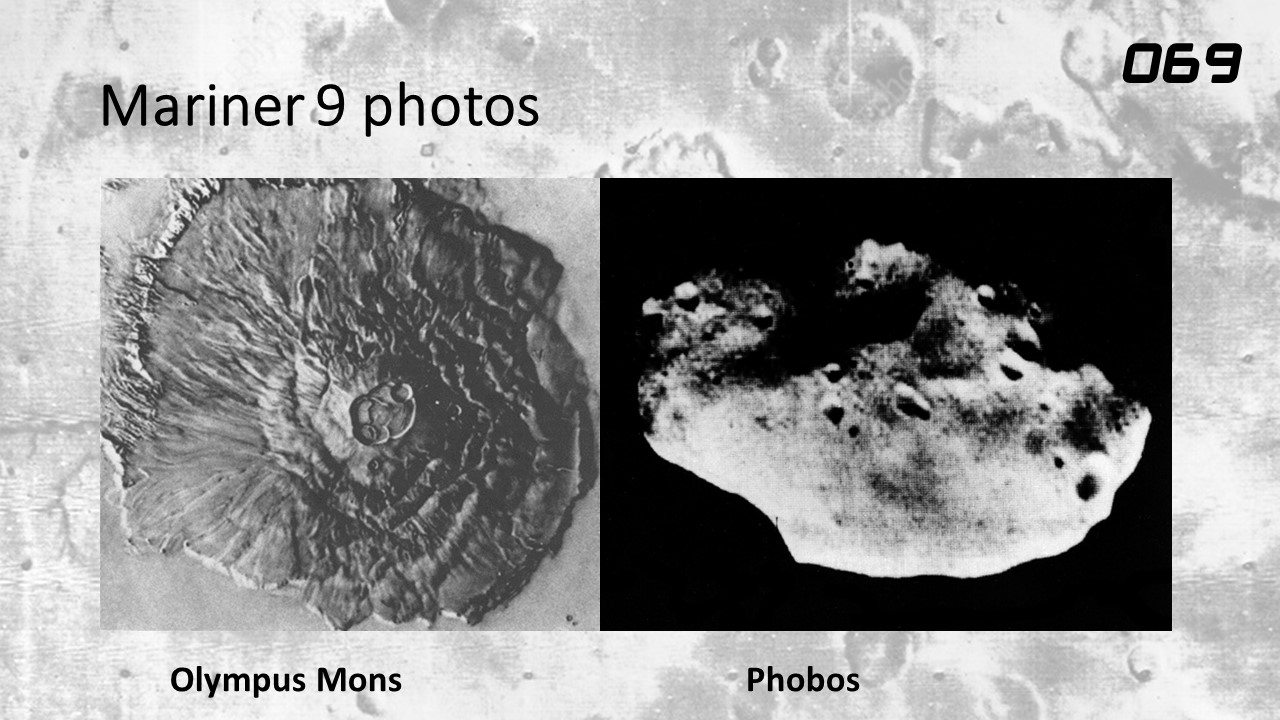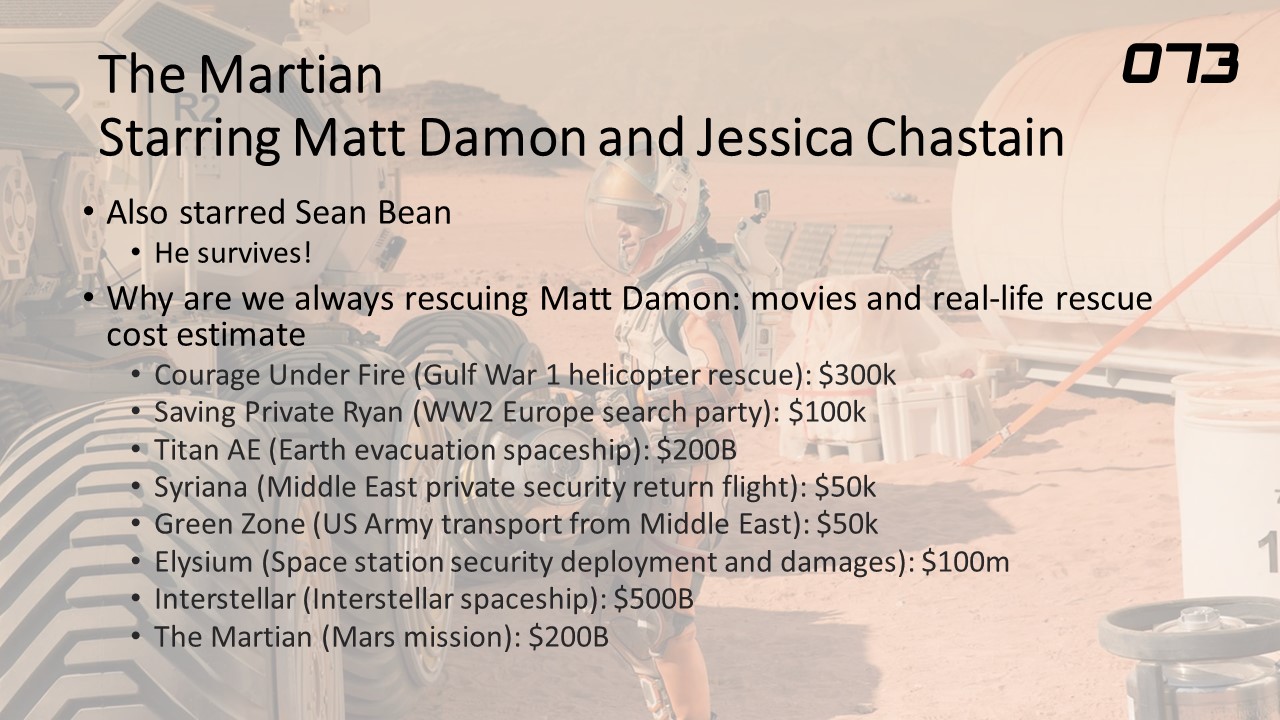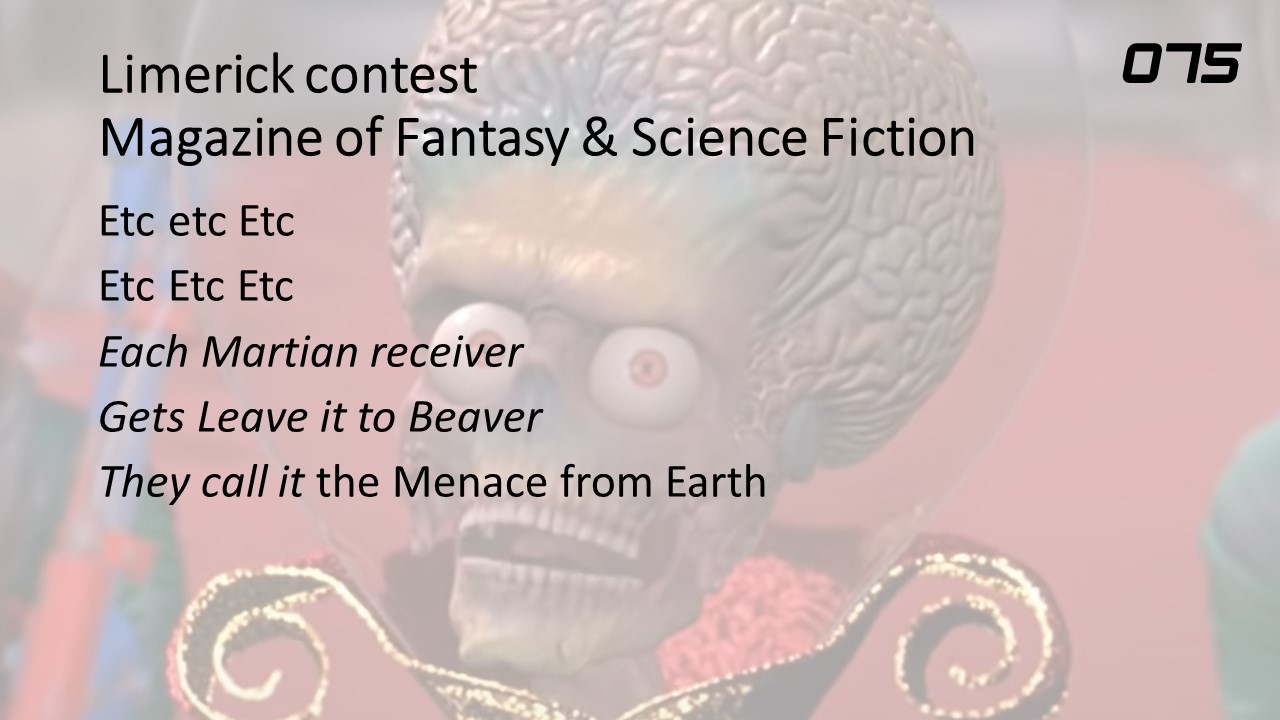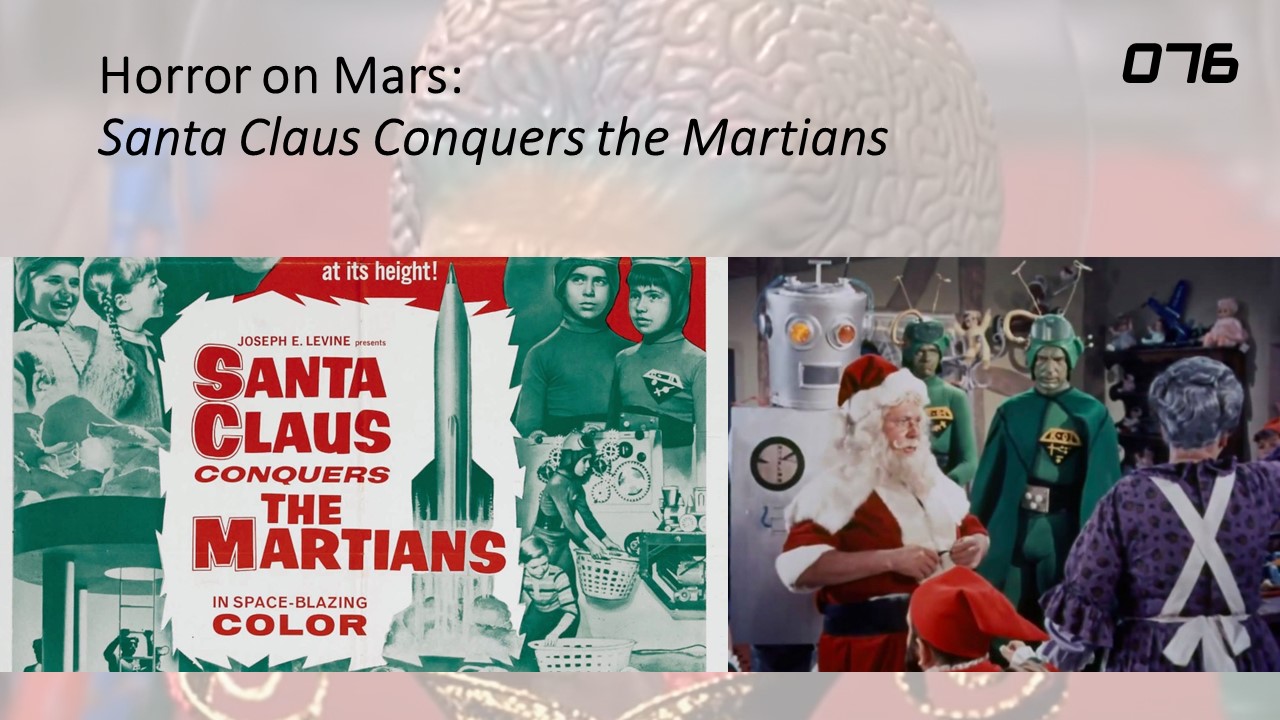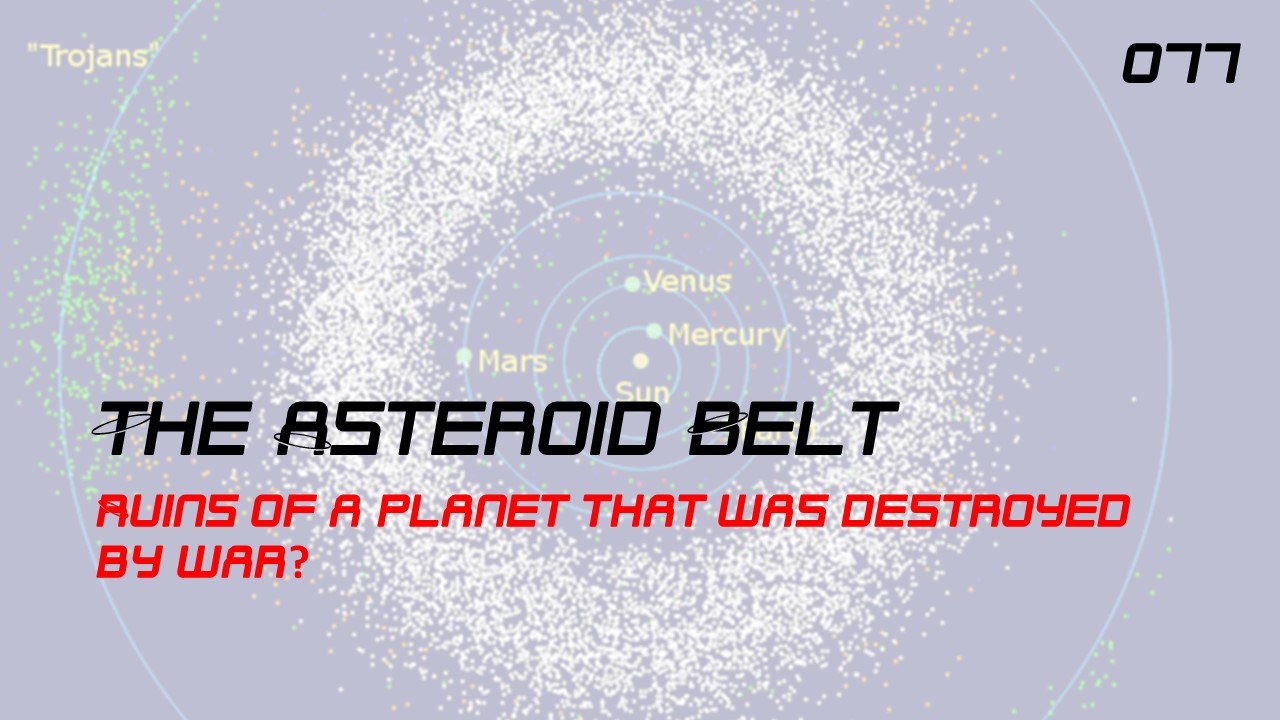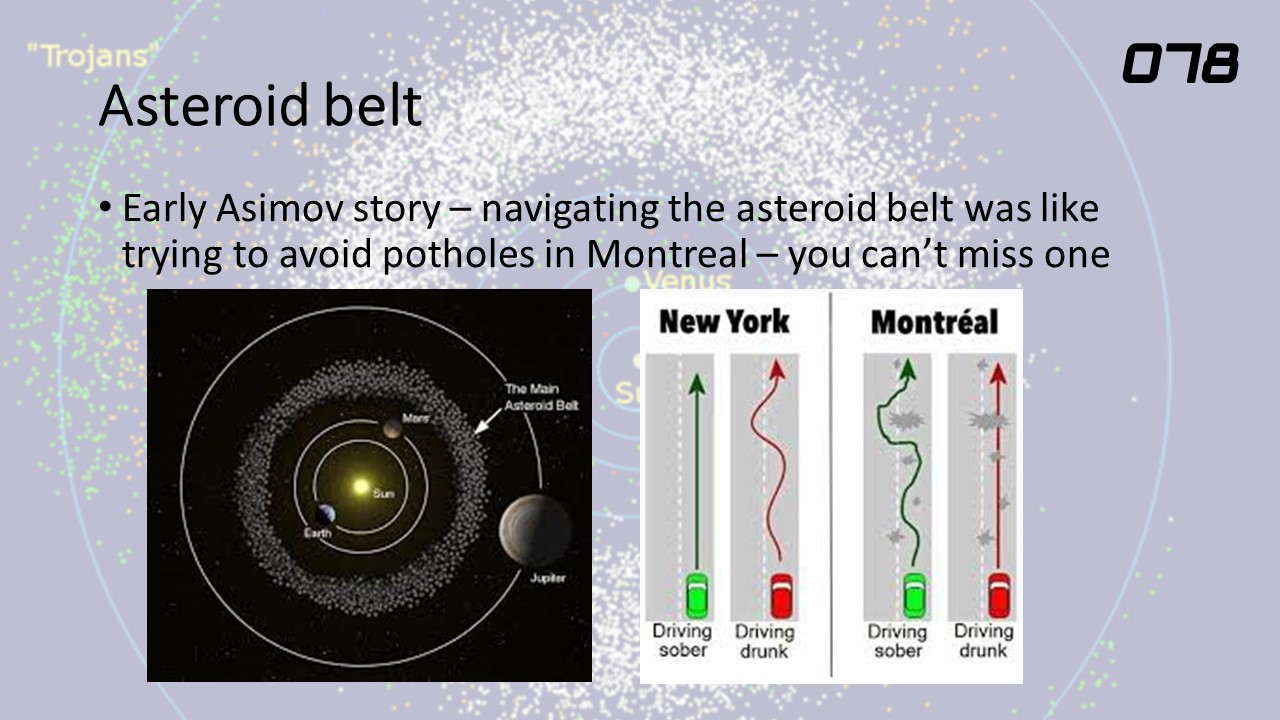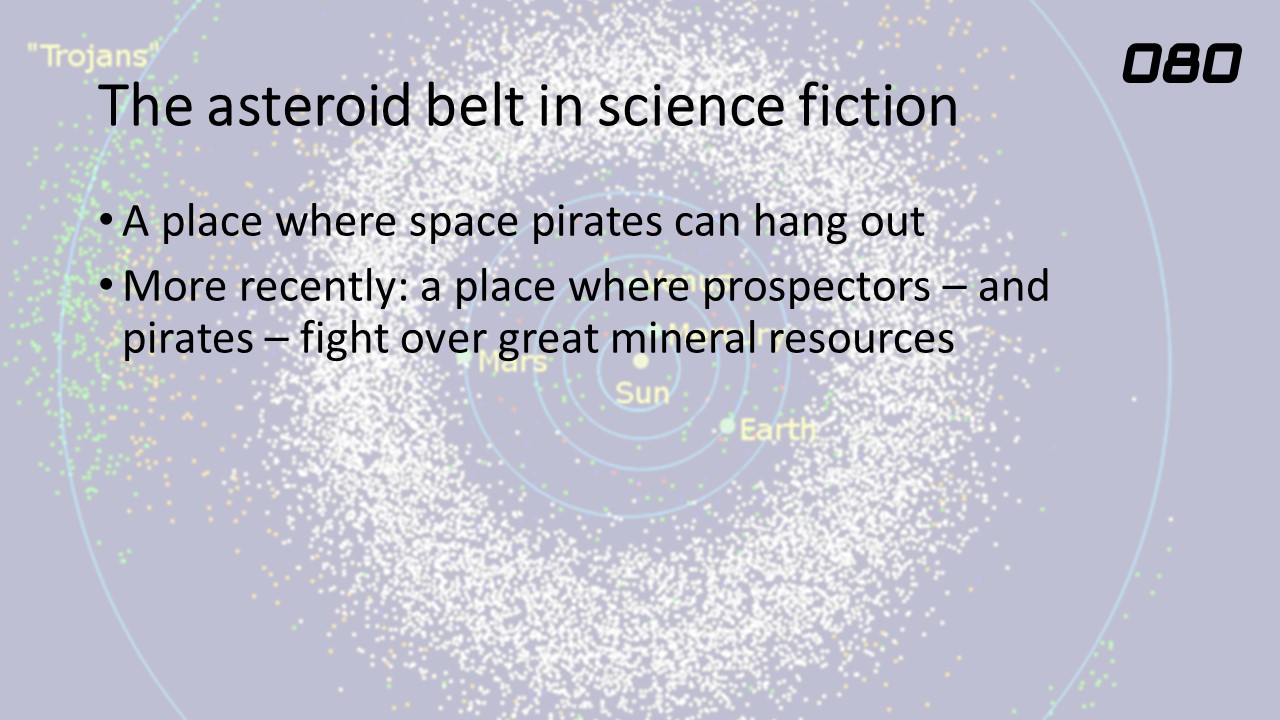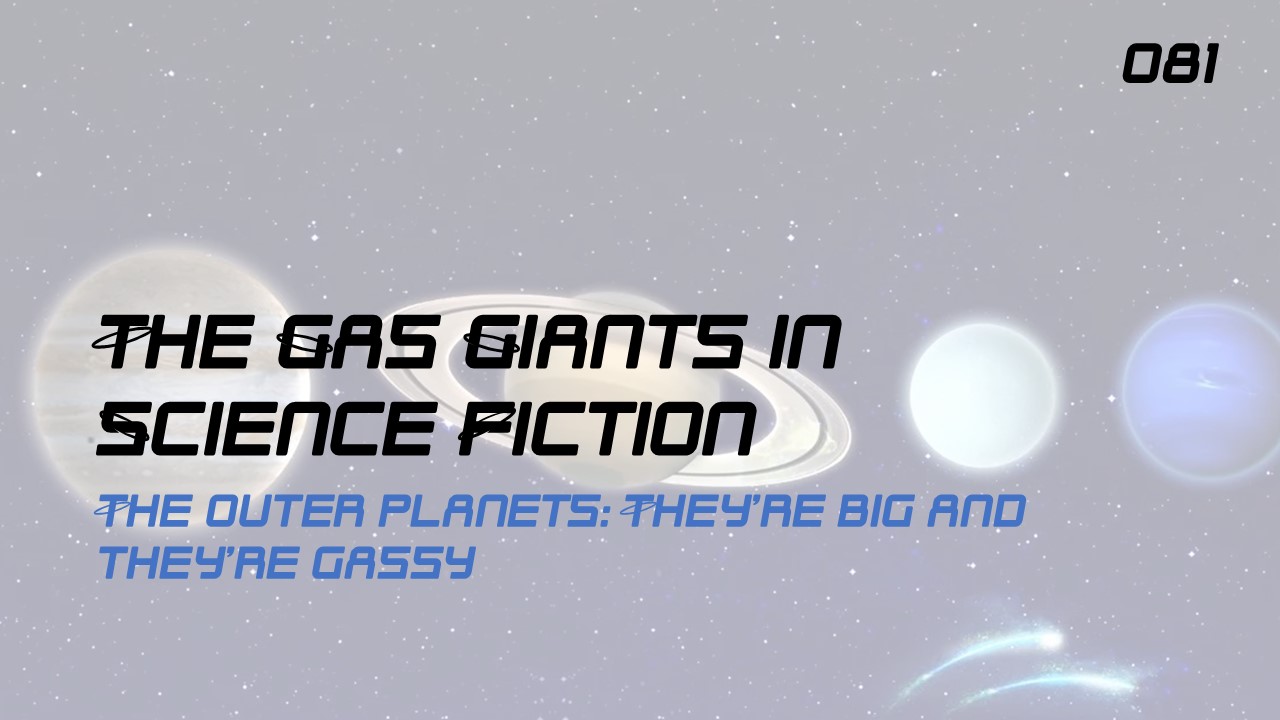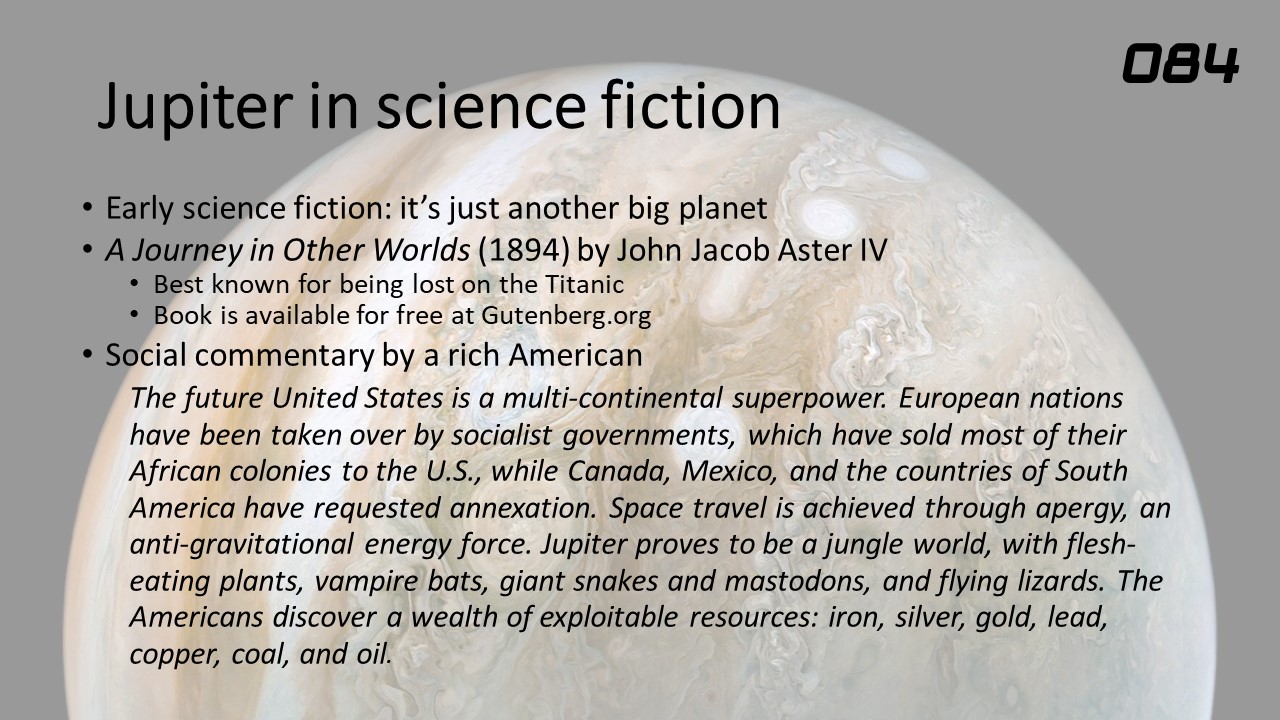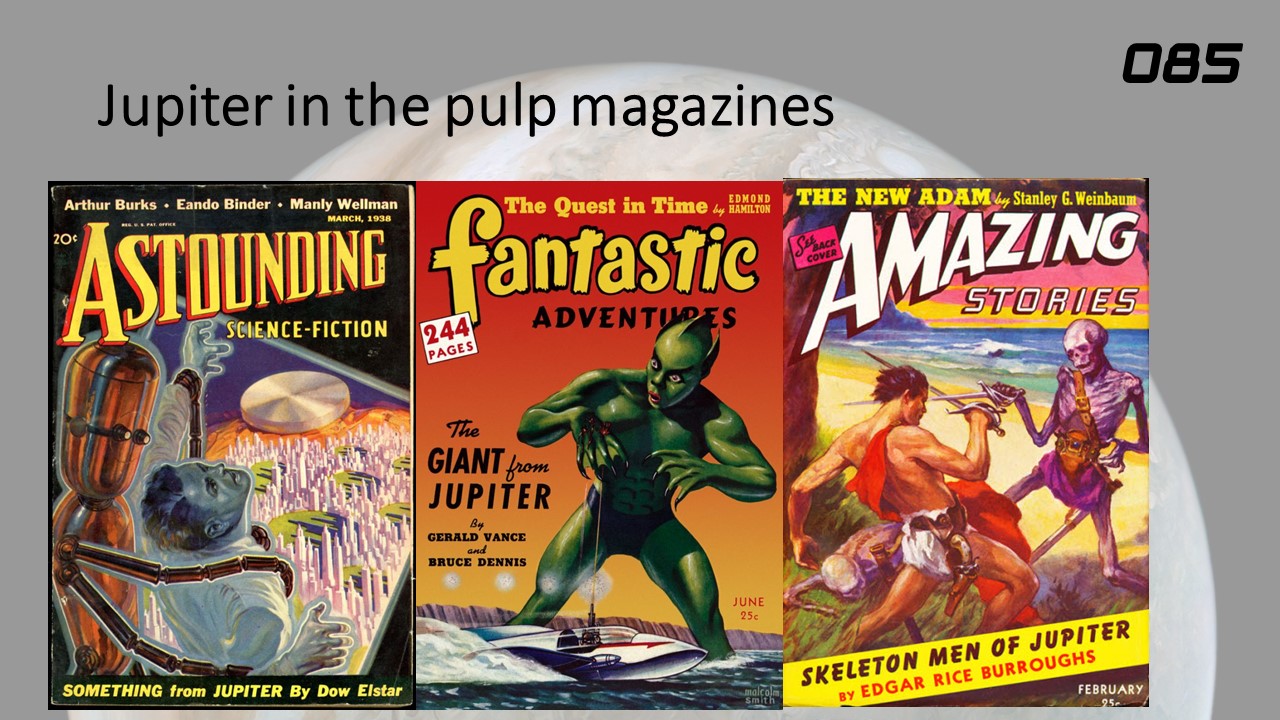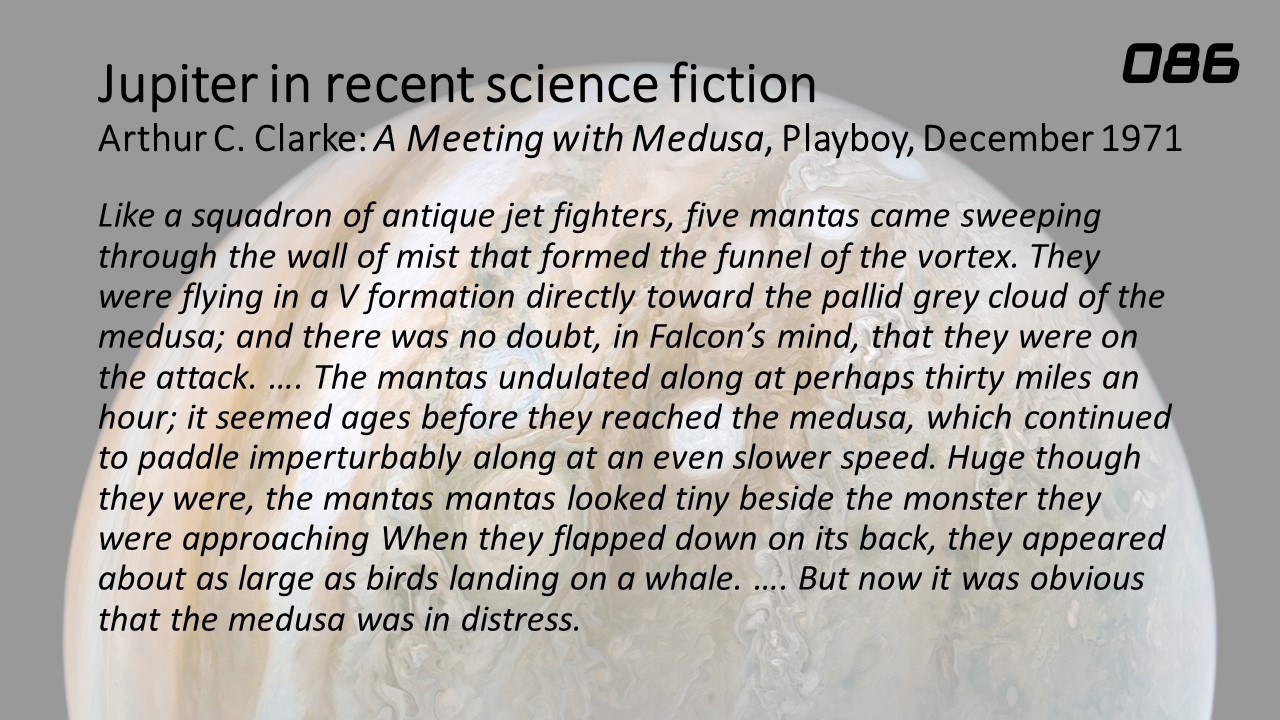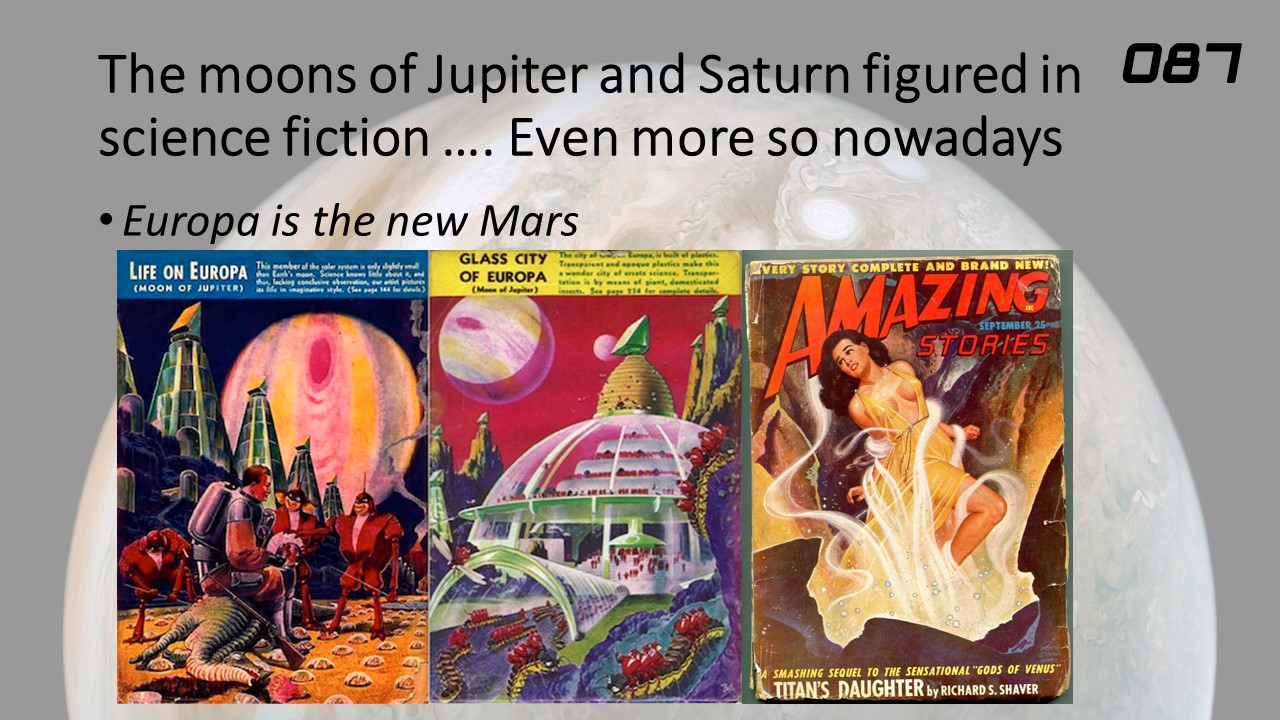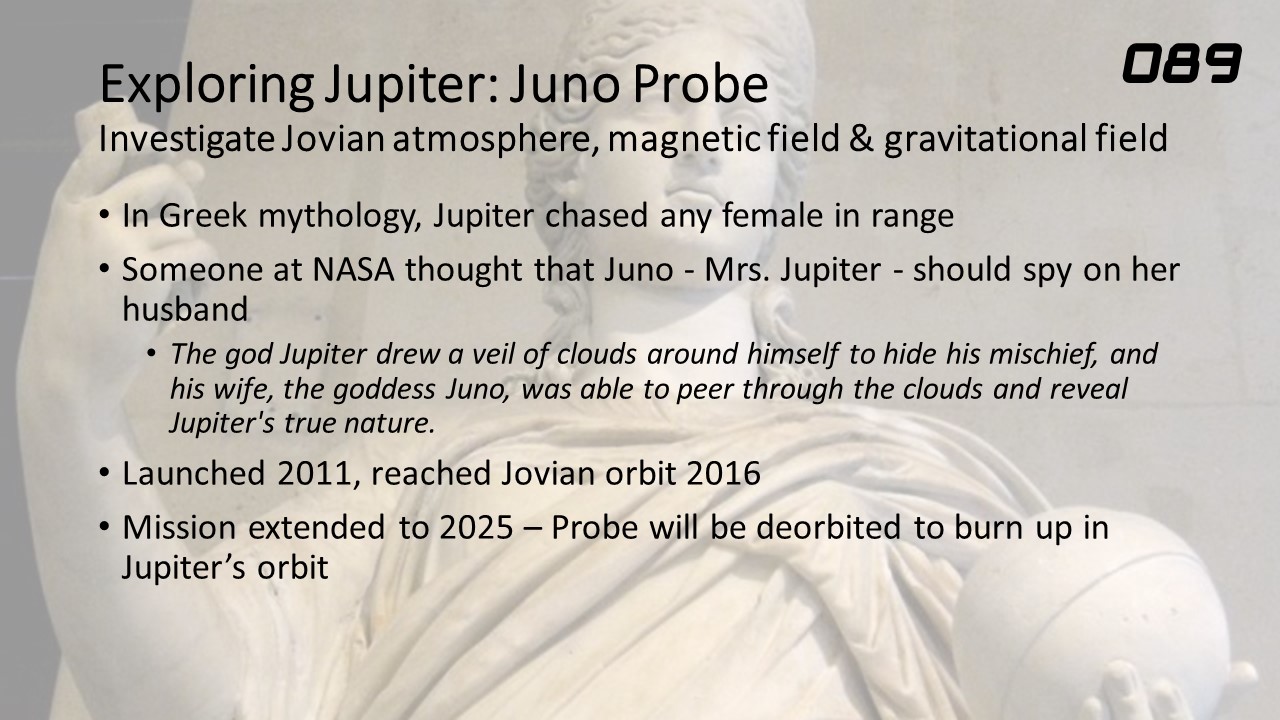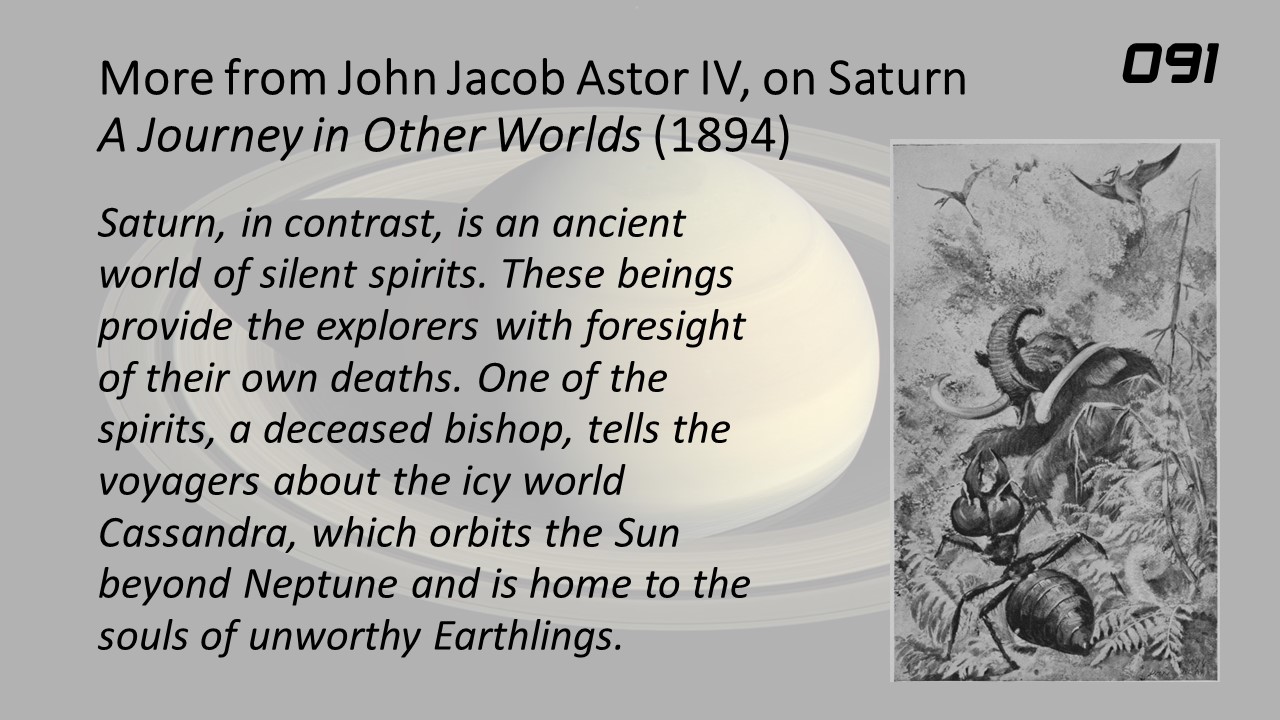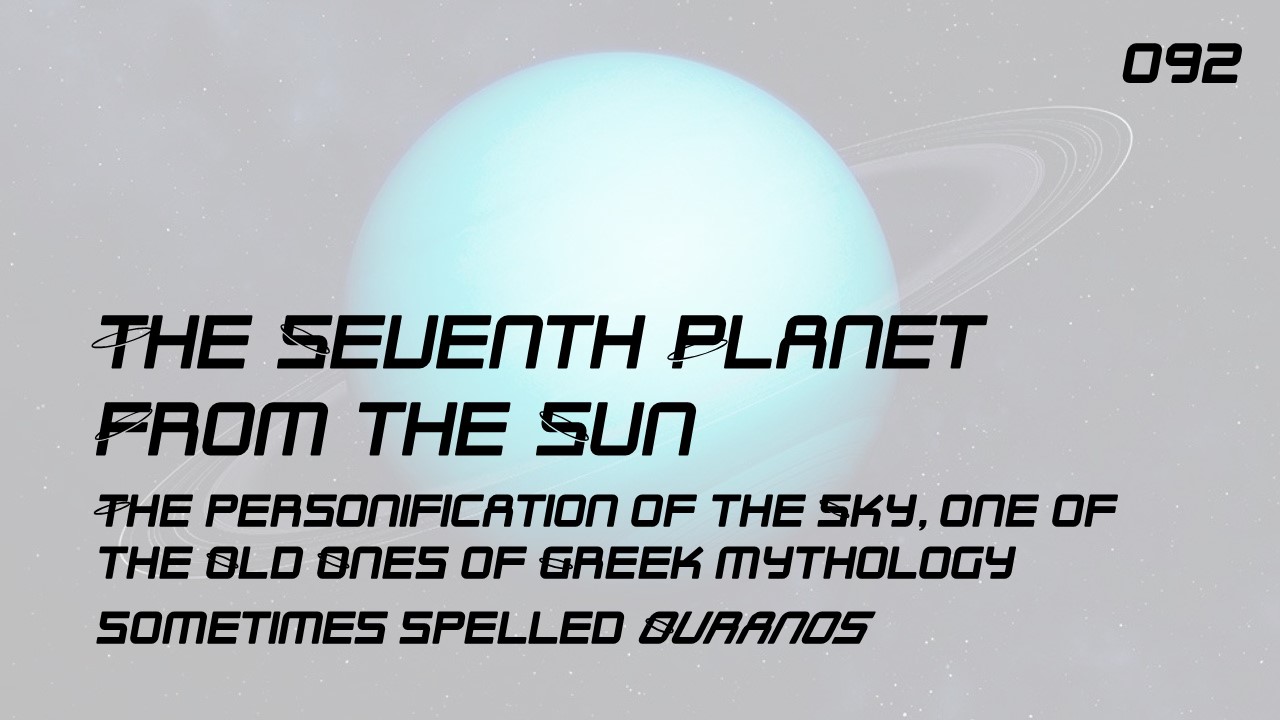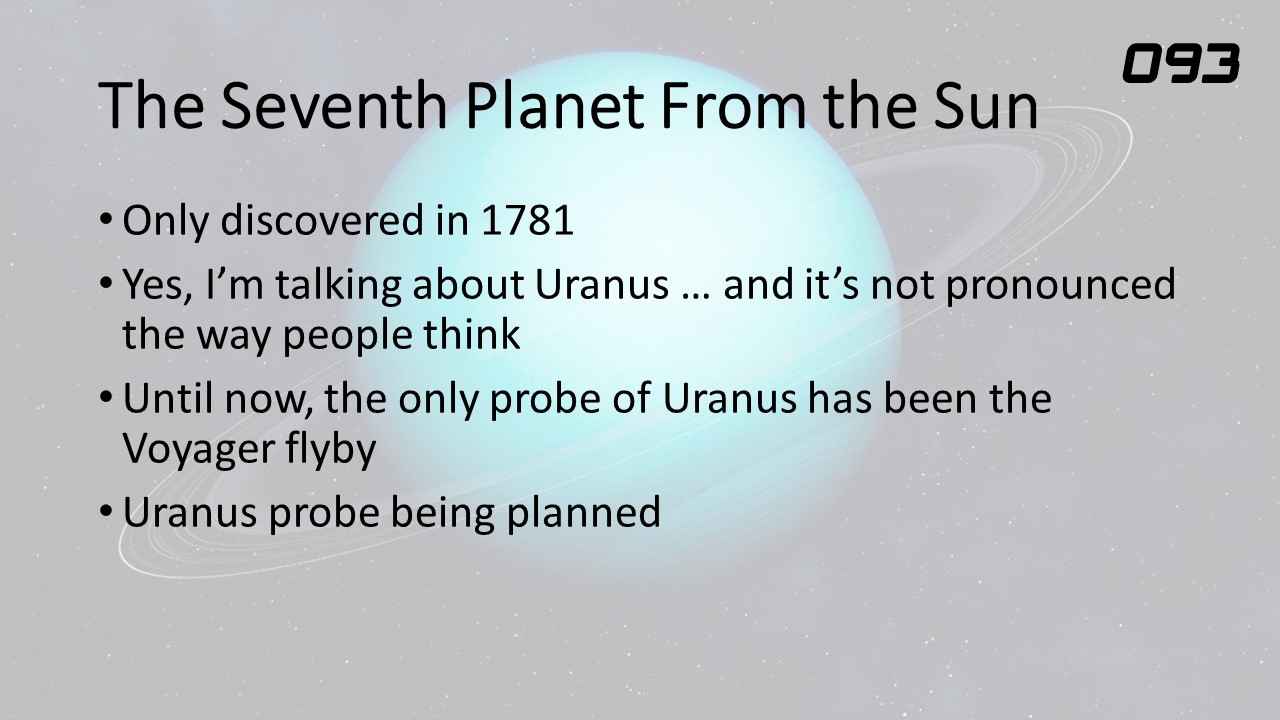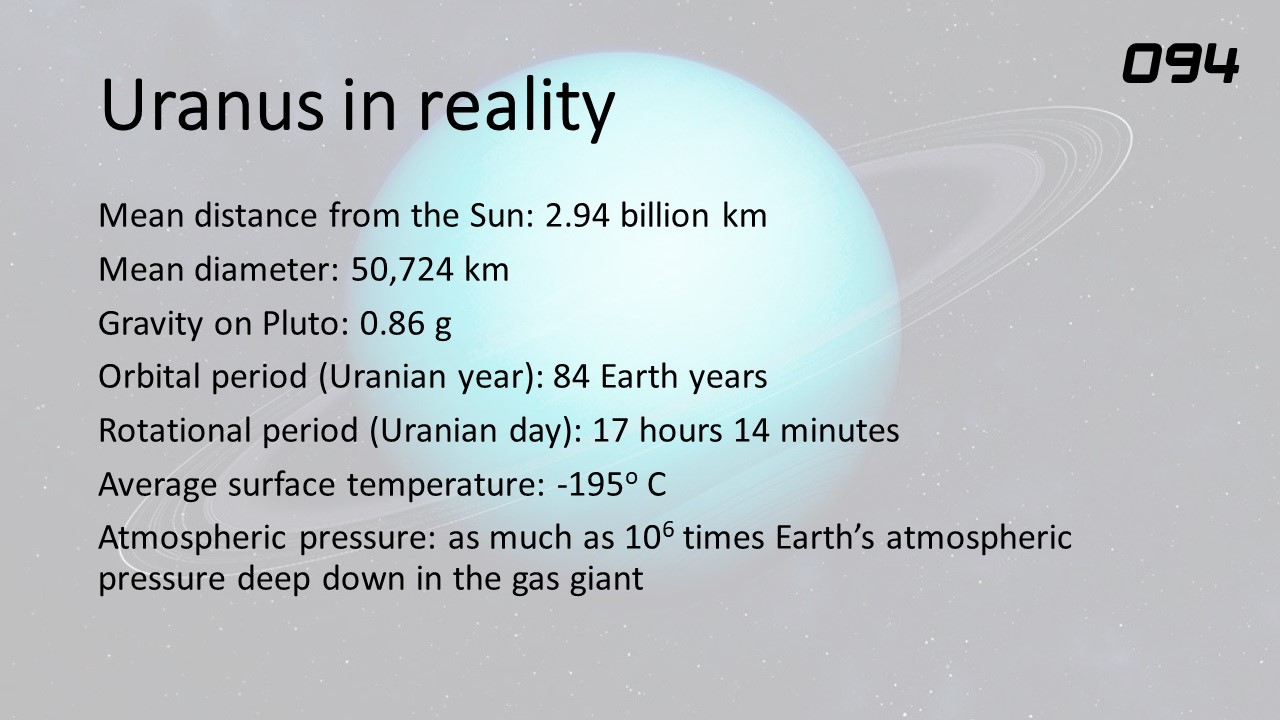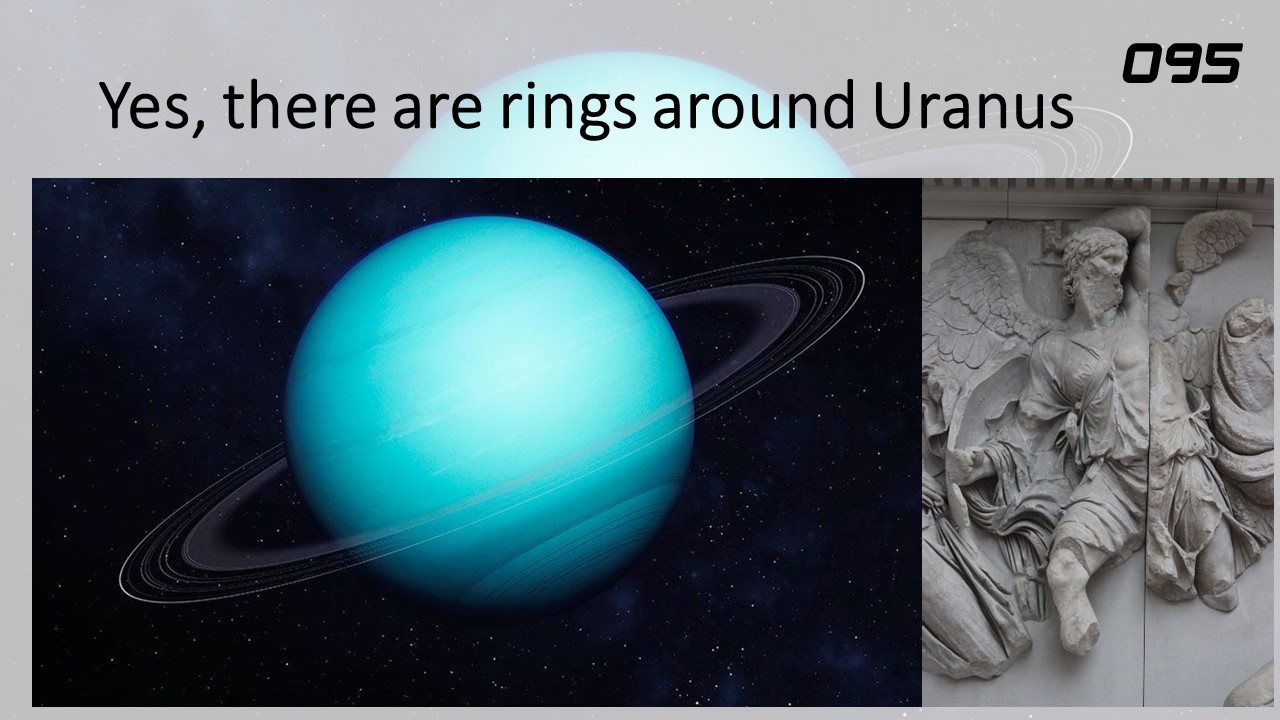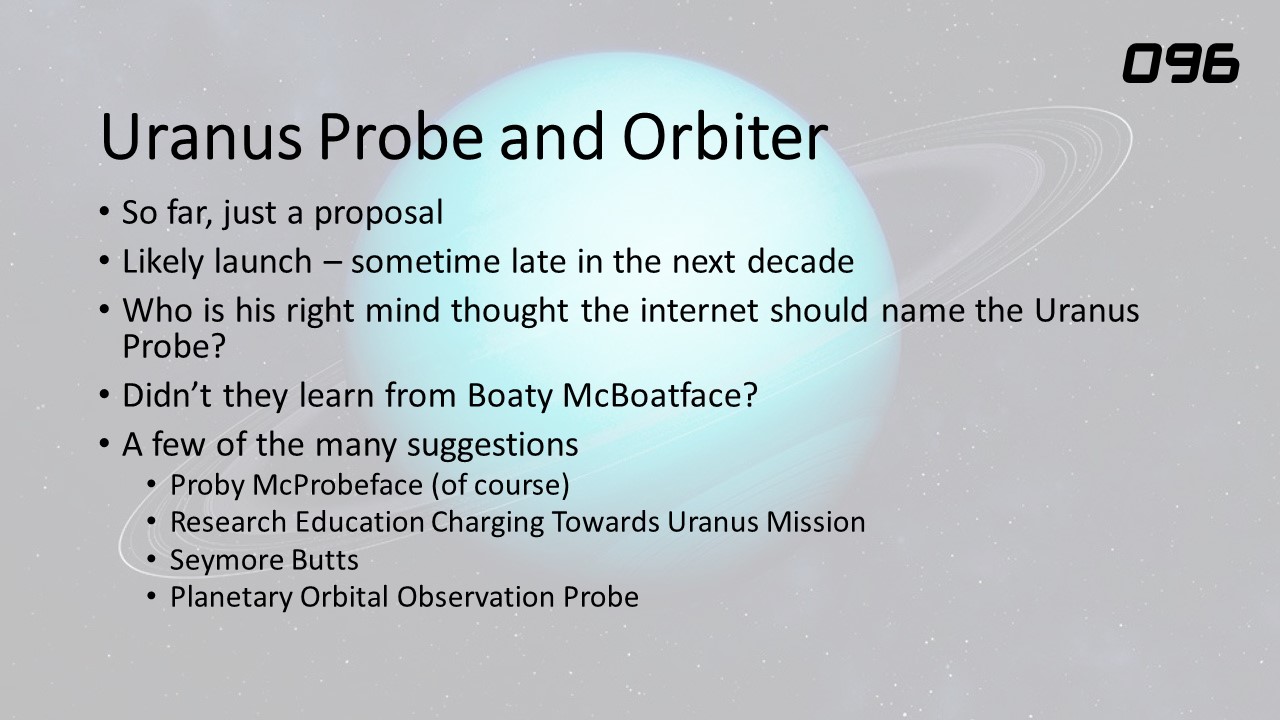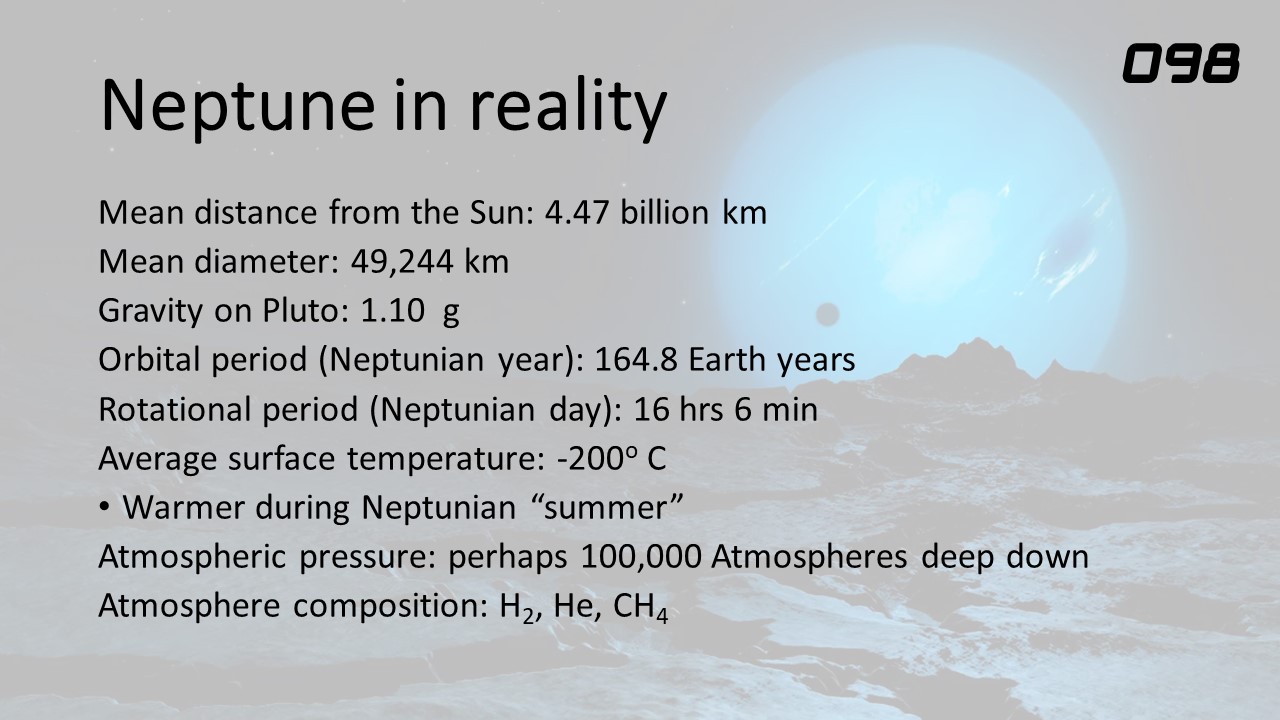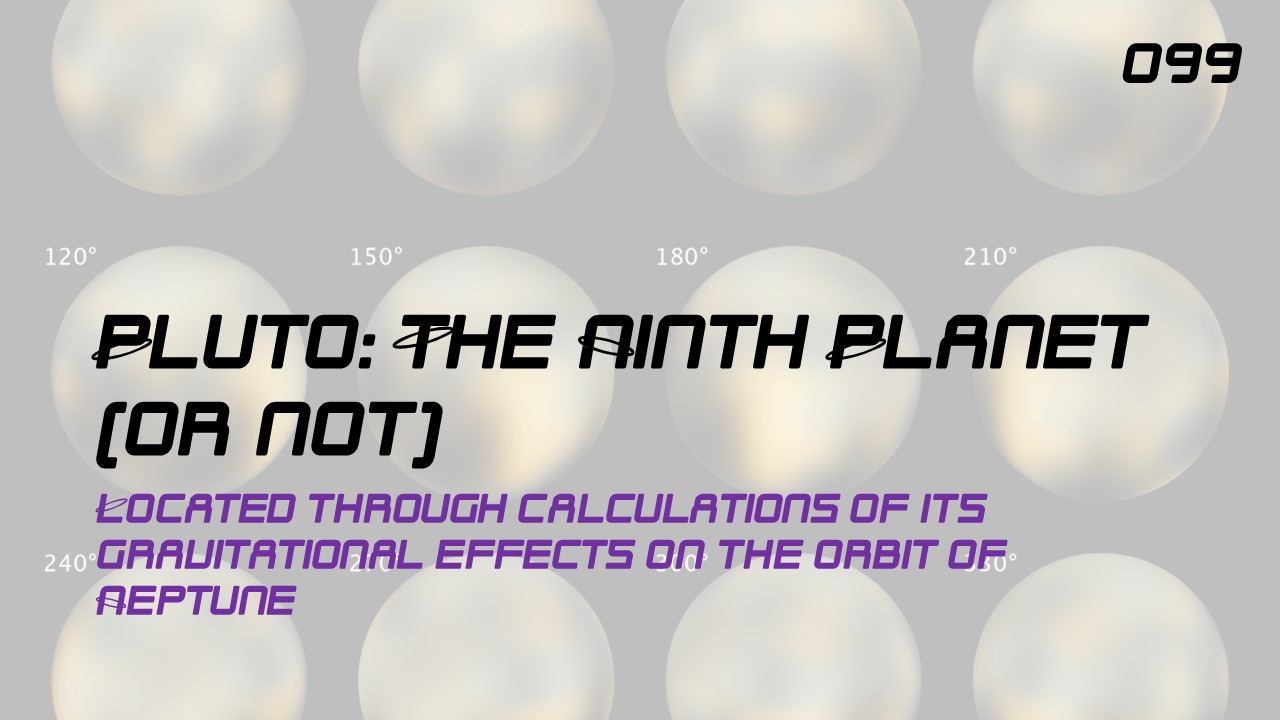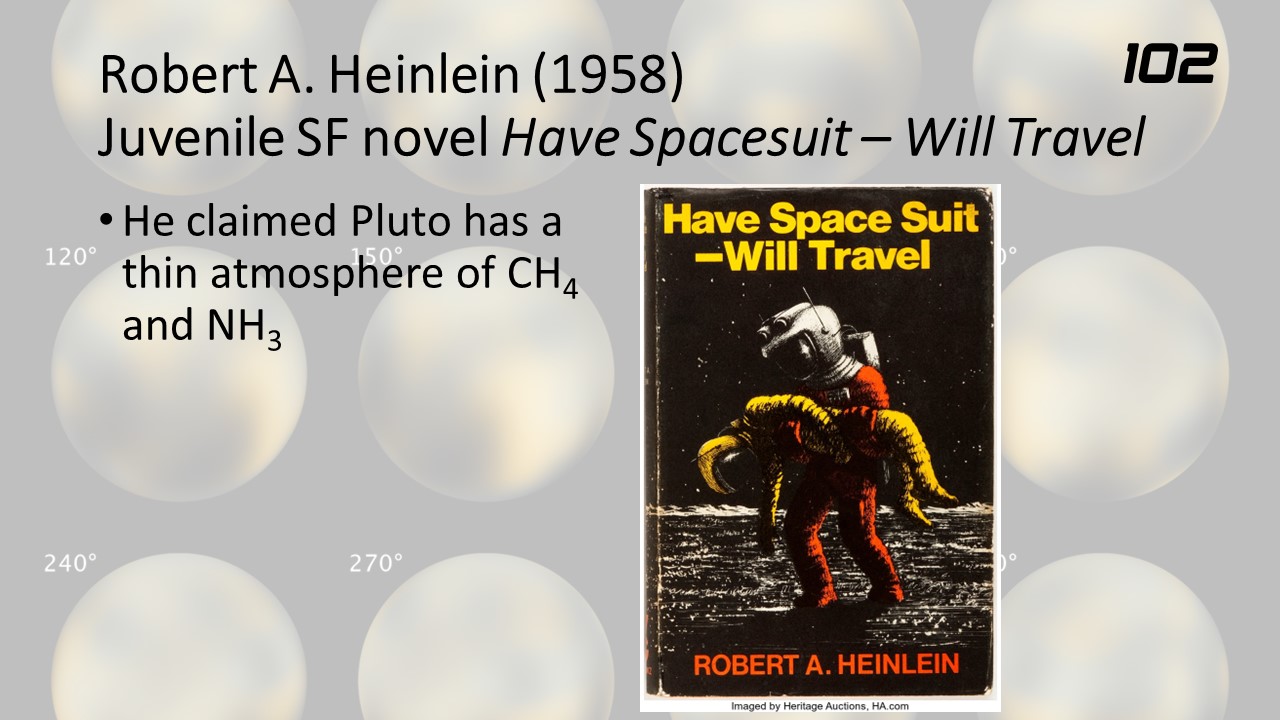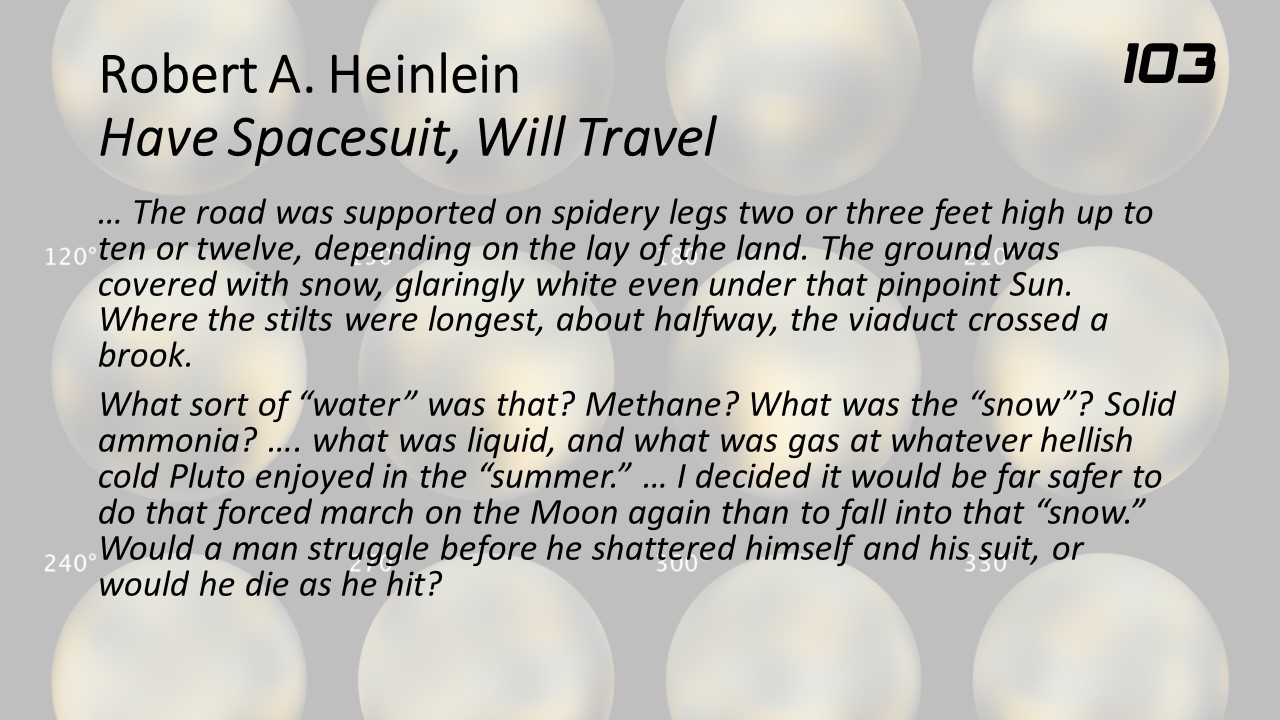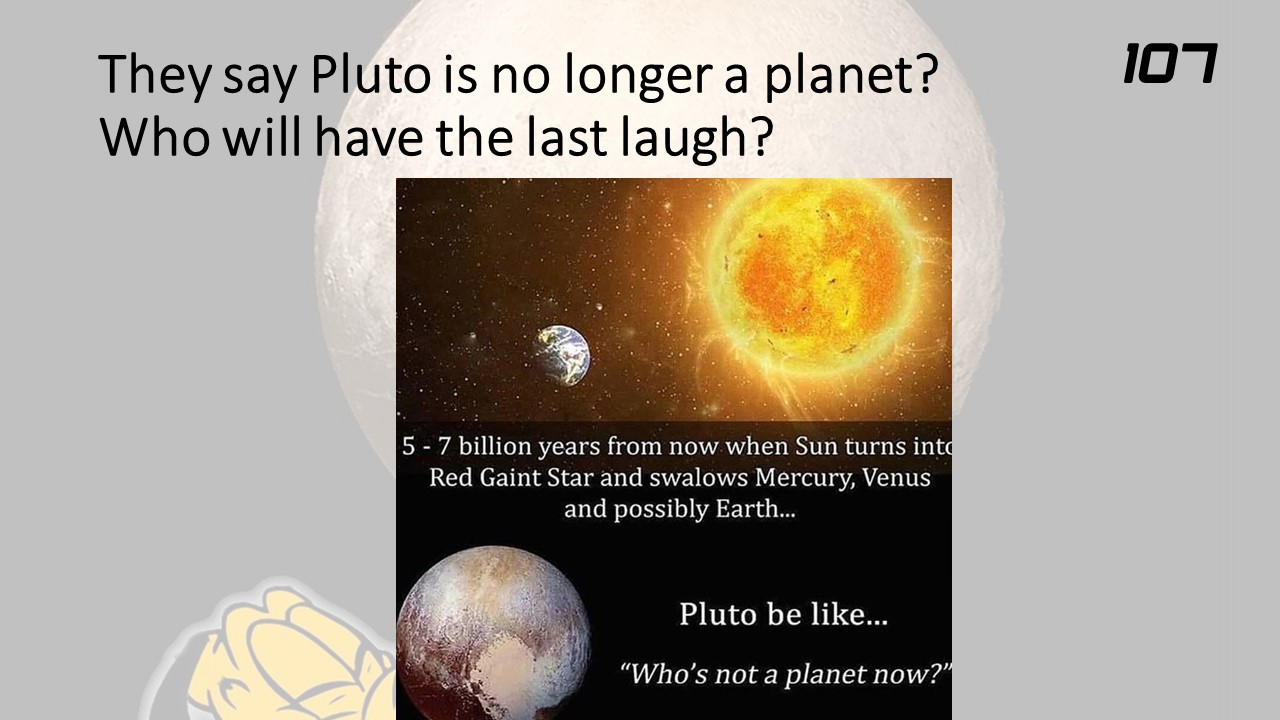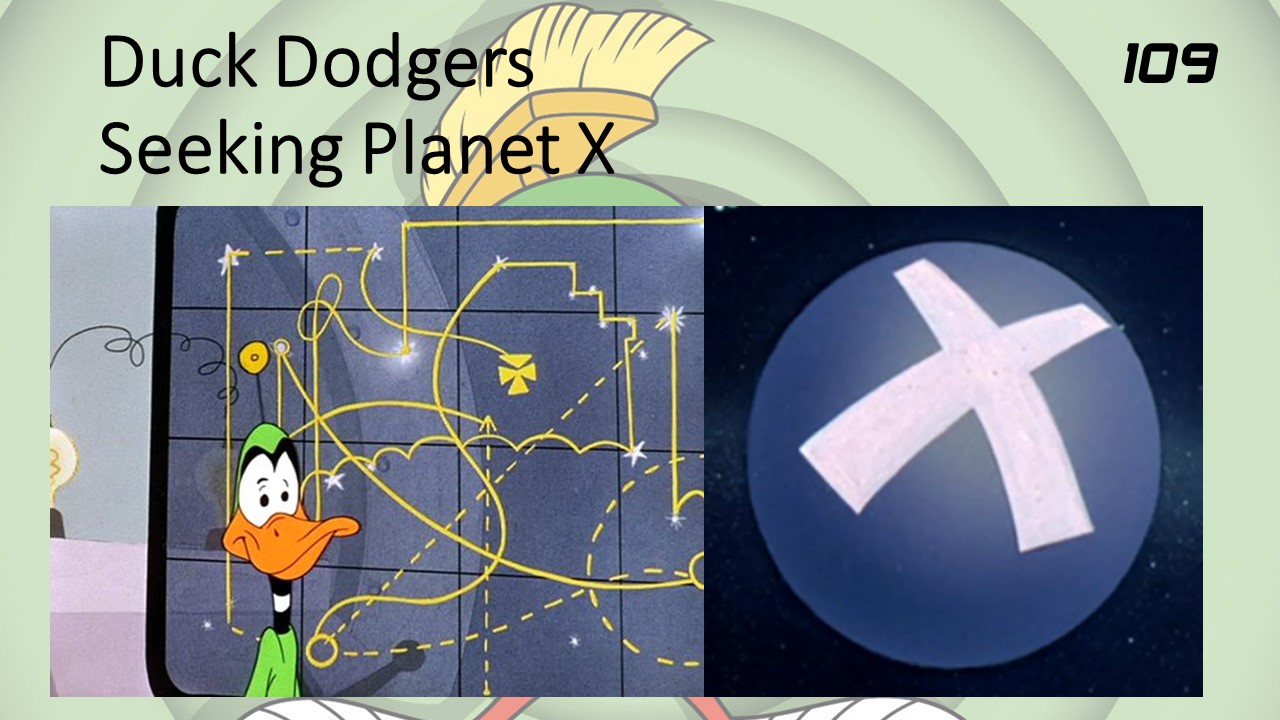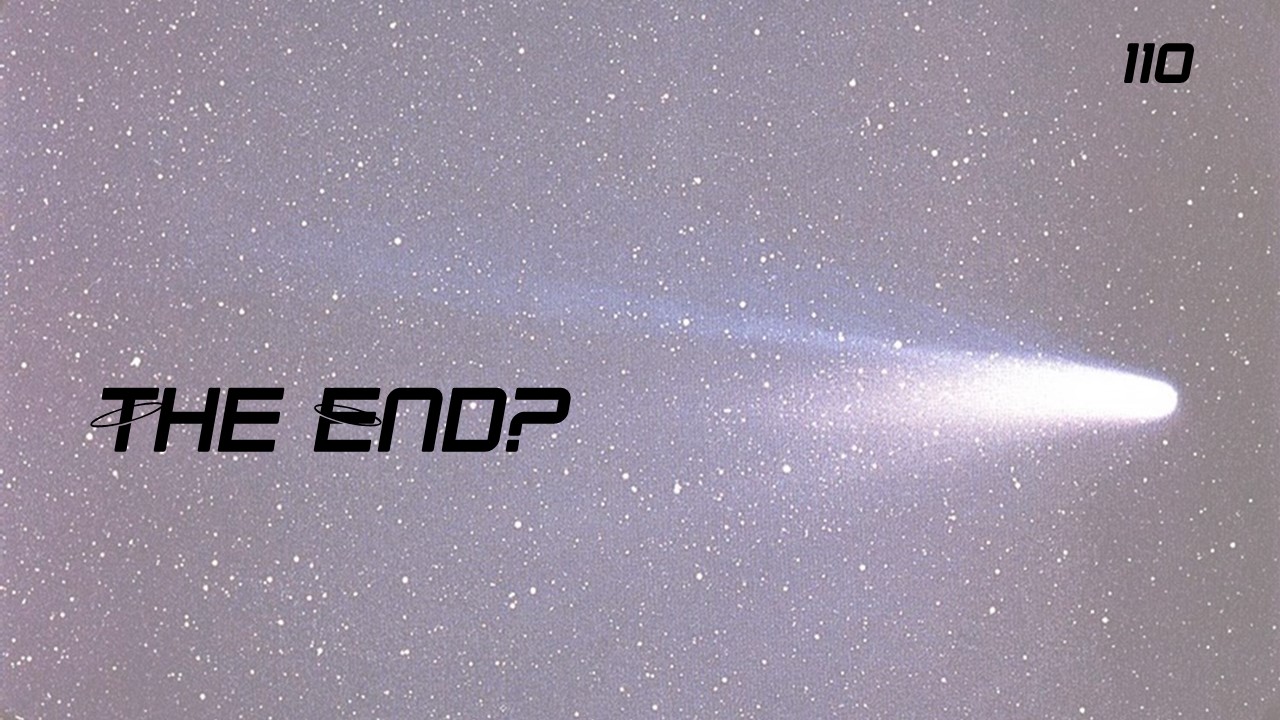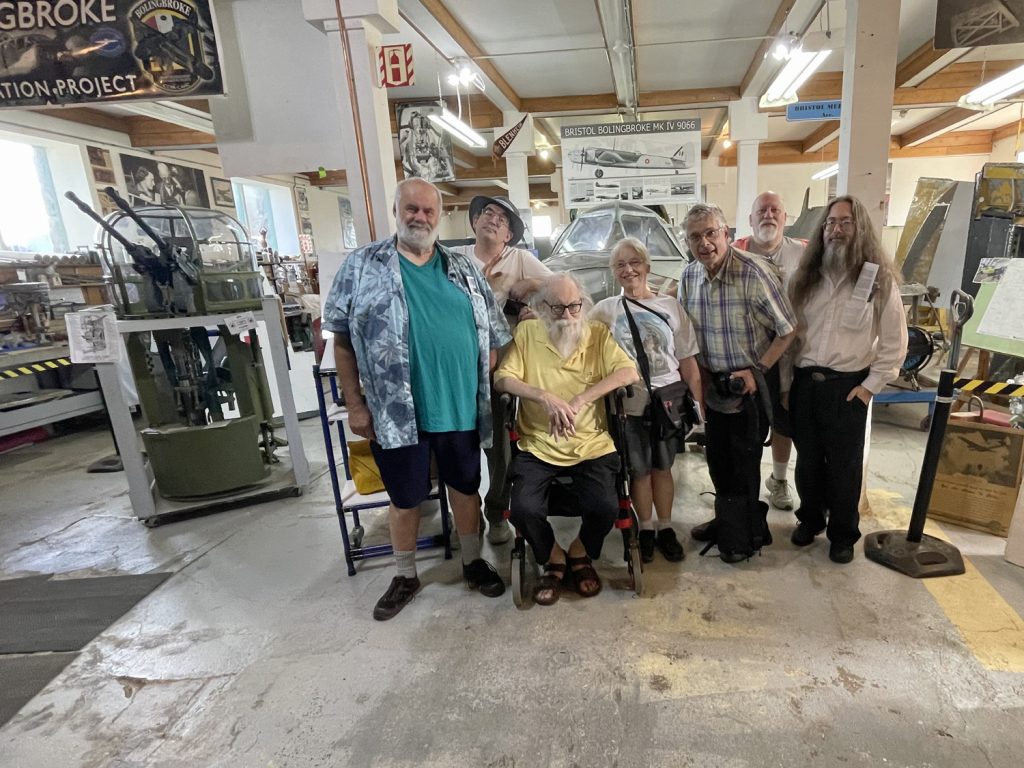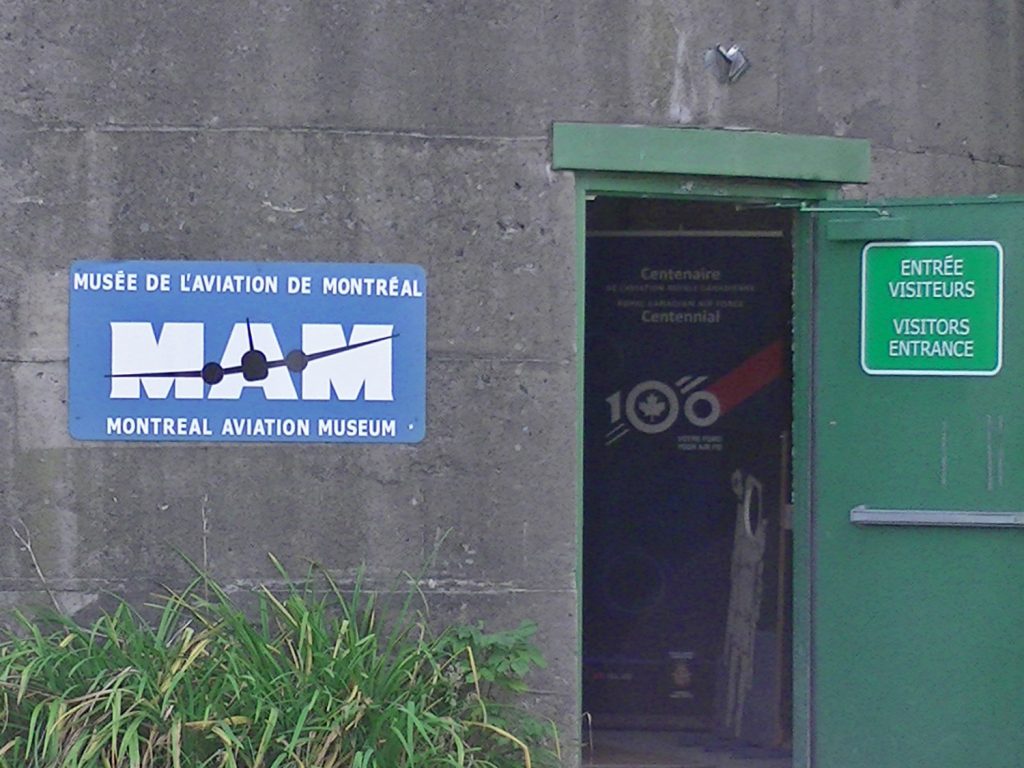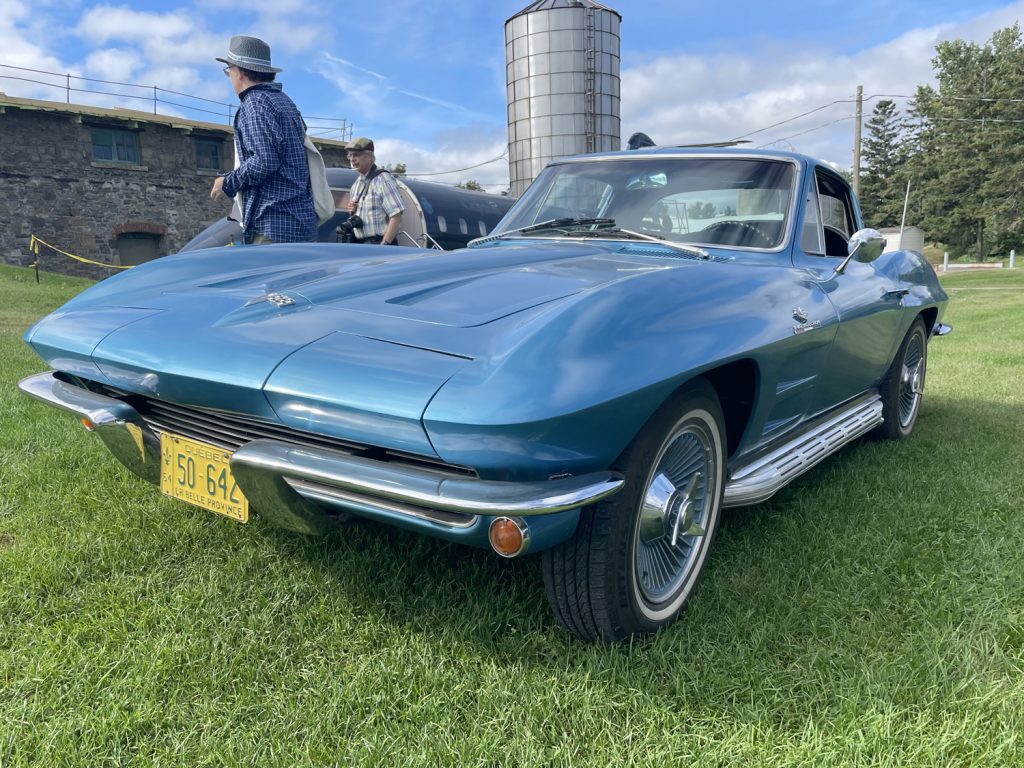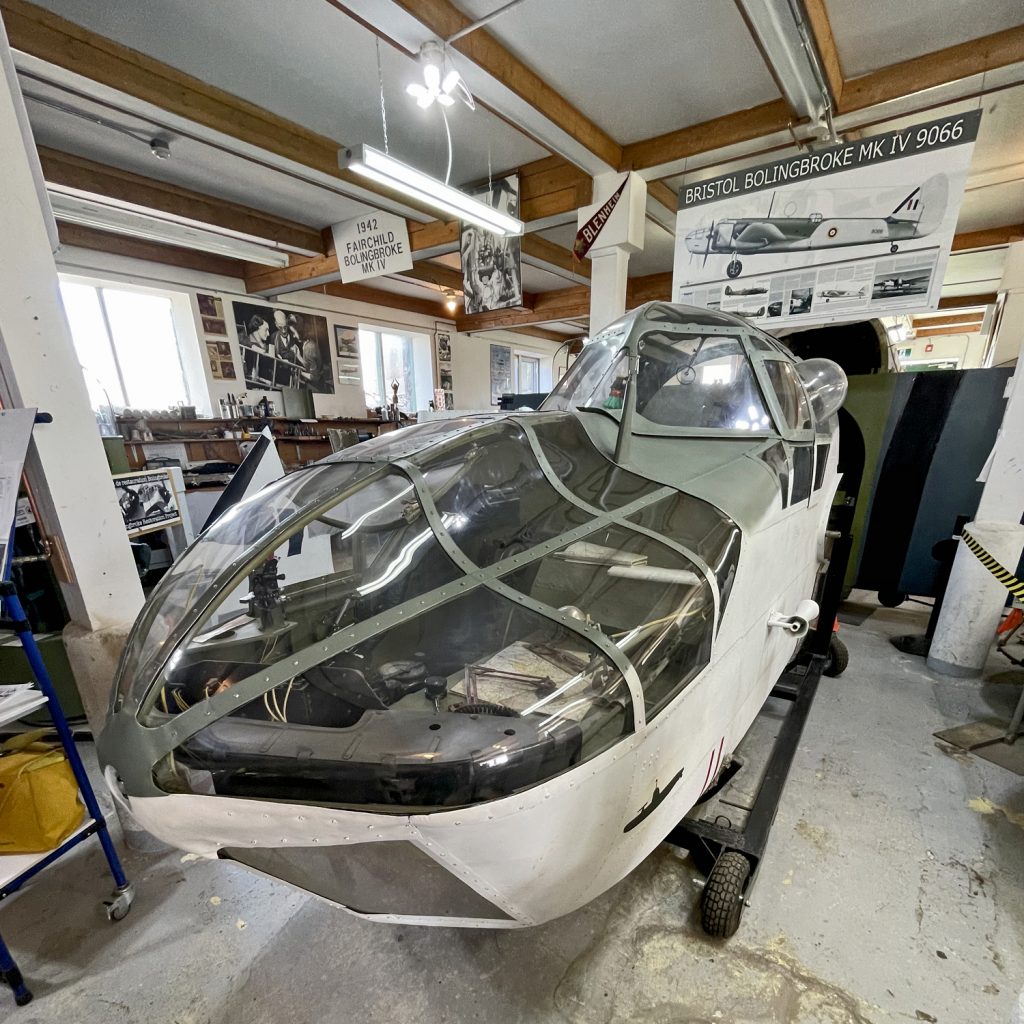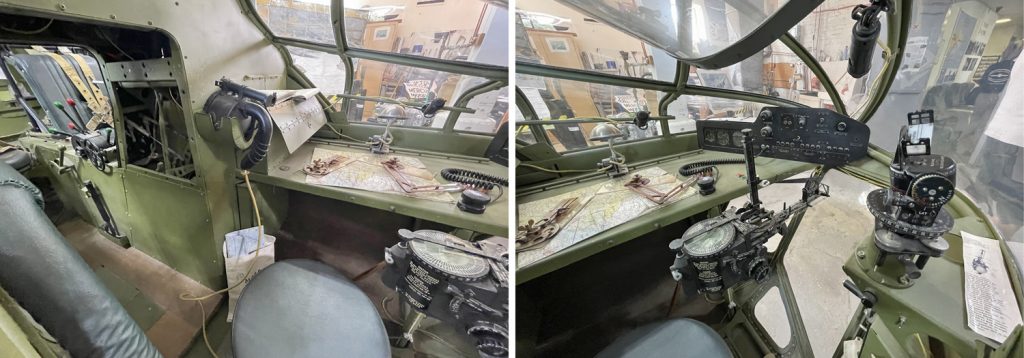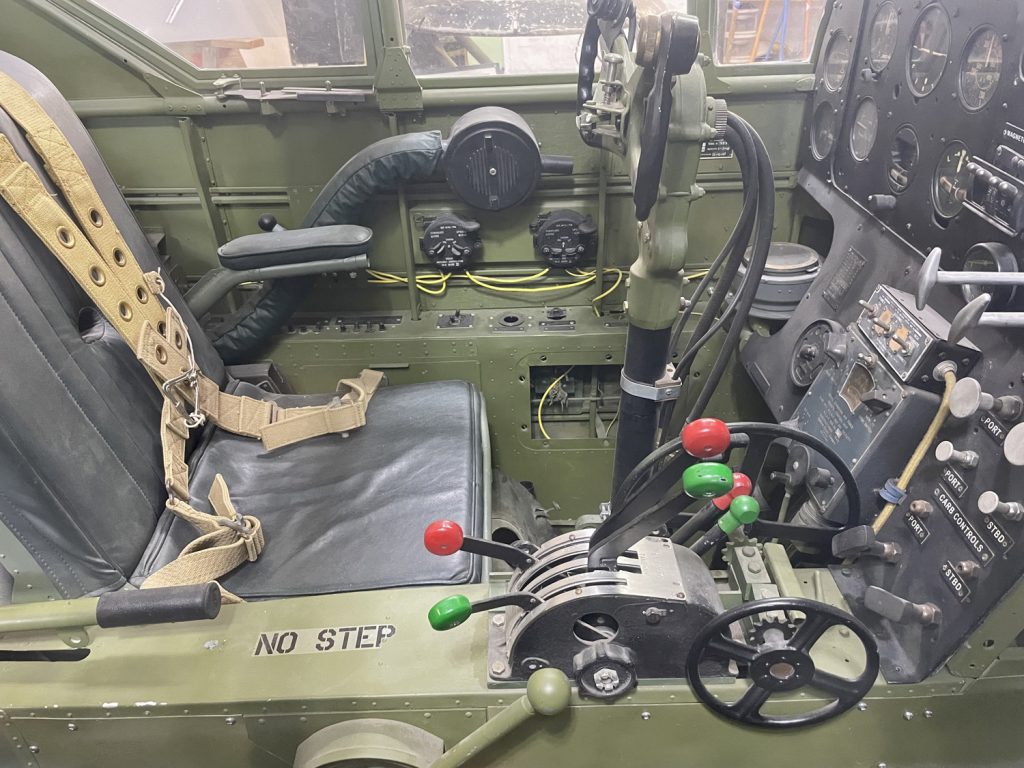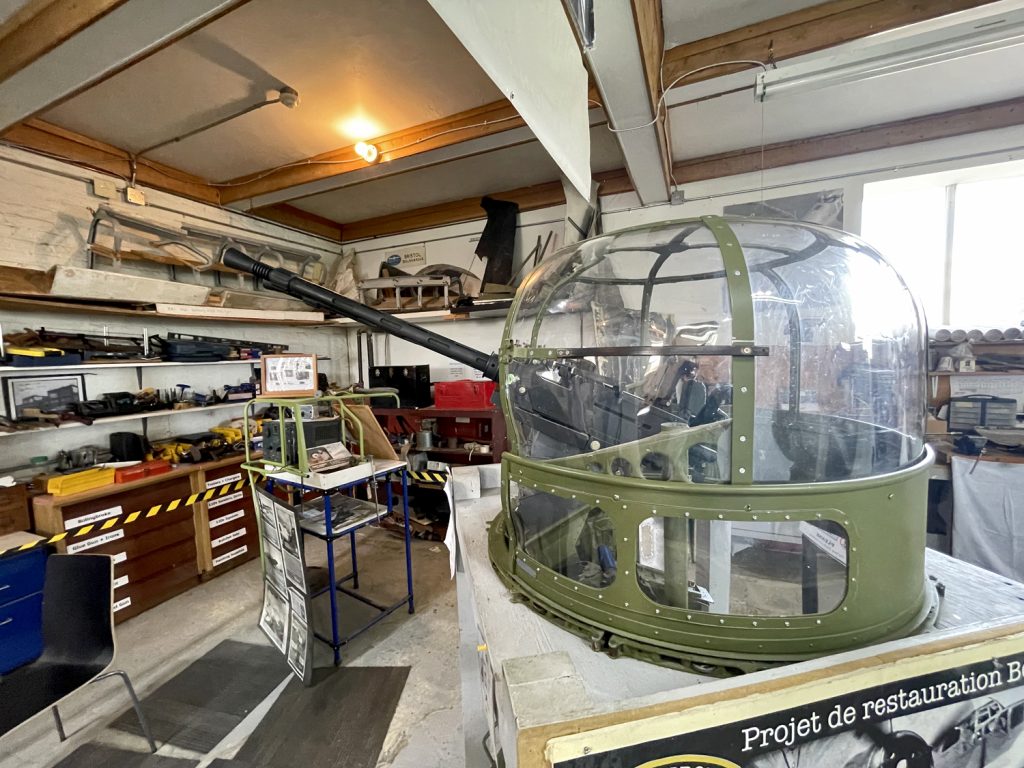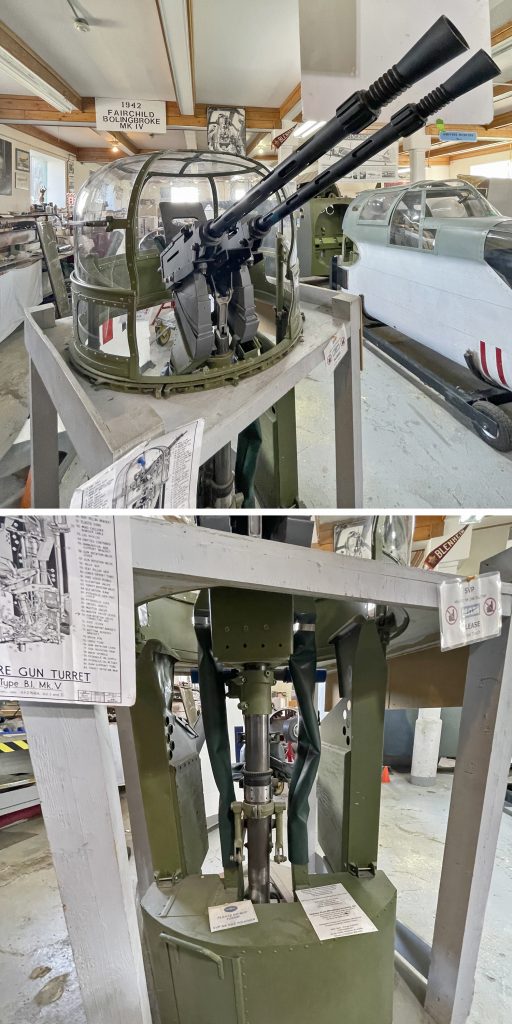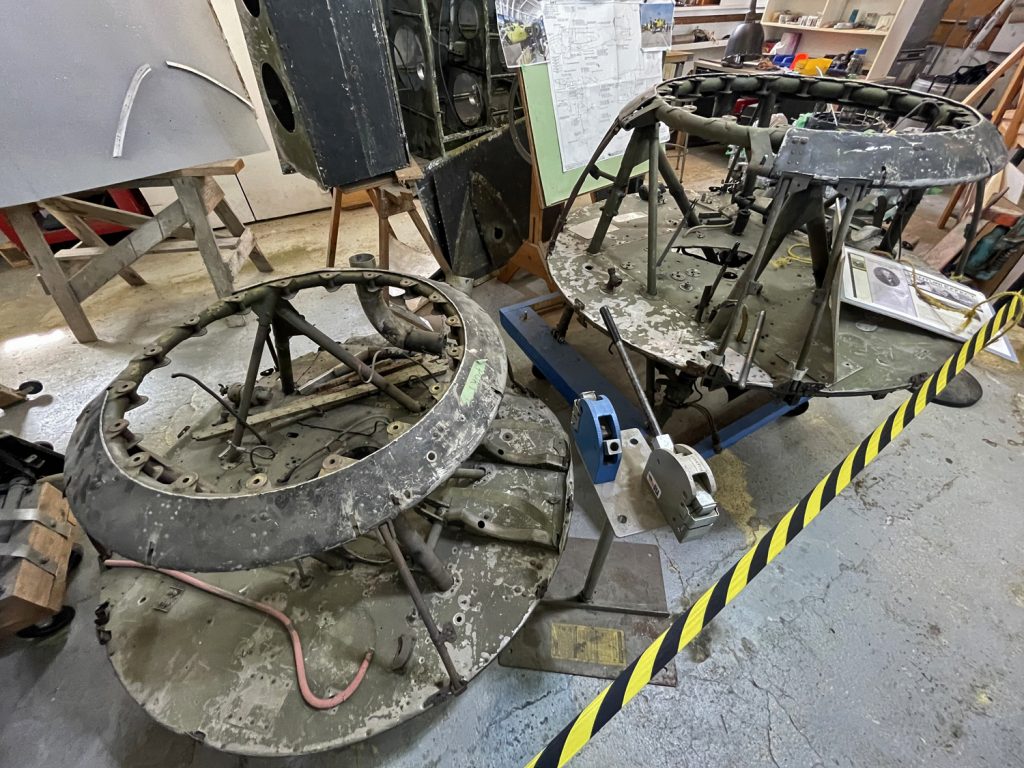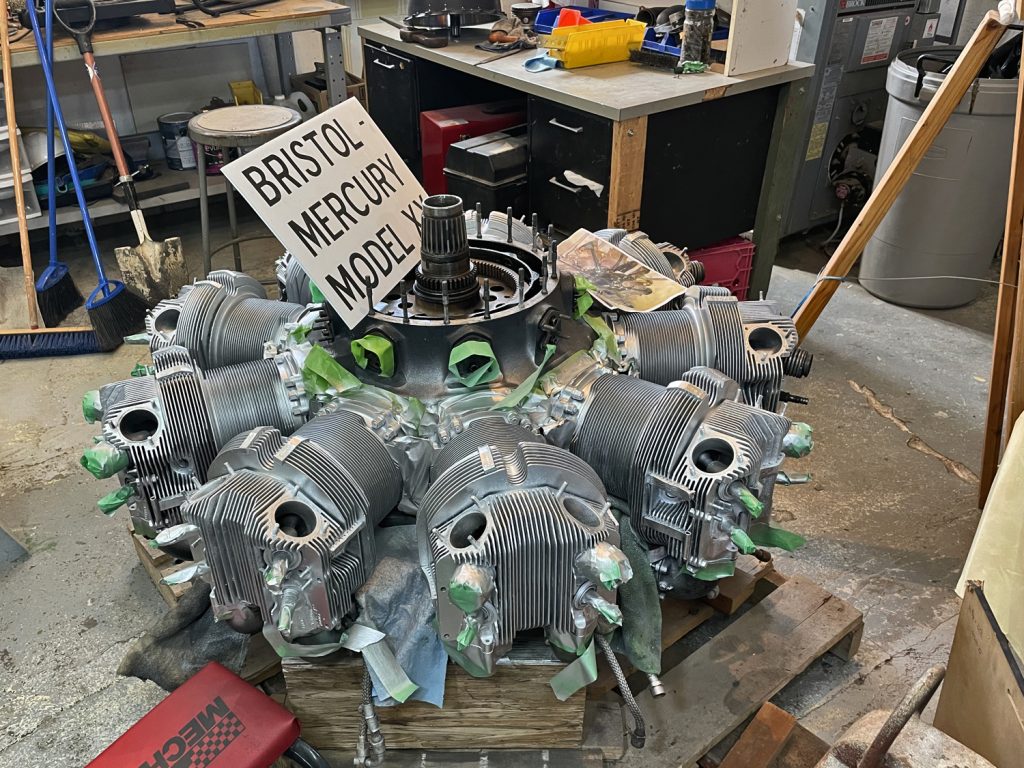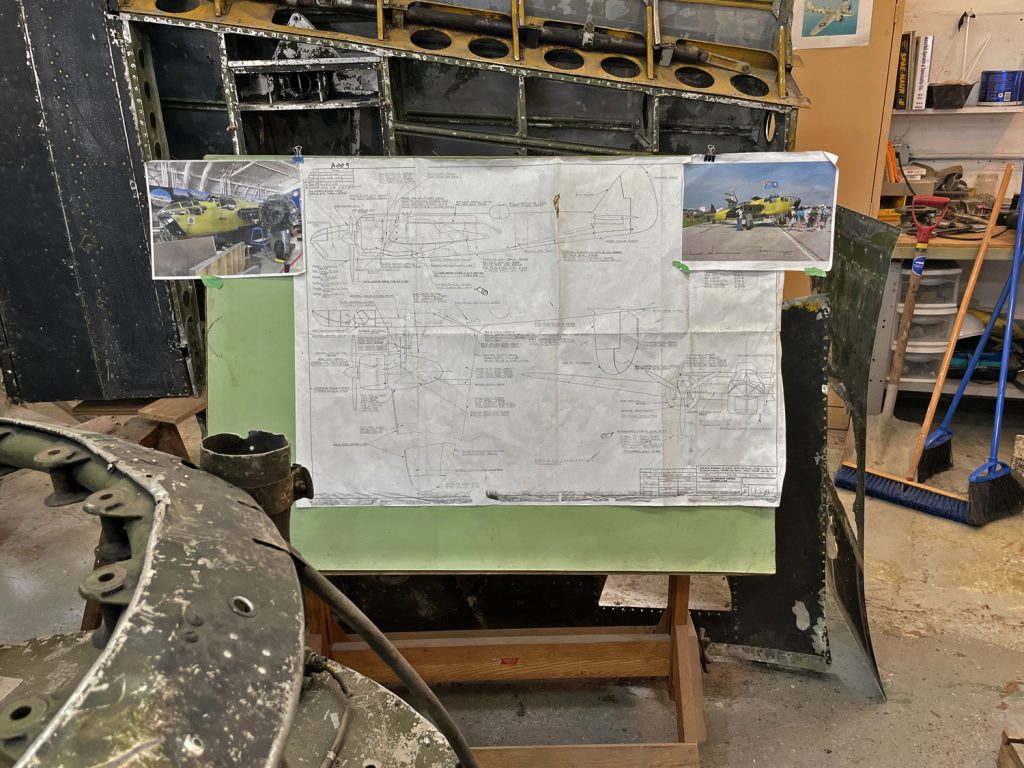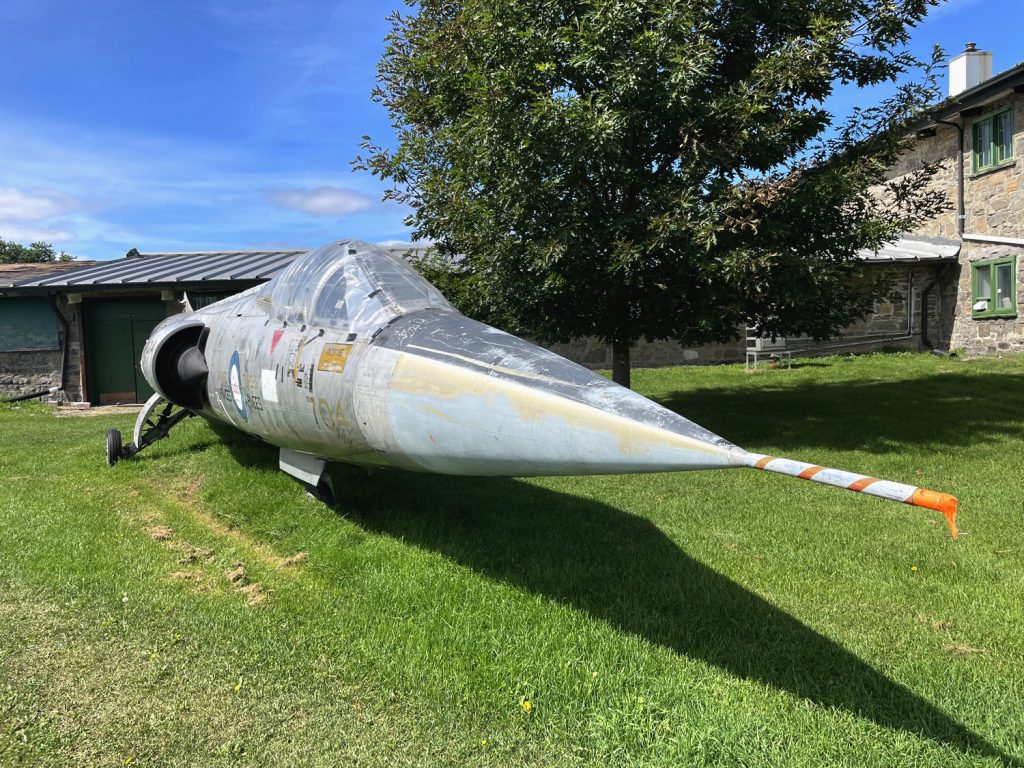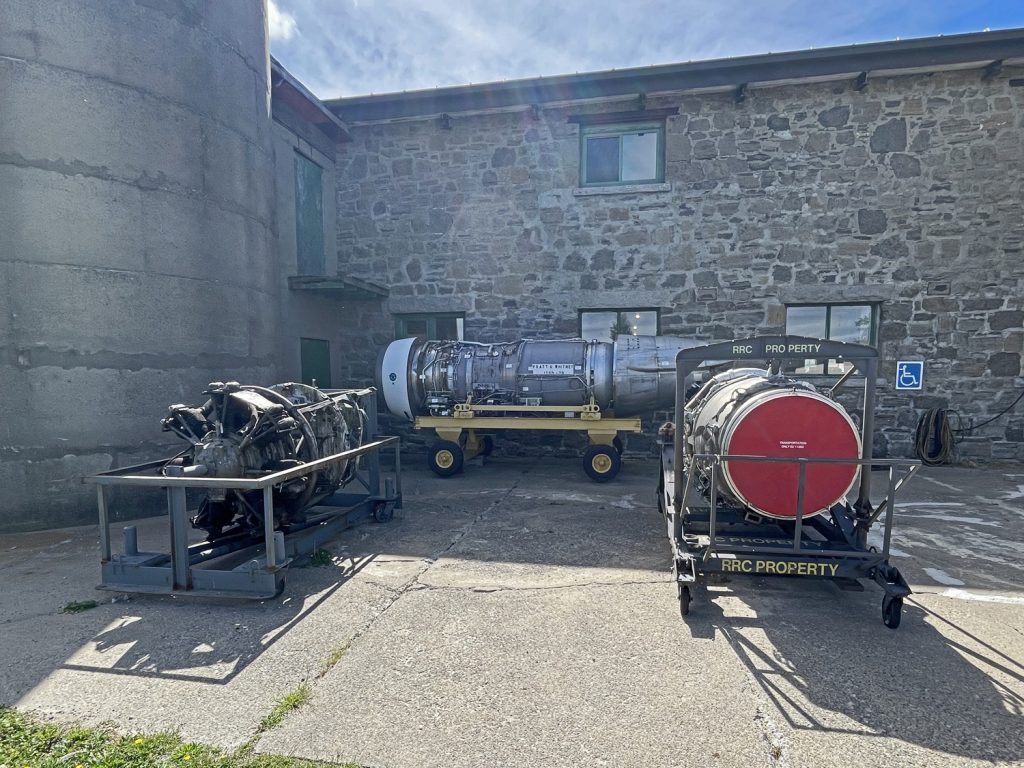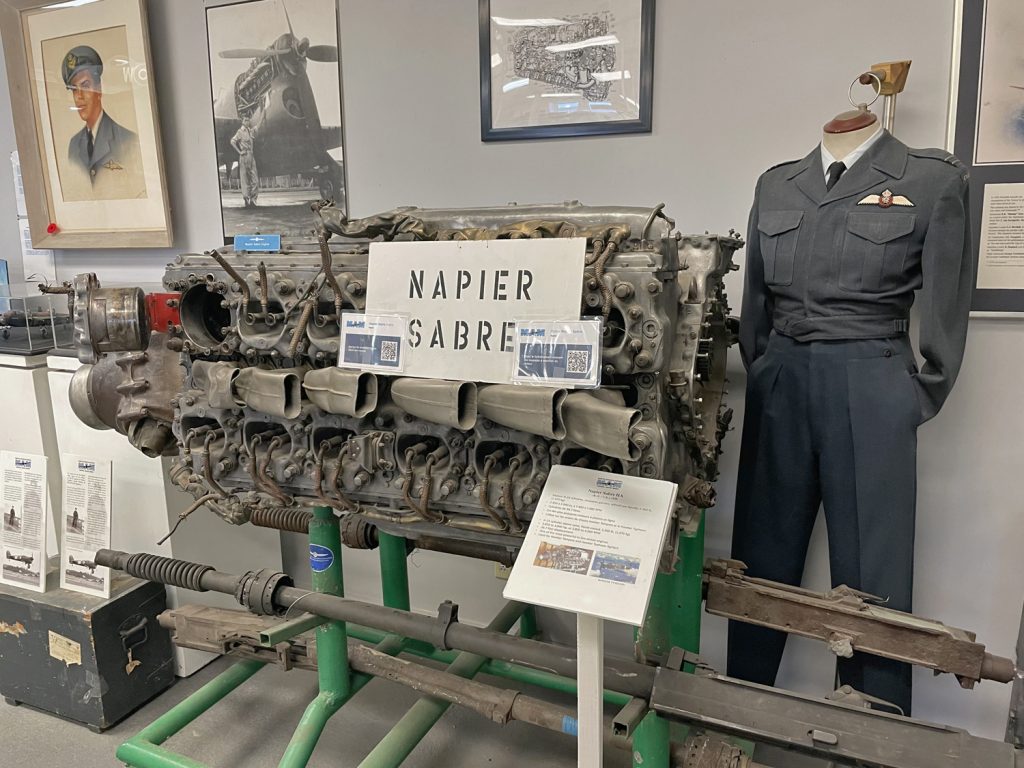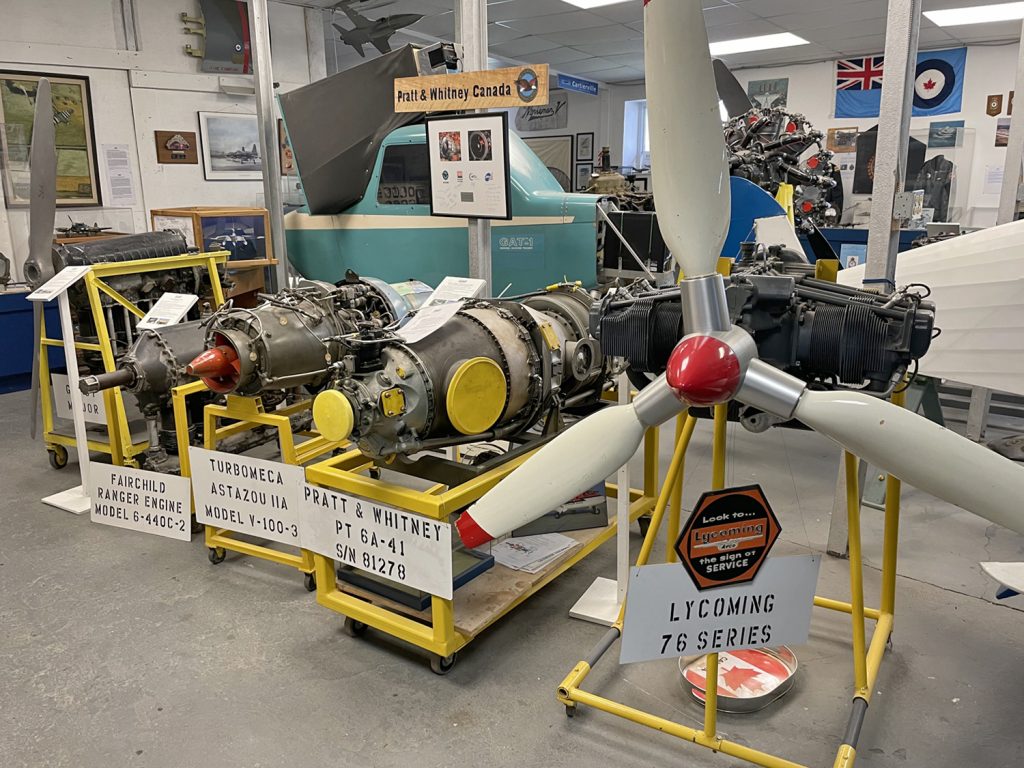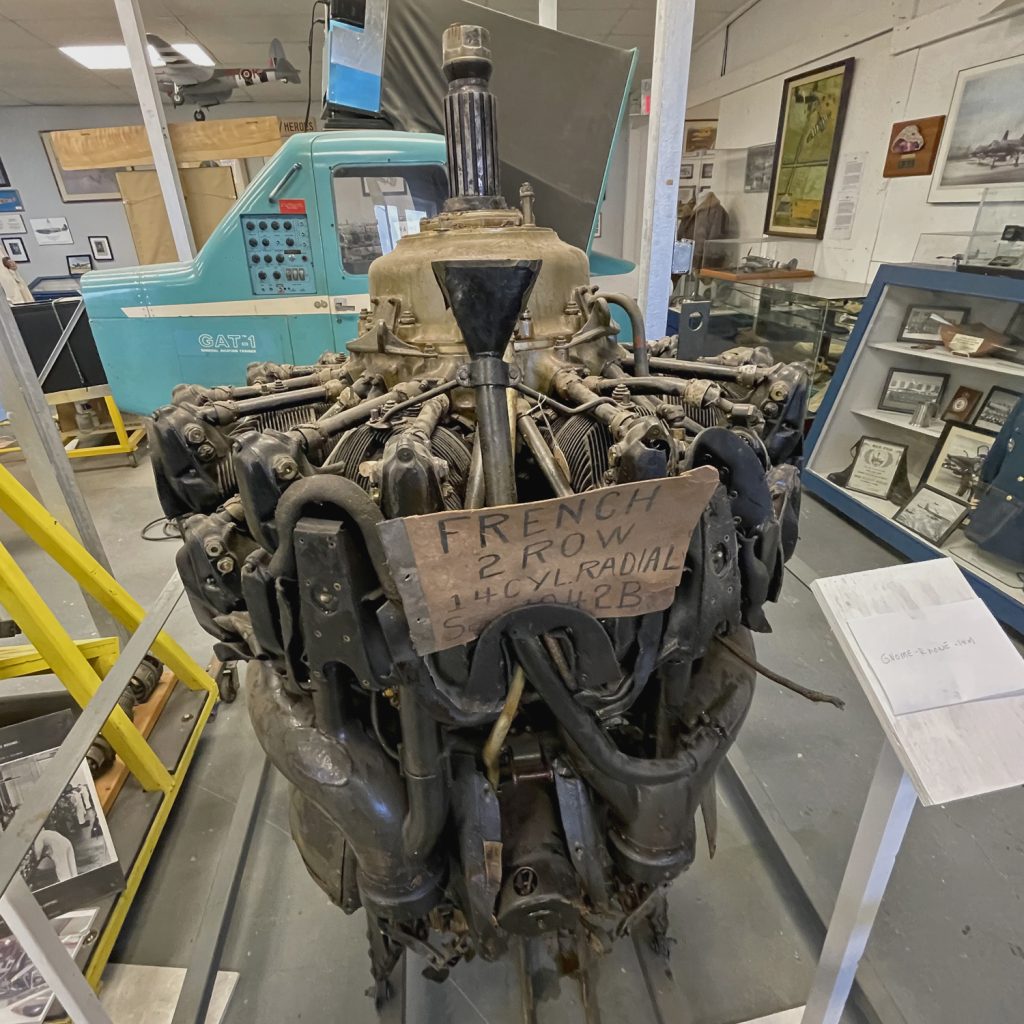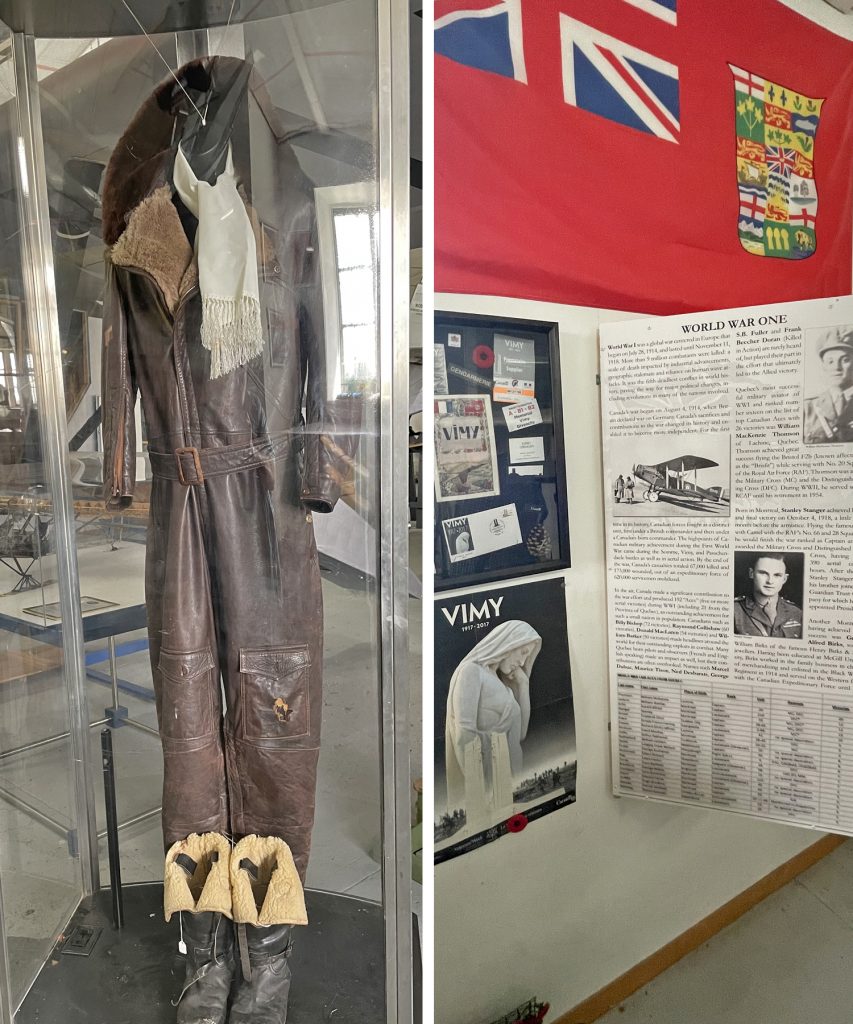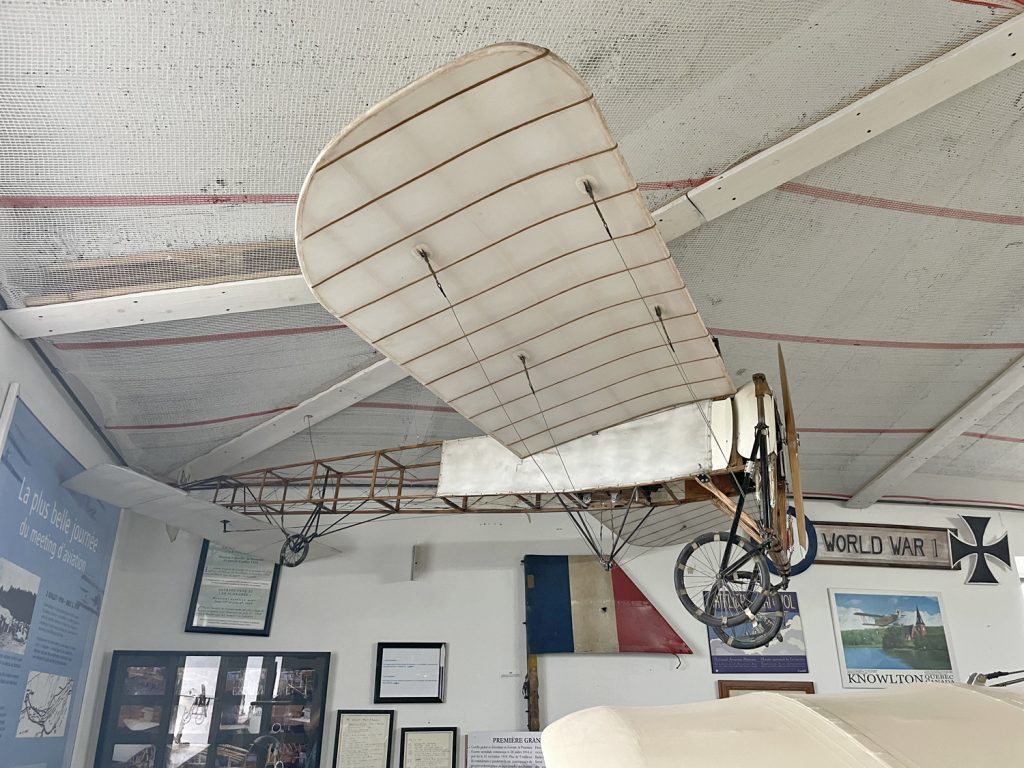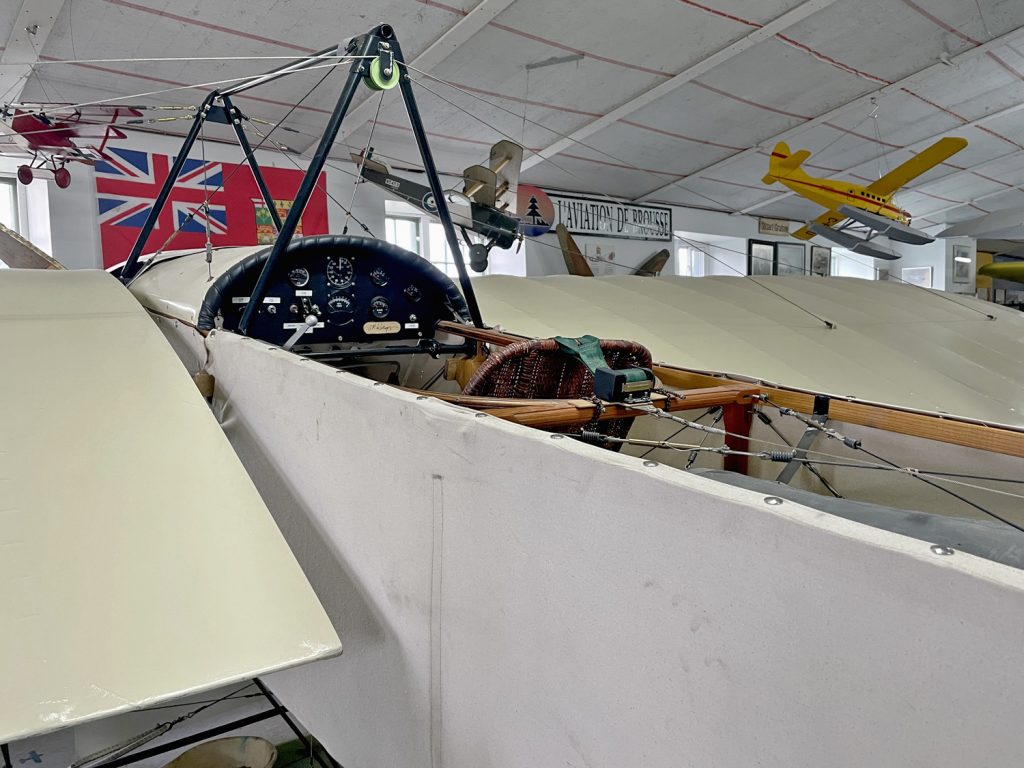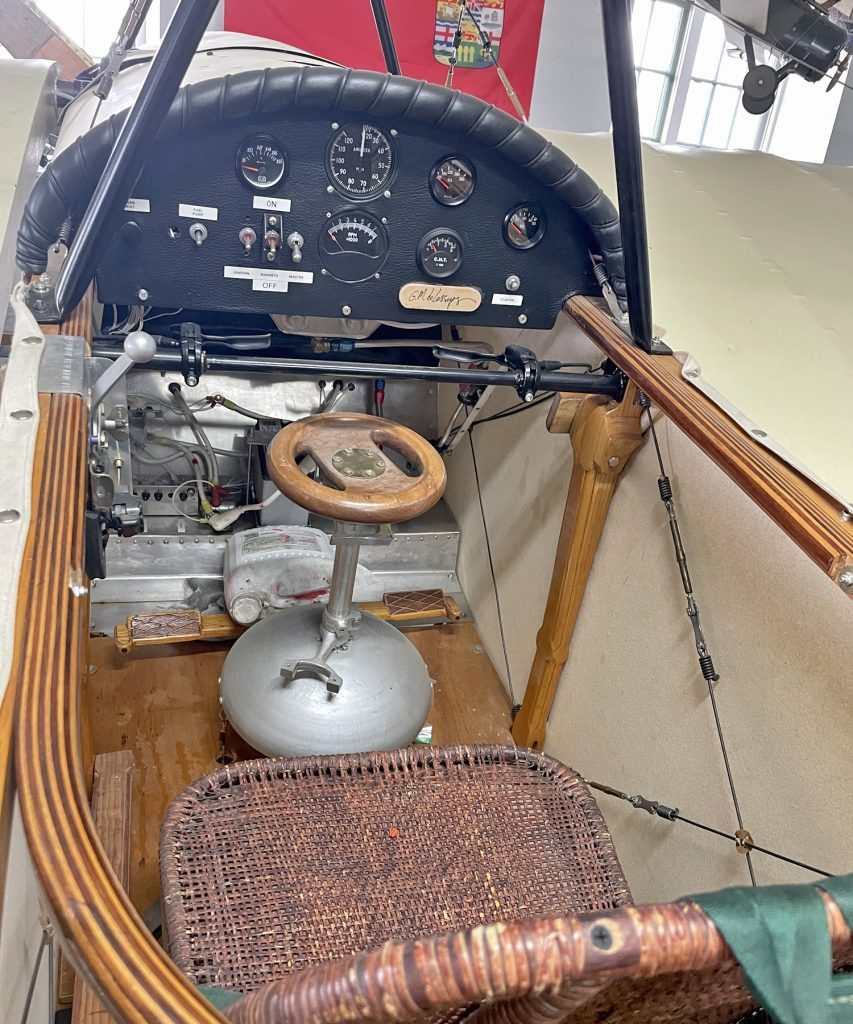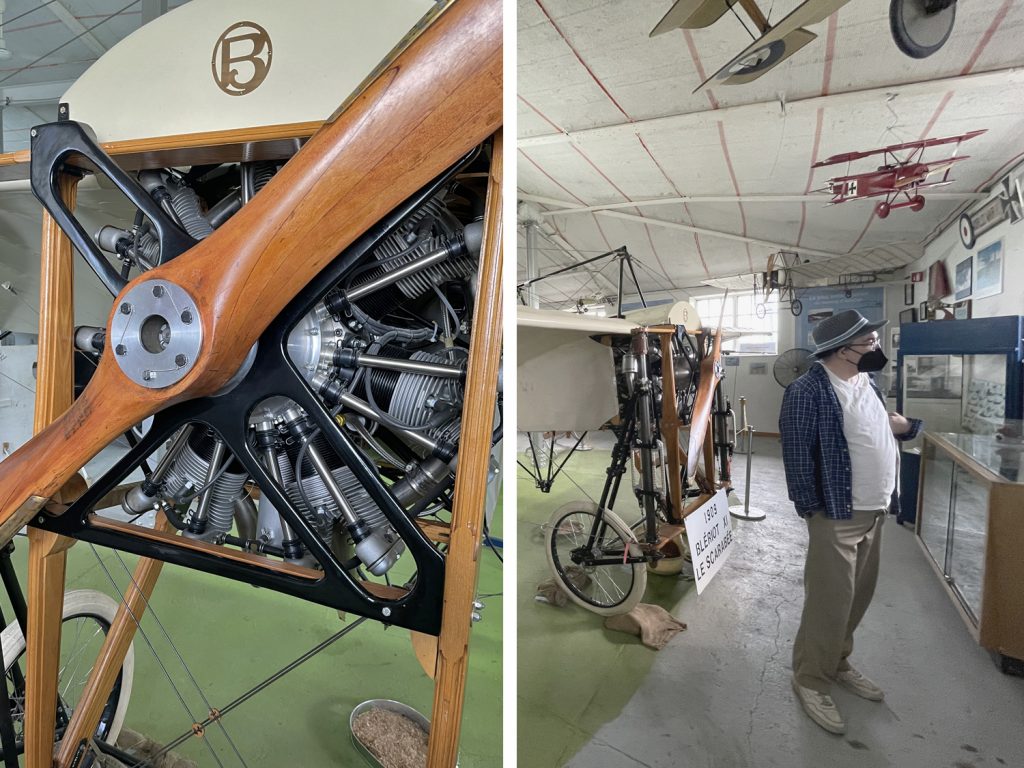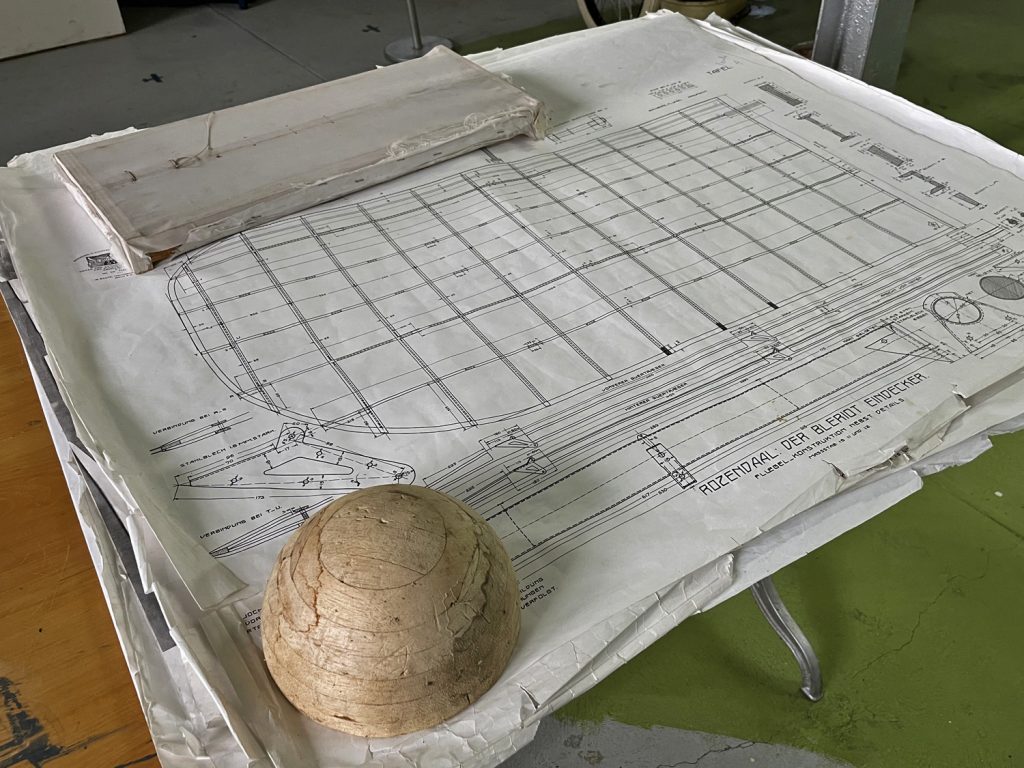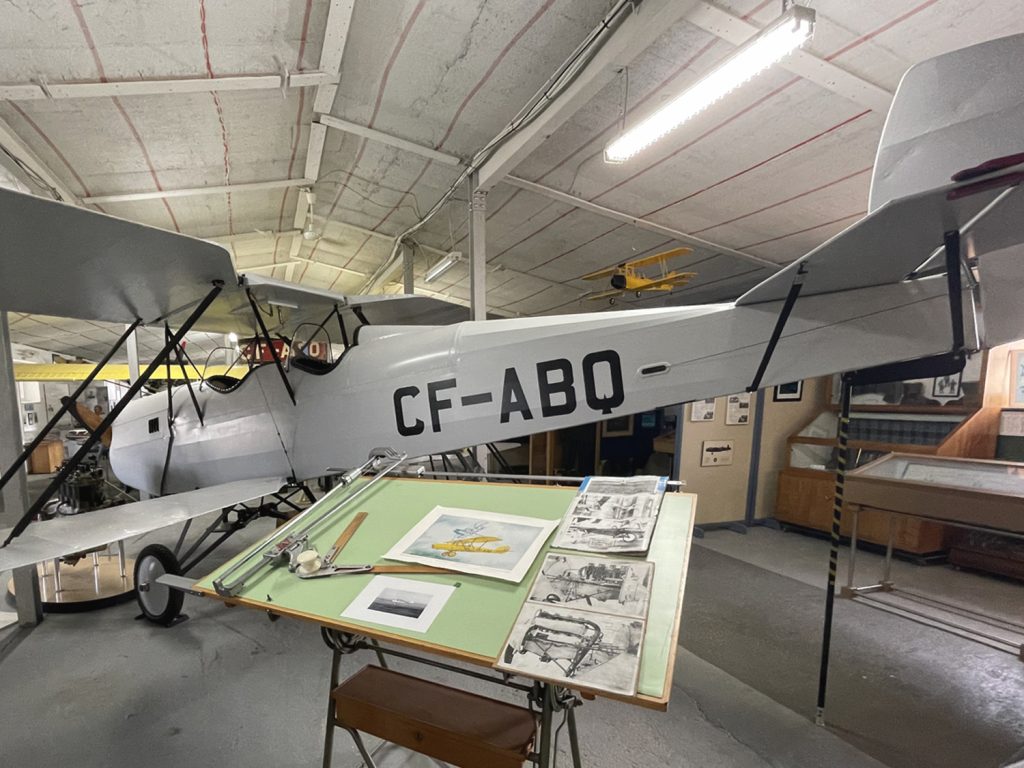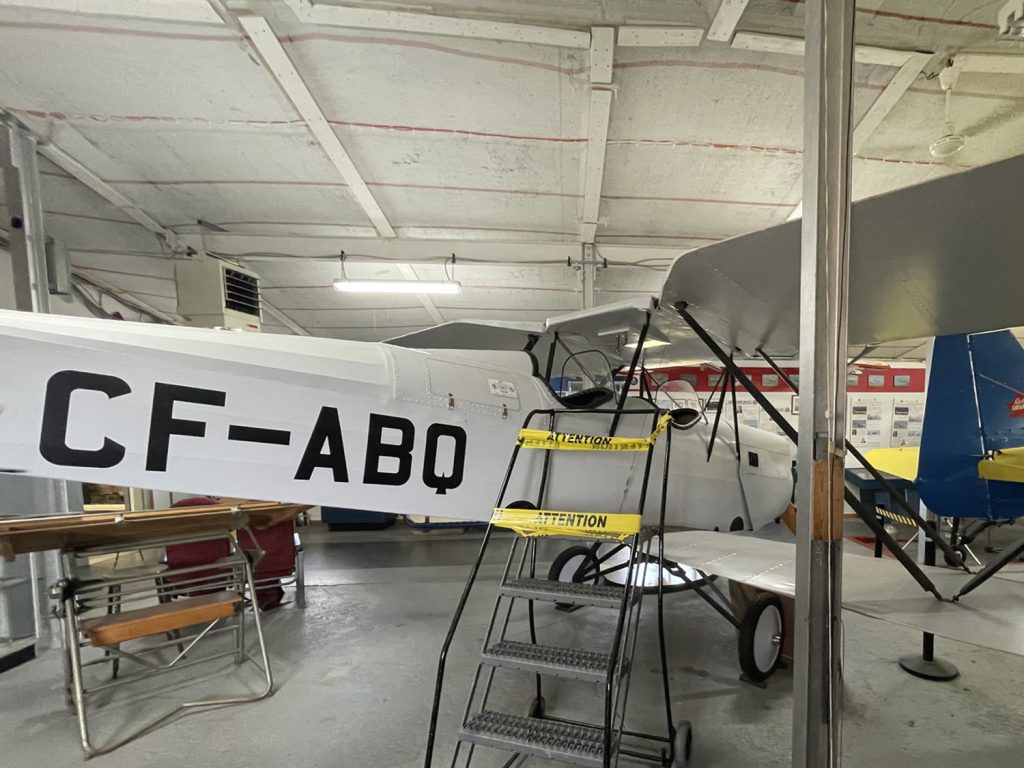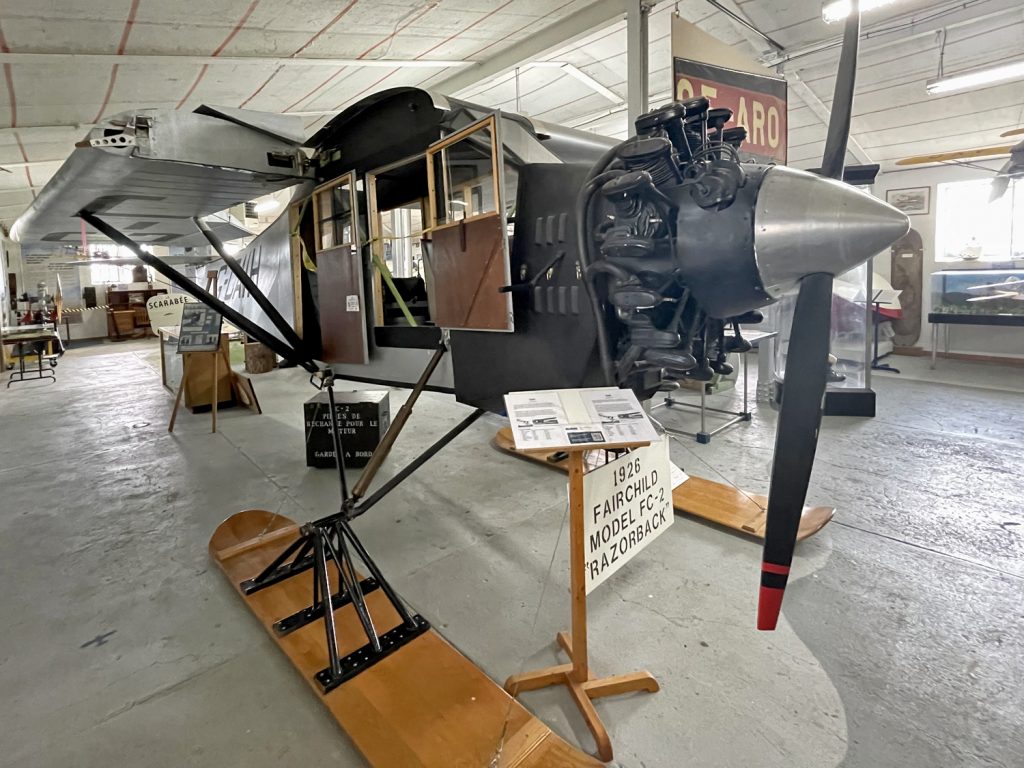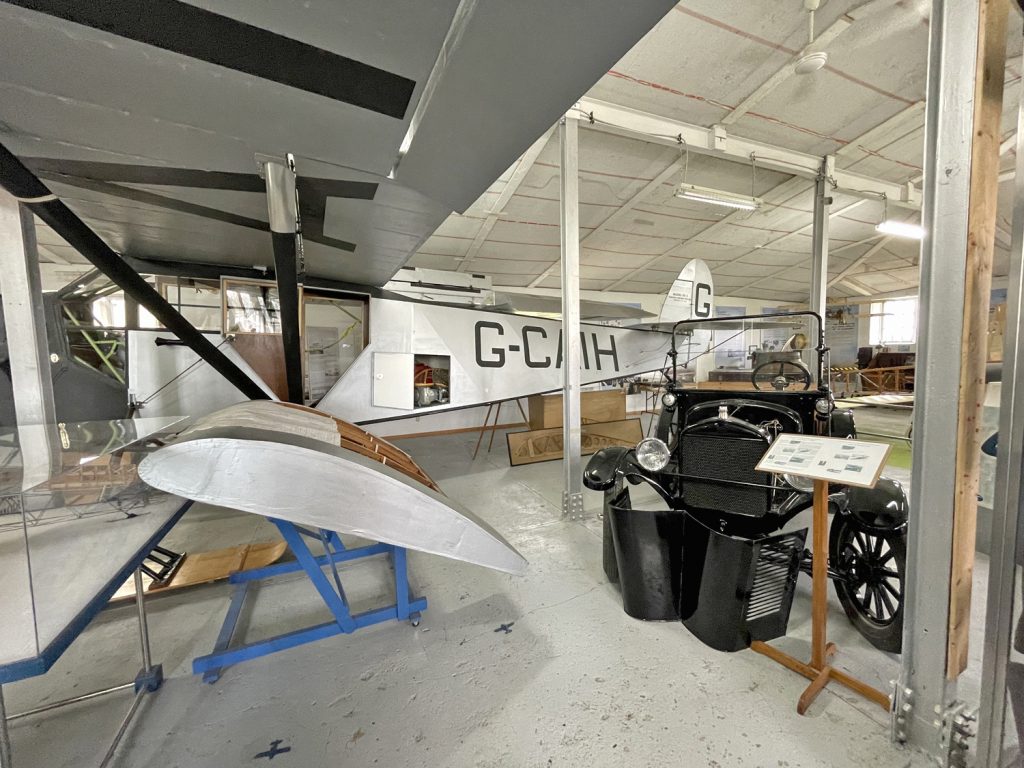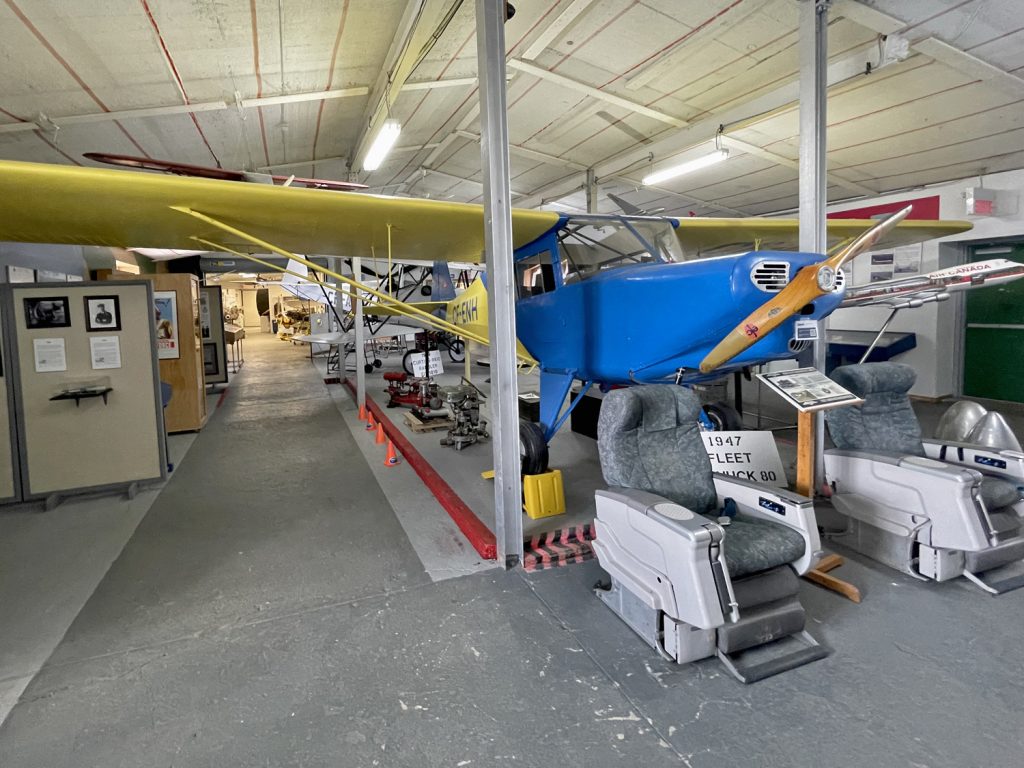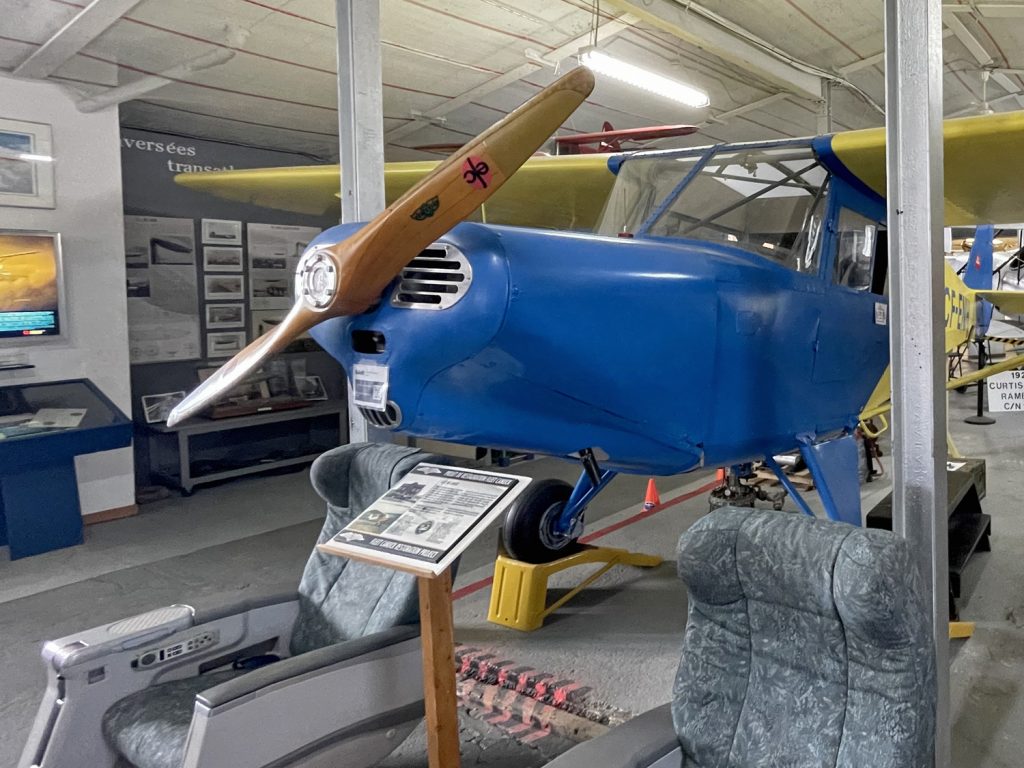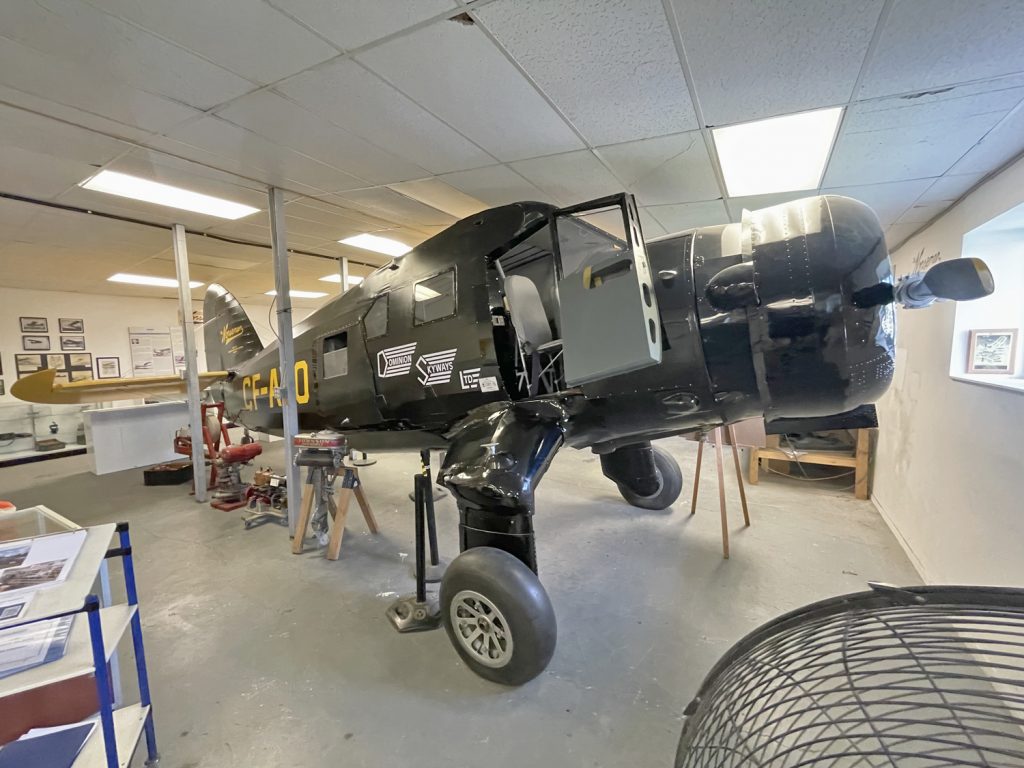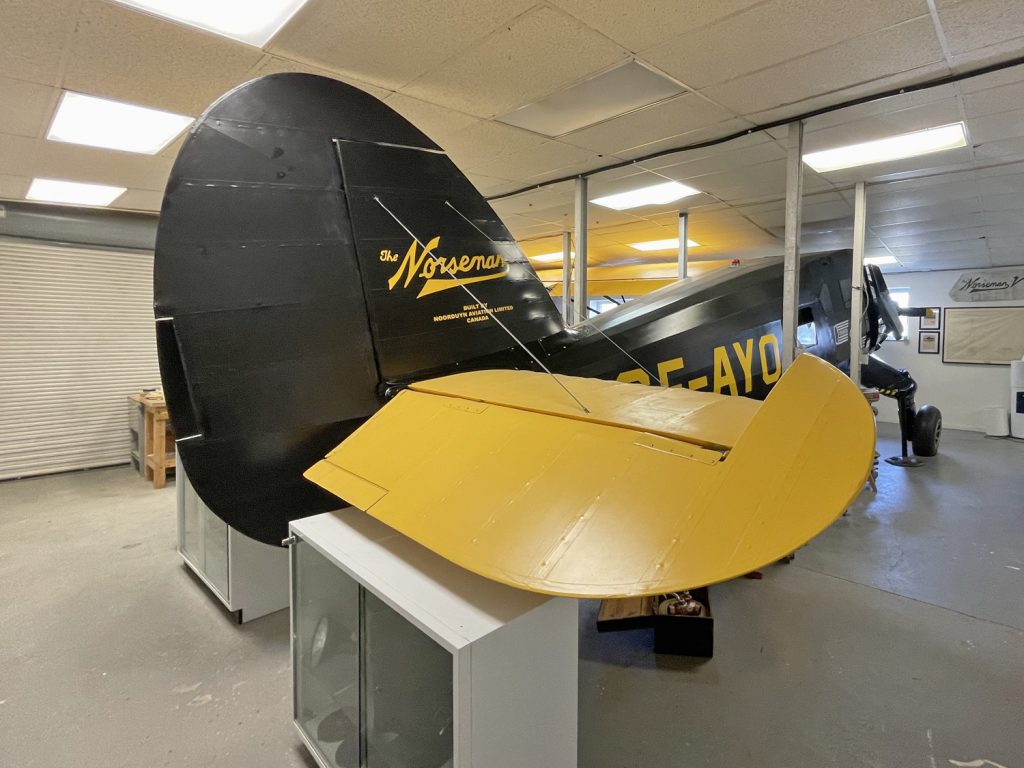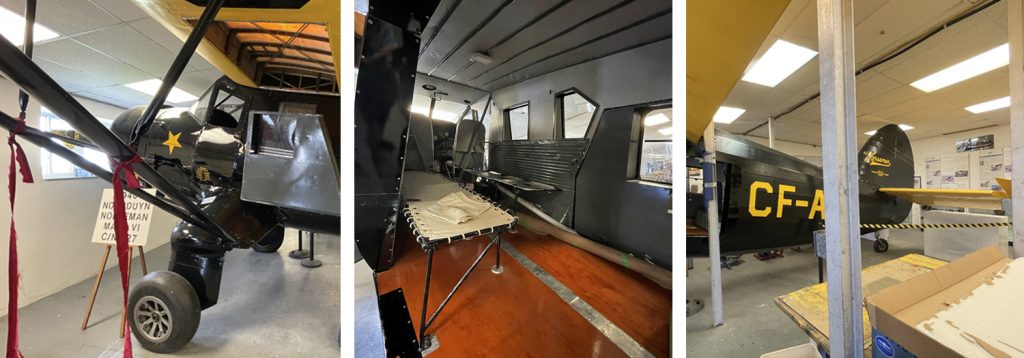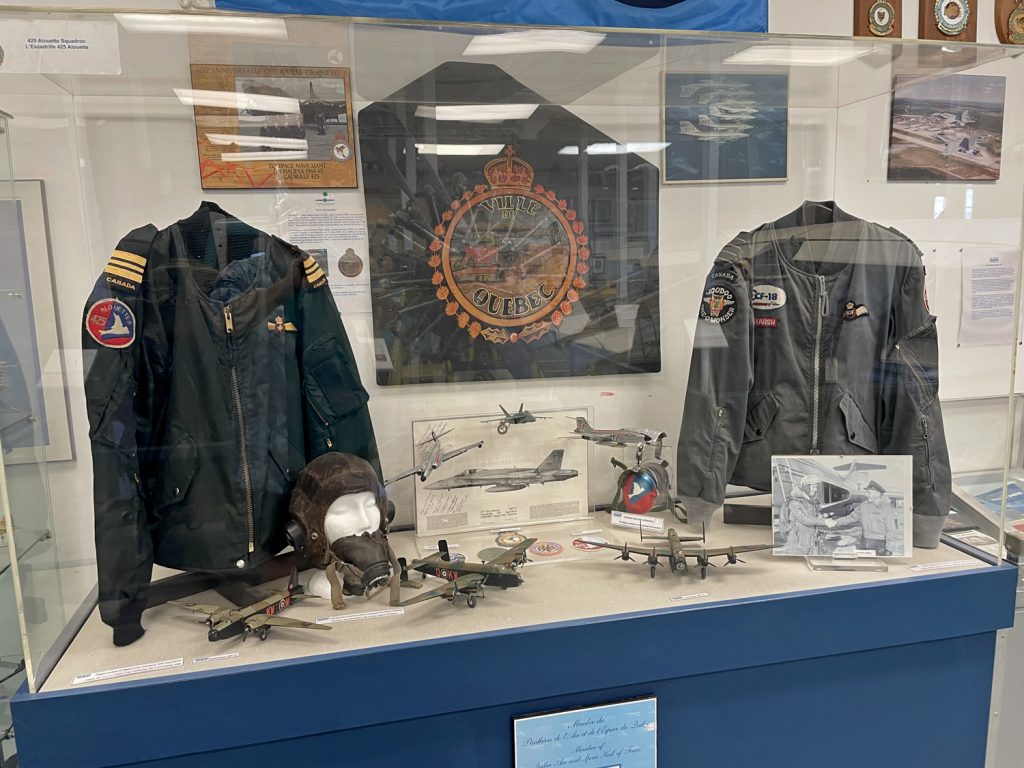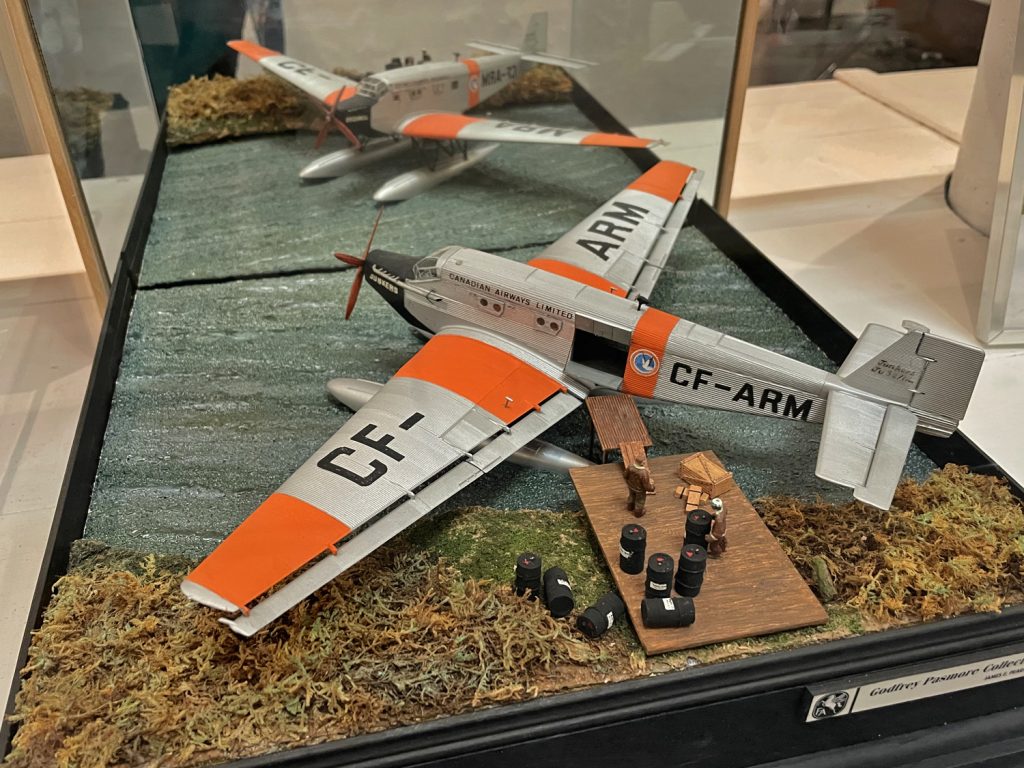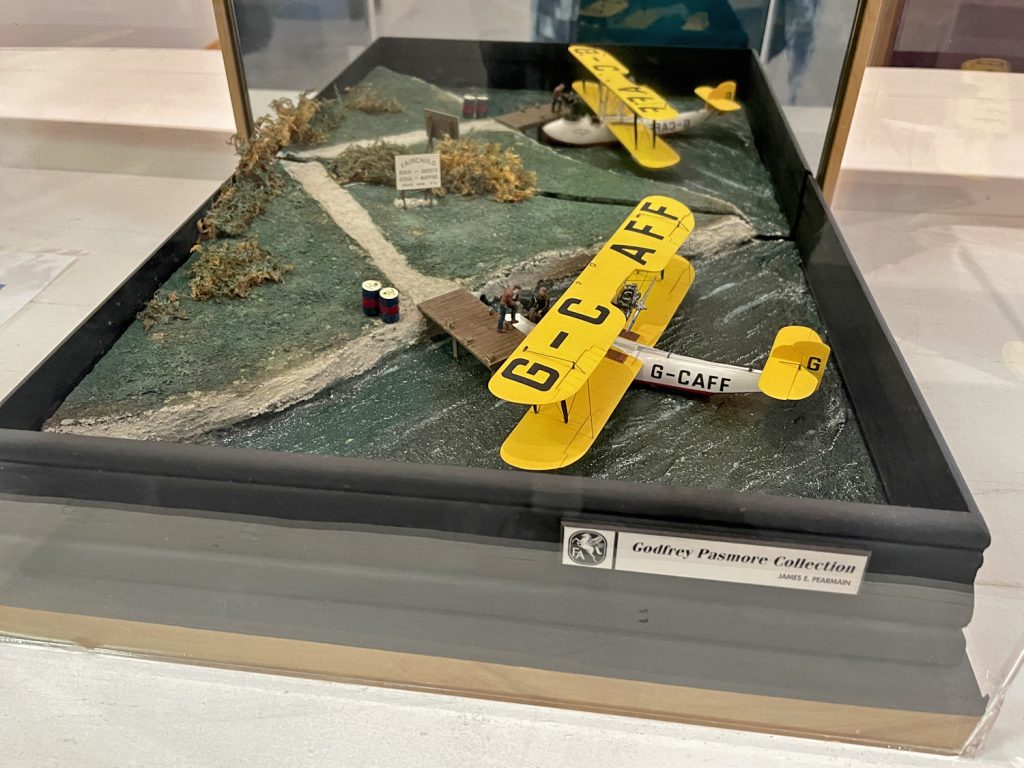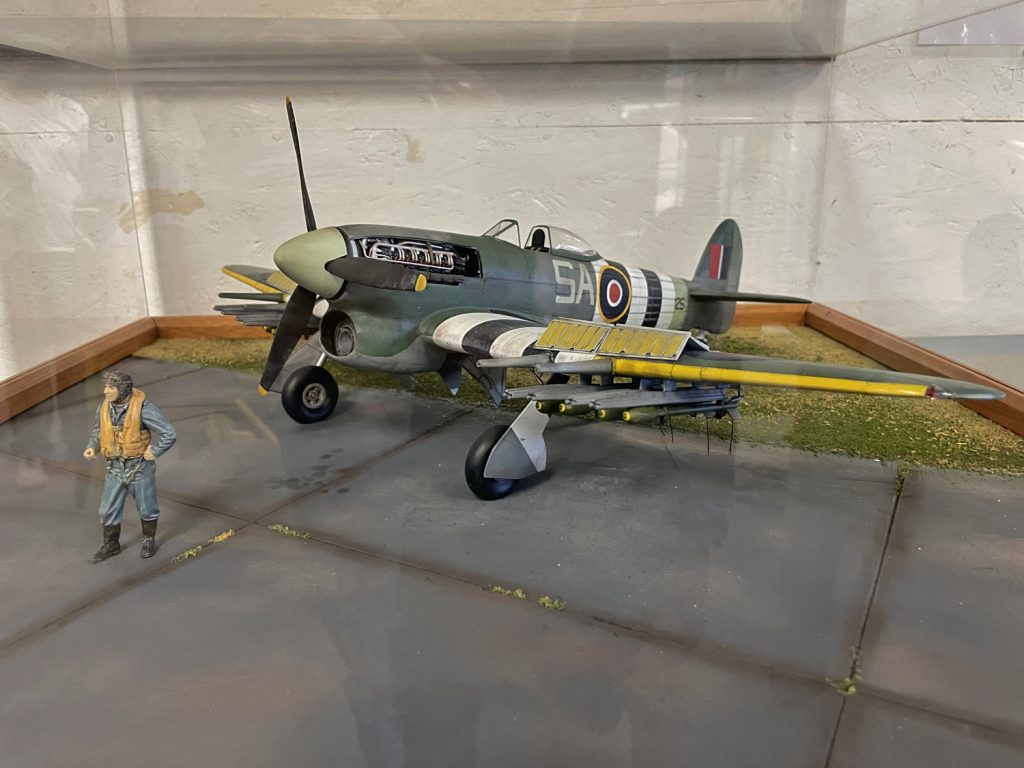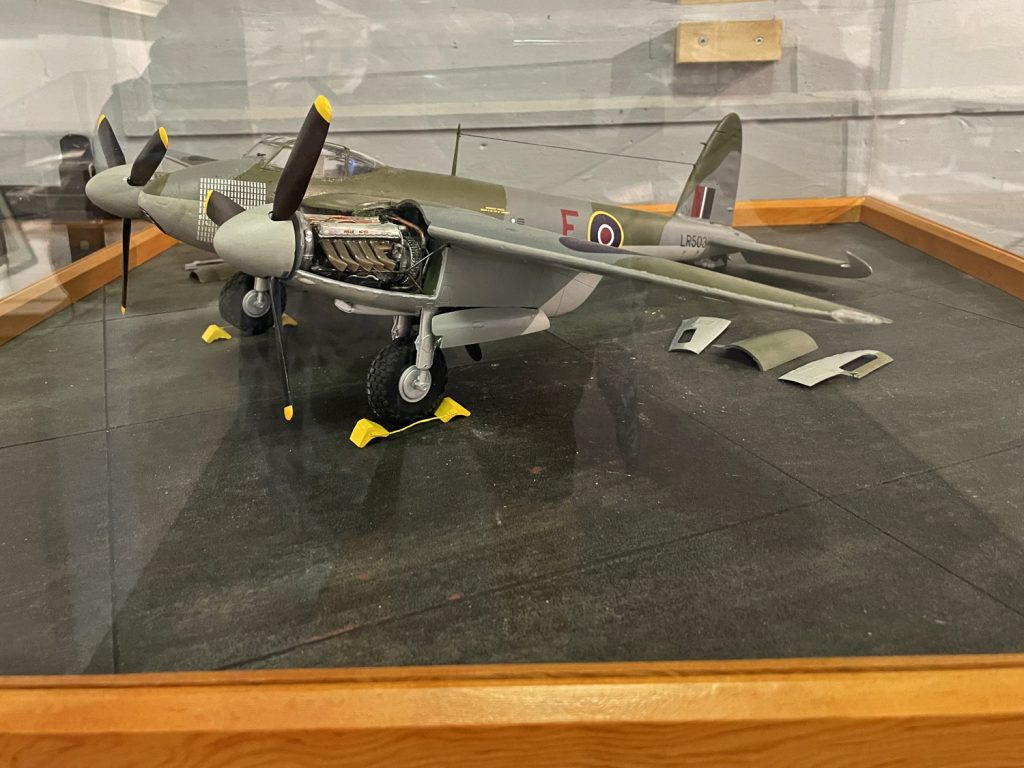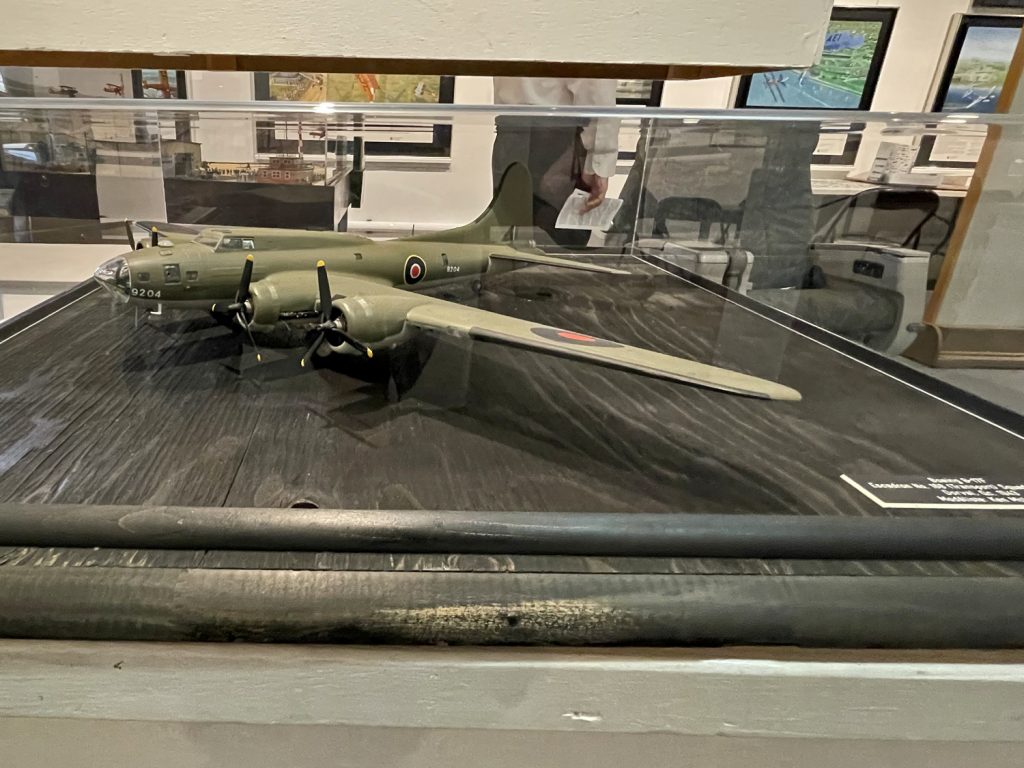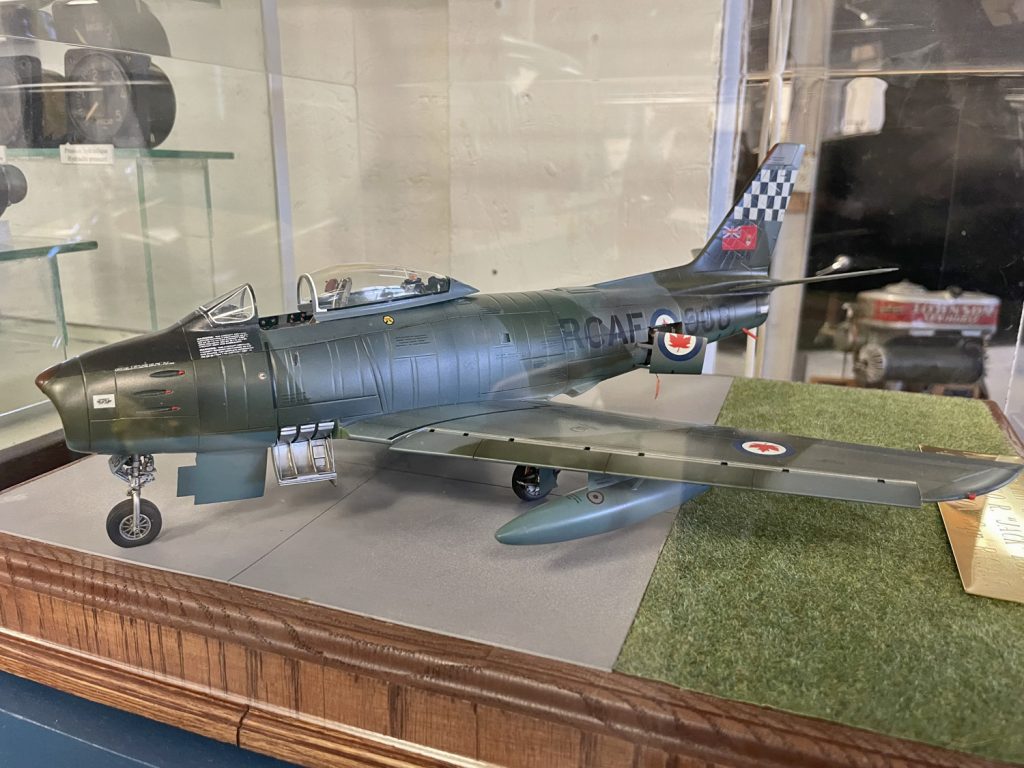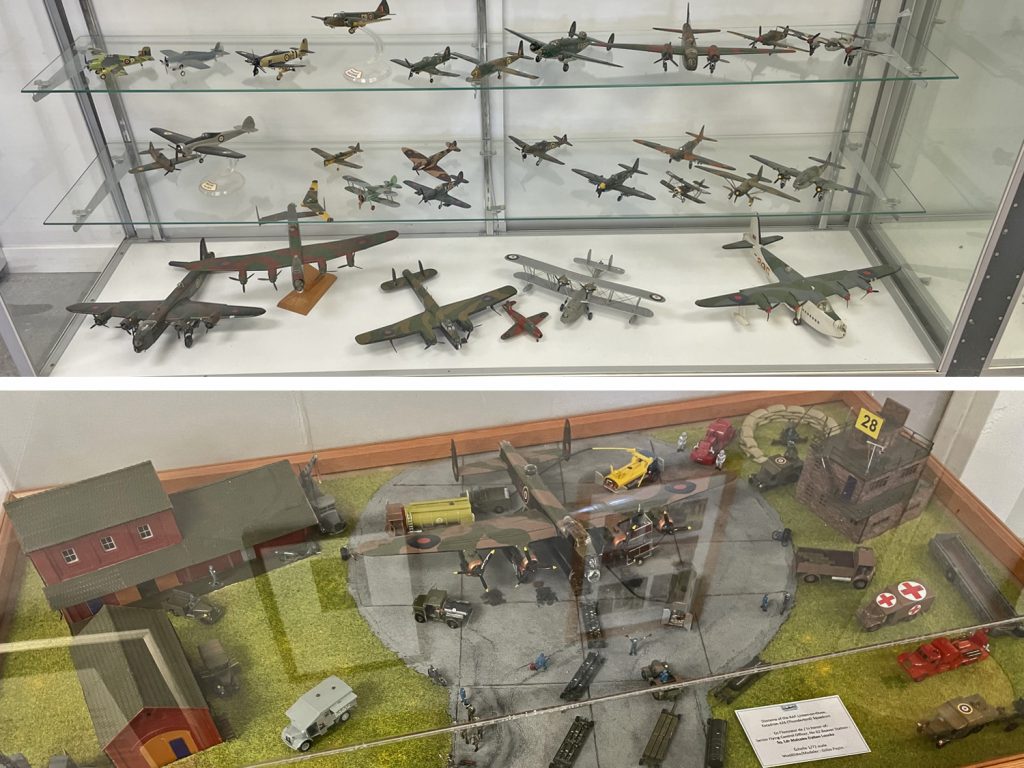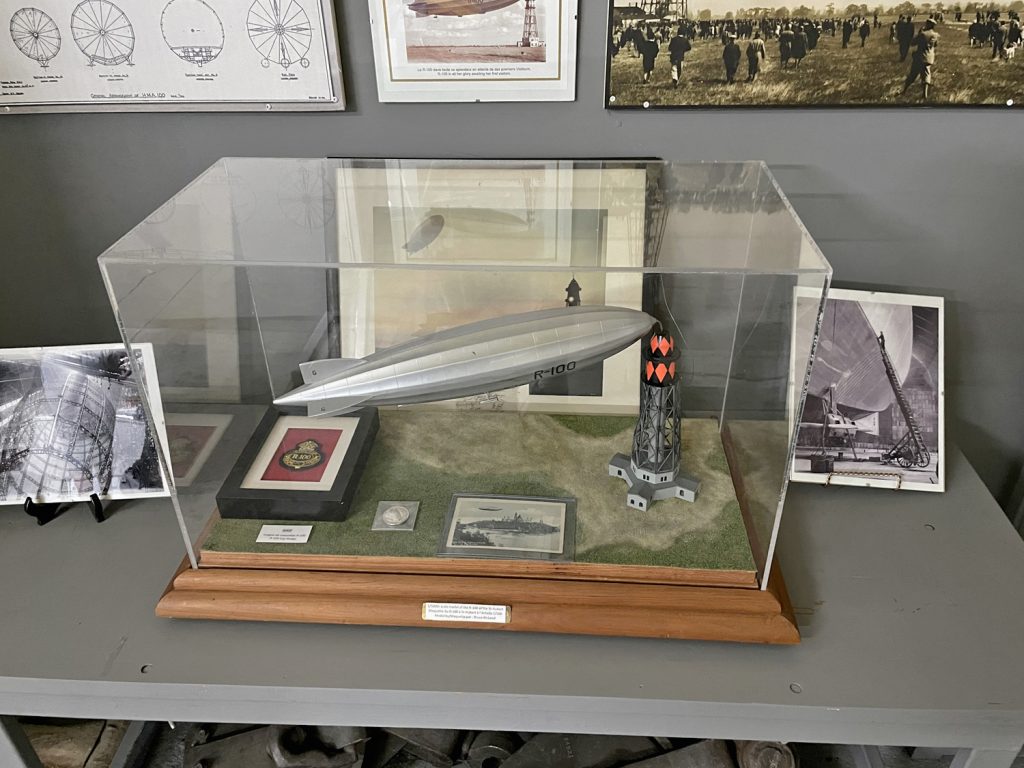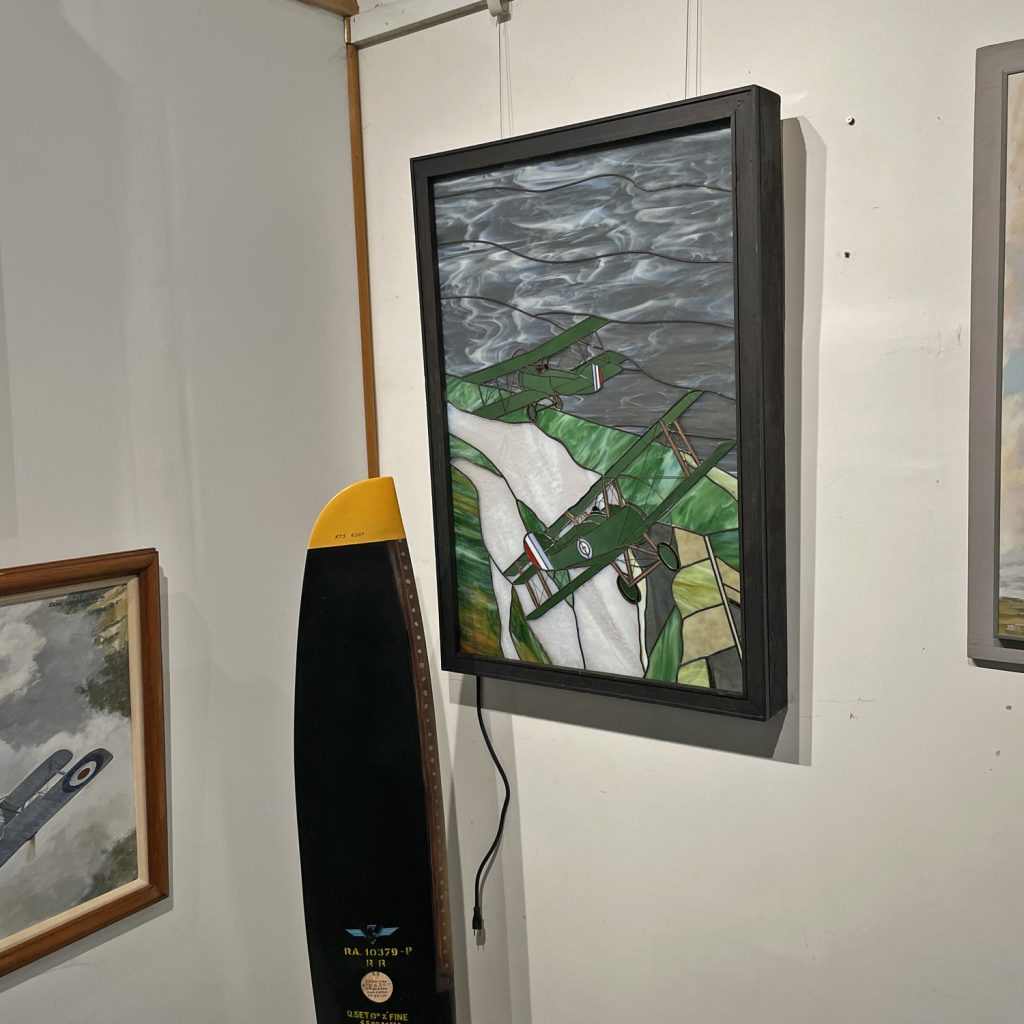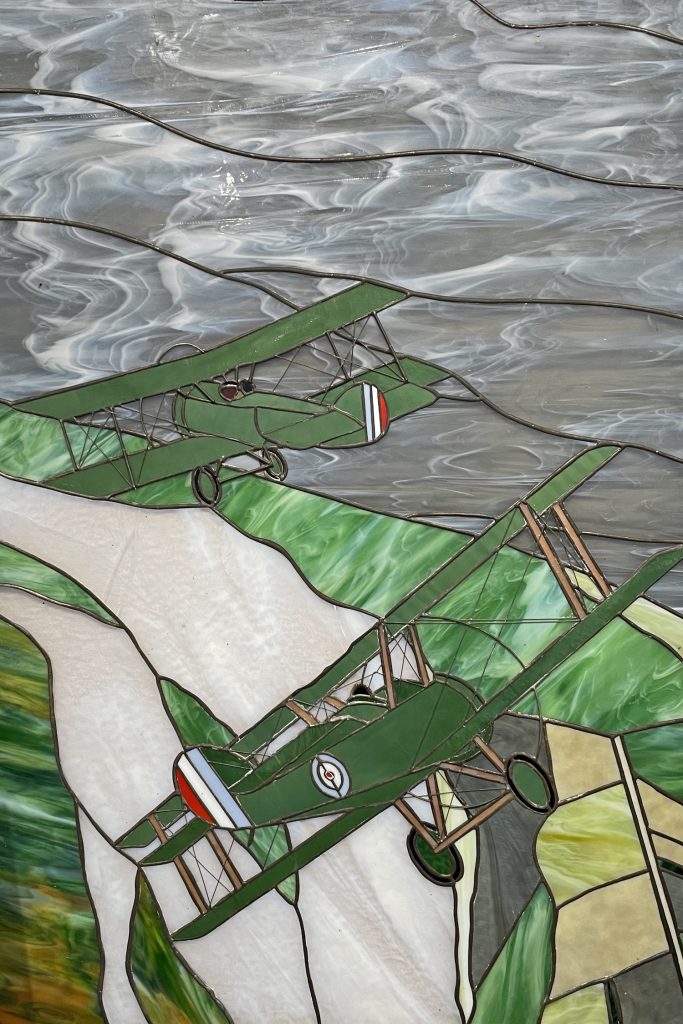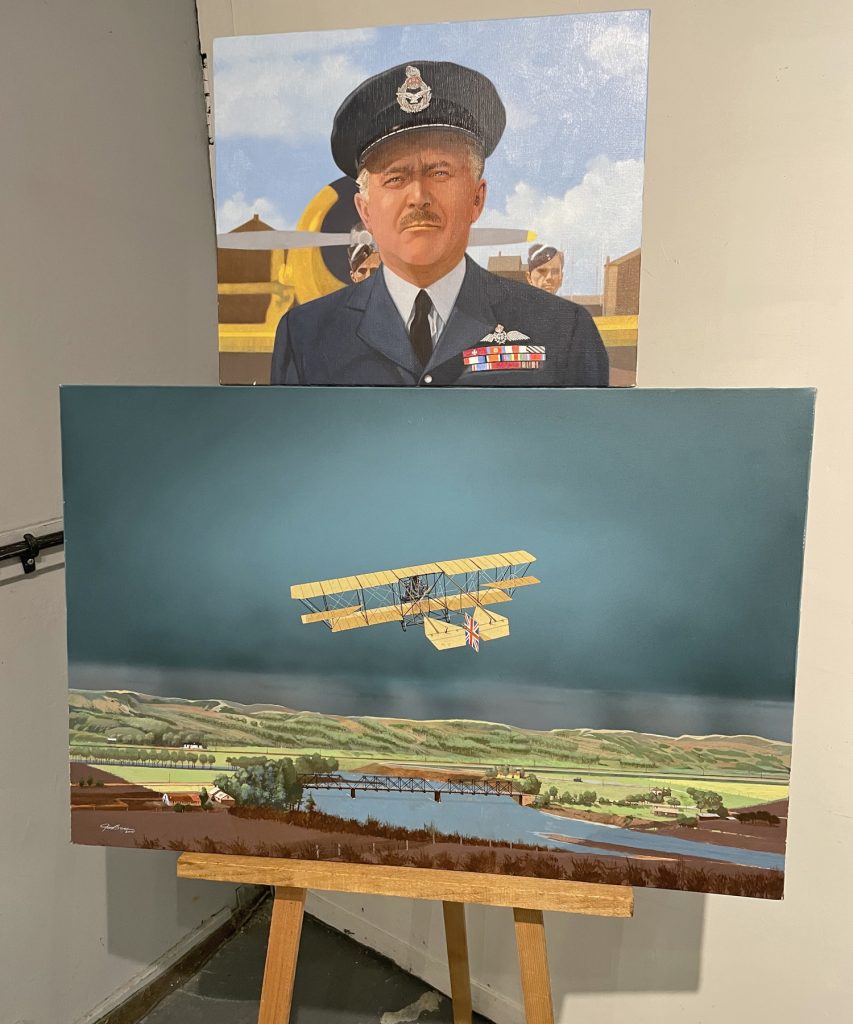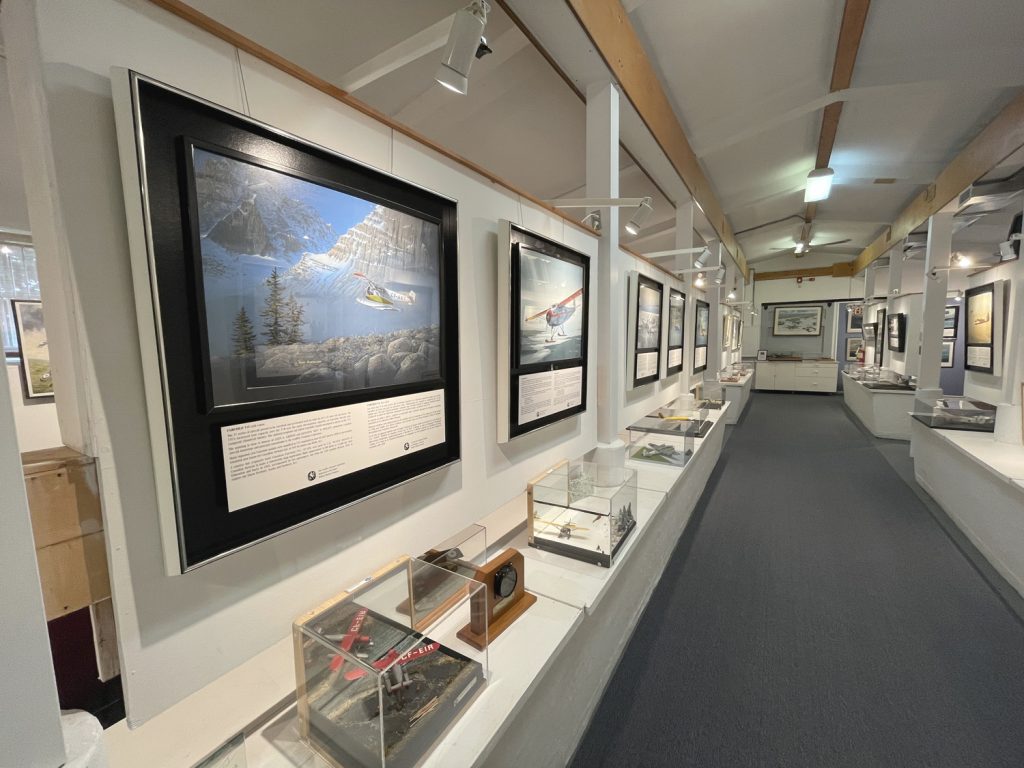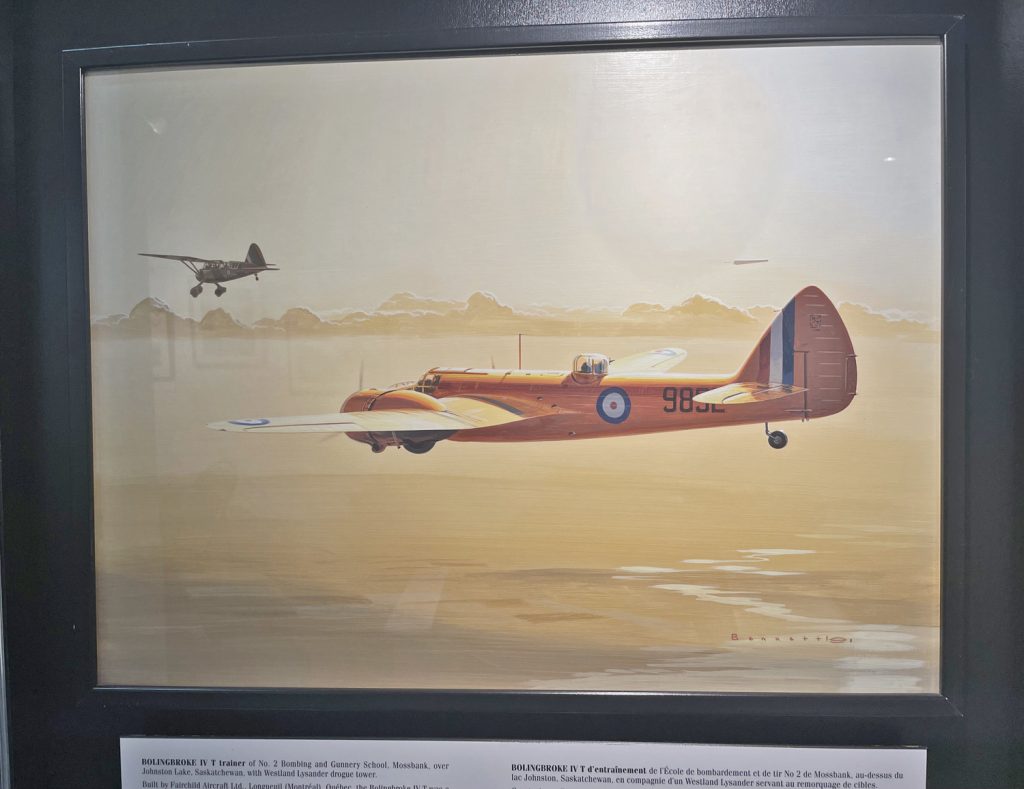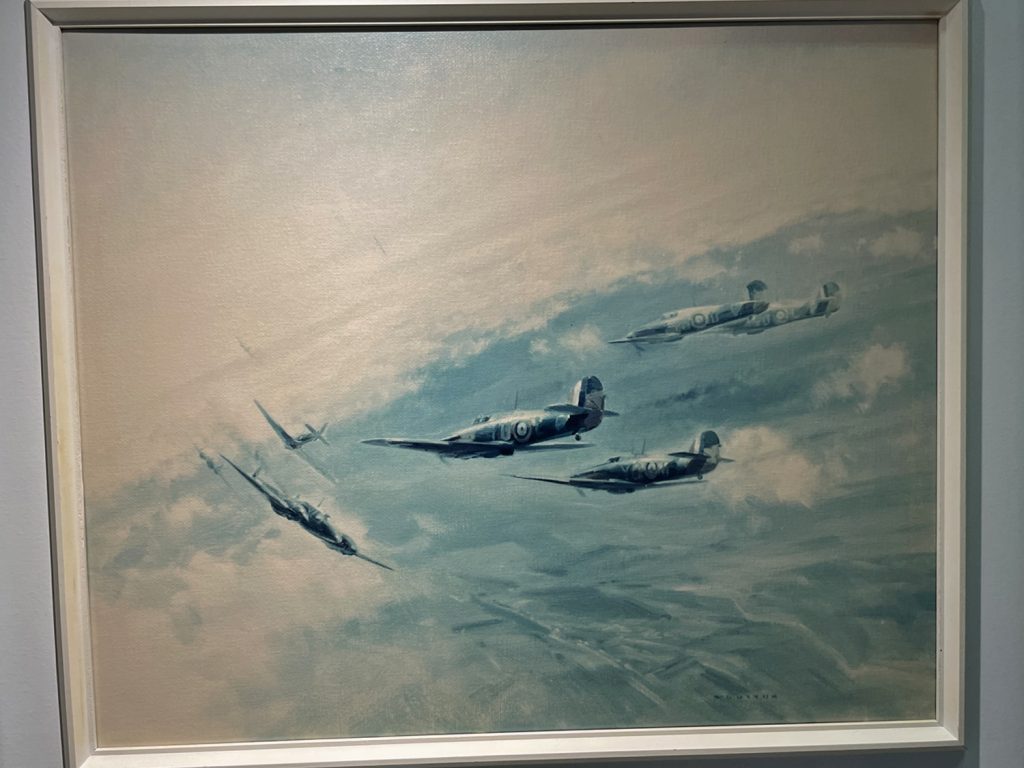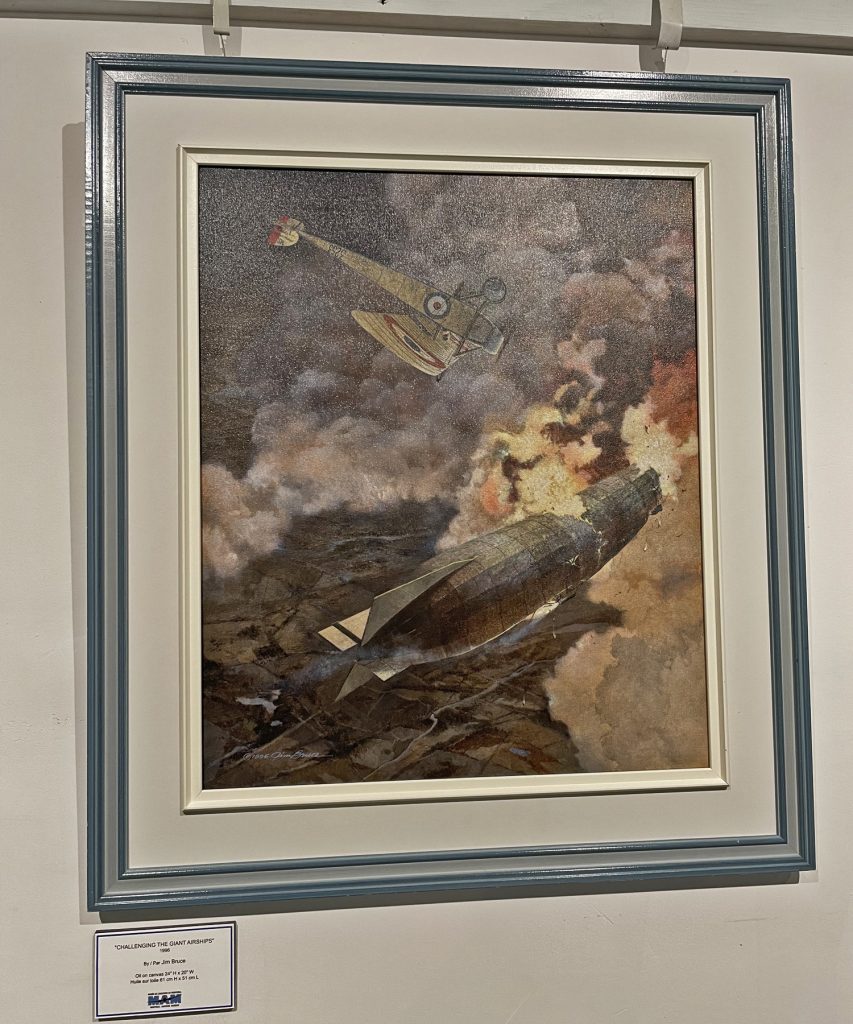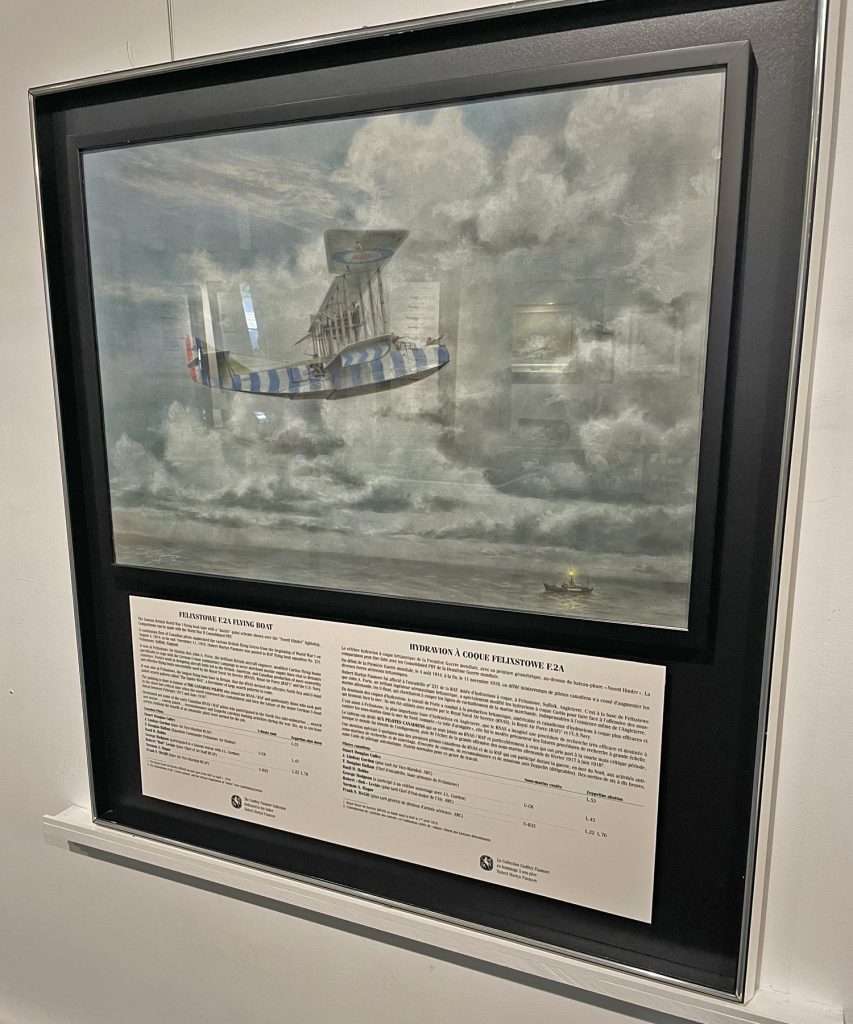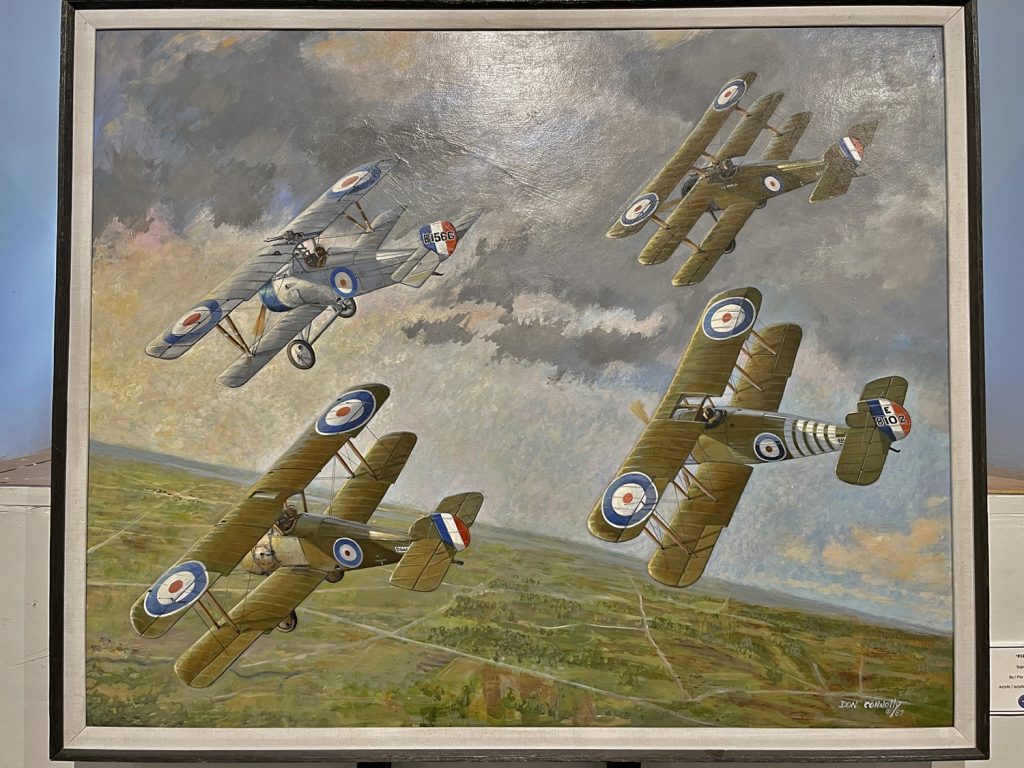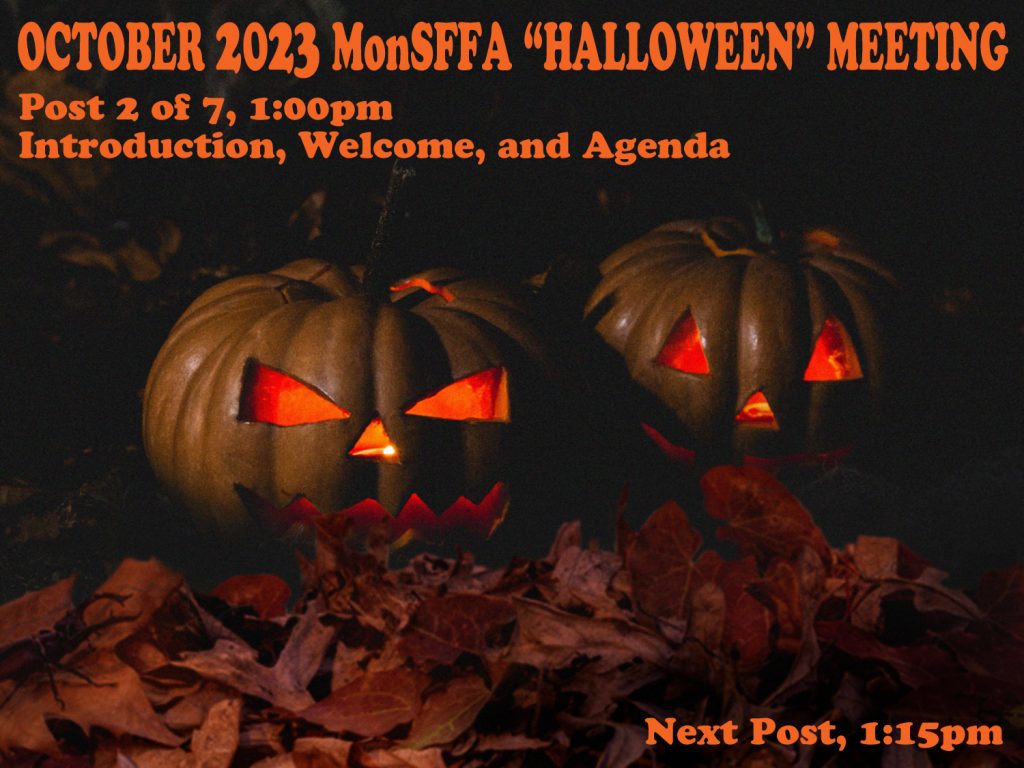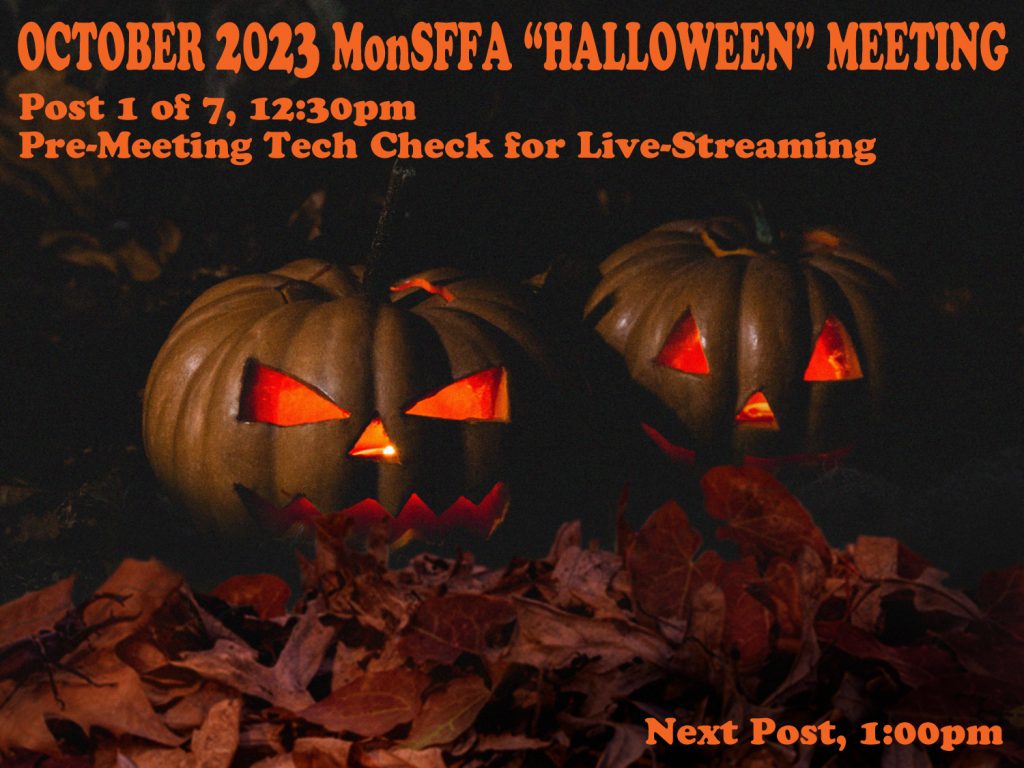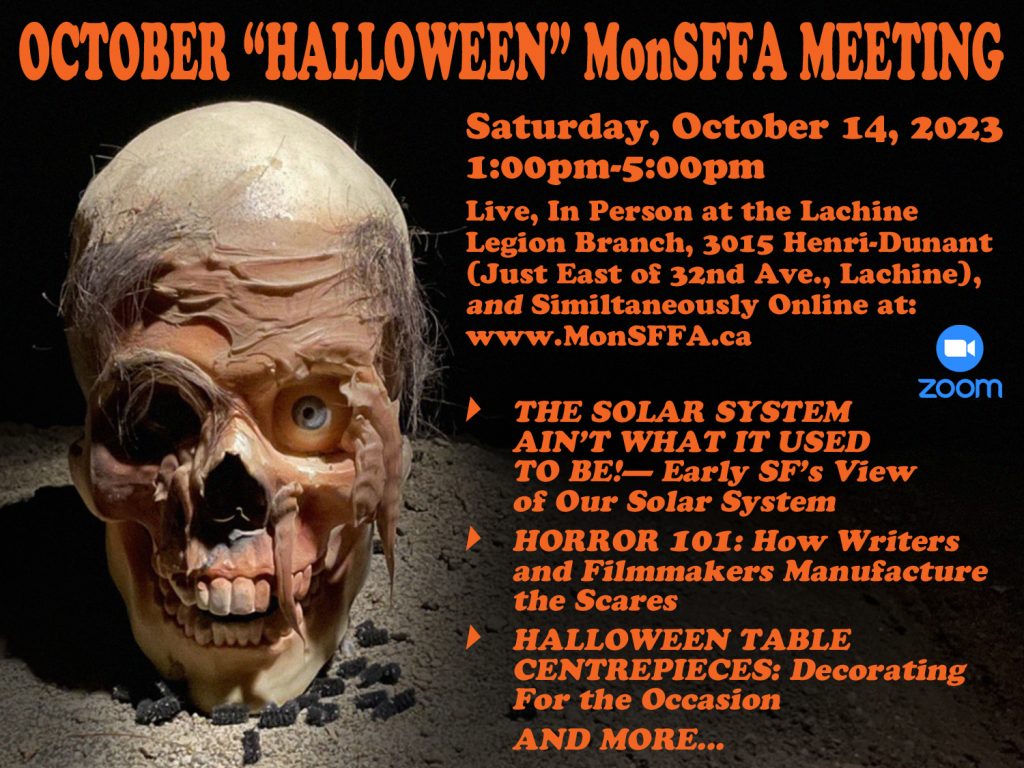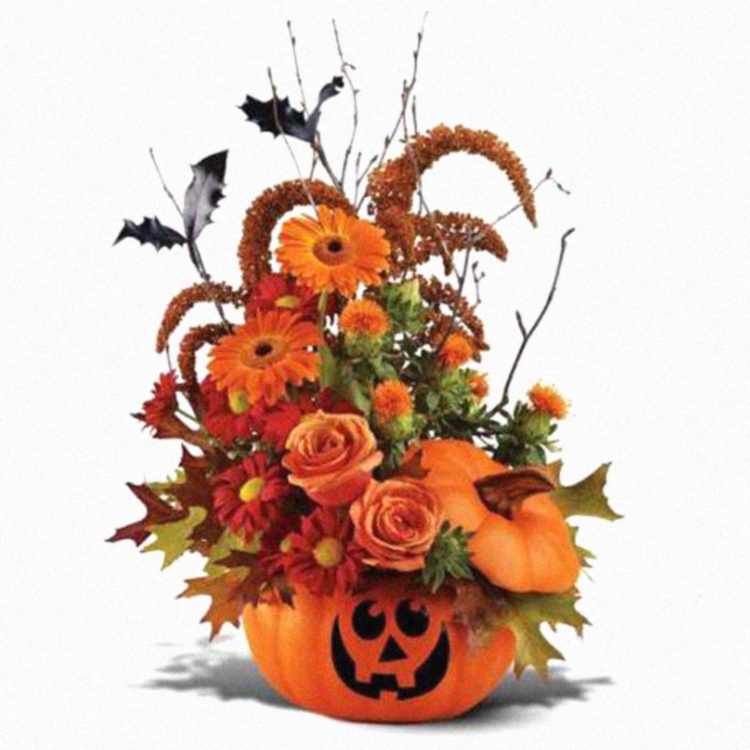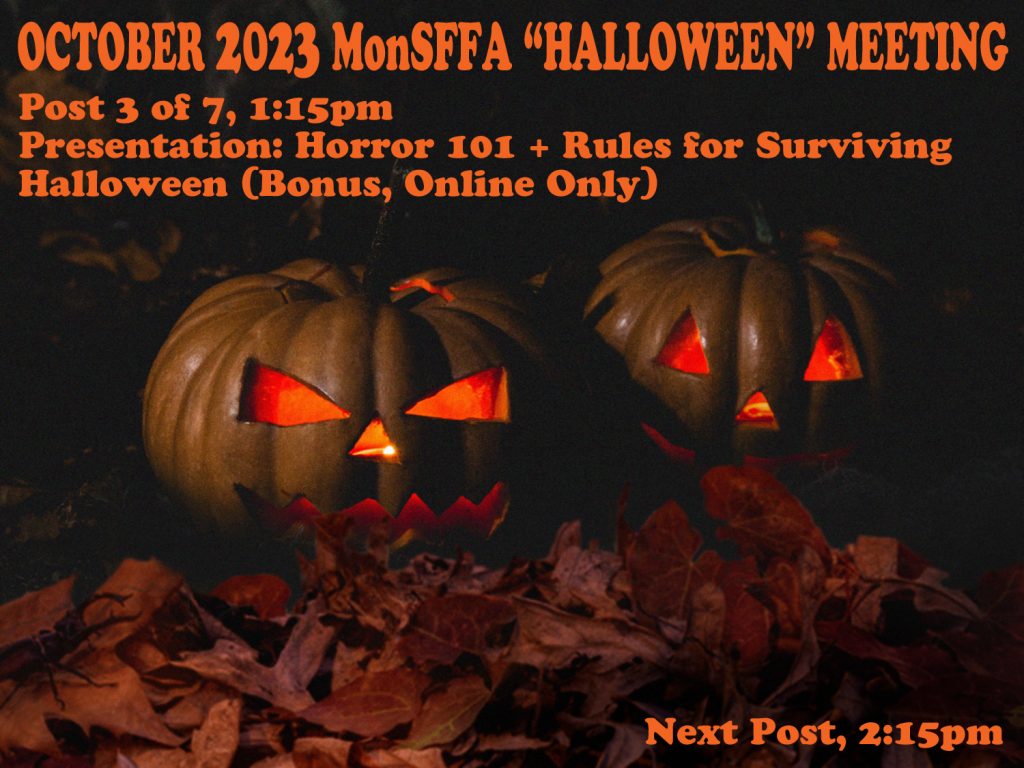
5) HORROR 101: HOW WRITERS AND FILMMAKERS MANUFACTURE THE SCARES
This presentation will be given live at the meeting; below is our presenter’s script and a few of the associated slides, for those who are unable to ZOOM with us today.
Scroll down afterwards for “online only” bonus content, our Rules for Surviving Halloween, rerunning a feature of our 2020, right-in-the-middle-of-the-pandemic Halloween e-meeting!
“The oldest and strongest emotion of mankind is fear, and the oldest and strongest kind of fear is fear of the unknown.”—H. P. Lovecraft (1890-1937), “Supernatural Horror in Literature” (essay, 1927; revised 1933-1934)
THE HORROR GENRE: SEVERAL DEFINITIONS
“A piece of fiction in prose of variable length…which shocks, or even frightens the reader, or perhaps induces a feeling of repulsion or loathing.”—Literary historian J. A. Cuddon (1928-1996) of the horror story, in his introduction to The Penguin Book of Horror Stories (1985)
“In the simplest sense, a horror story is one that scares us…and the true horror story requires a sense of evil, not necessarily in a theological sense; but the menaces must be truly menacing, life-destroying, and antithetical to happiness.”—Speculative fiction writer Darrell Schweitzer (born 1952), Windows of the Imagination: Essays on Fantastic Literature (1999)
“Horror is a genre of fiction that is intended to disturb, frighten, or scare.”—Philosopher and author Noël Carroll (born 1947), The Philosophy of Horror, or, Paradoxes of the Heart (1990)
Horror is fully a literary and screen genre expressly calculated to provoke uneasiness, revulsion, fear, and when well executed, terror. Horror’s tales of the supernatural, sometimes termed Gothic Fantasy, or dark fantasy, are intrinsically tied to the larger fantasy genre, while non-supernatural horror, more precisely described as psychological horror, habitually overlaps with mystery, detective, and crime fiction, and is frequently presented within the framework of a thriller. Horror seeks to create an eerie and frightening atmosphere, and shock the reader or viewer. Often, the key peril of a work of horror fiction can be interpreted as a metaphor for the larger anxieties of society.—Keith Braithwaite (born 1958), October 14, 2023 meeting of the Montreal Science Fiction and Fantasy Association
“The best horror fiction can and does comment on the human condition. The best is more than just the gush of blood and the quick shriek.”—Author Robert R. McCammon (born 1952), who notes that elements of horror are often present in other genres, as well as in more mainstream fiction, citing Charles Dickens’ A Christmas Carol as an example.
And while we’re speaking of such Yuletide-themed fare, I would offer, too, as a cinematic example, the classic Holiday film It’s a Wonderful Life (1946), which includes a chilling alternate history sequence.
But bestselling horror author Stephen King (born 1947) states:
“It’s a trap, this matter of definition, and I can’t think of a more boring academic subject.” Defining horror “is really a discussion of how many angels can dance on the head of a pin, and not really interesting unless those involved in the discussion are drunk or graduate students—two states of roughly similar incompetence.”
THE ALLURE OF HORROR: WHY ARE WE DRAWN TO IT?
Horror provides civilized man with the thrill of facing dangers that most of us never have or will encounter, the fear of which forever remain lodged deep within our collective psyche, a remnant of our species at its most primal.
Horror is the rollercoaster ride willingly taken, knowing all along that we’ll survive and emerge unscathed. It’s the safe scare.
Reading horror fiction or watching horror movies allows us to confront our most deeply-seated fears without actually having to do so. It is an experience sought after for the sheer exhilaration of it, of goosebumps, a hair-raising chill, accelerated breathing, a racing heartbeat, the release of endorphins and an audible scream.
Writer Elizabeth Barrette (year of birth unavailable), in her essay “Elements of Aversion” (Creatio ex Nihilo, April-May 1997), has this to say on the topic:
The old “fight or flight” reaction of our evolutionary heritage once played a major role in the life of every human. Our ancestors lived and died by it. Then someone invented the fascinating game of civilization, and things began to calm down. Development pushed wilderness back from settled lands. War, crime, and other forms of social violence came with civilization and humans started preying on each other, but by and large daily life calmed down. We began to feel restless, to feel something missing: the excitement of living on the edge, the tension between hunter and hunted.
So we told each other stories through the long, dark nights. Sometimes we told happy stories, or sacred stories … but when the fires burned low, we did our best to scare the daylights out of each other. The rush of adrenaline feels good. Our hearts pound, our breath quickens, and we can imagine ourselves on the edge. Yet we also appreciate the insightful aspects of horror. Sometimes a story intends to shock and disgust, but the best horror intends to rattle our cages and shake us out of our complacency. It makes us think, forces us to confront ideas we might rather ignore, and challenges preconceptions of all kinds. Horror reminds us that the world is not always as safe as it seems, which exercises our mental muscles and reminds us to keep a little healthy caution close at hand.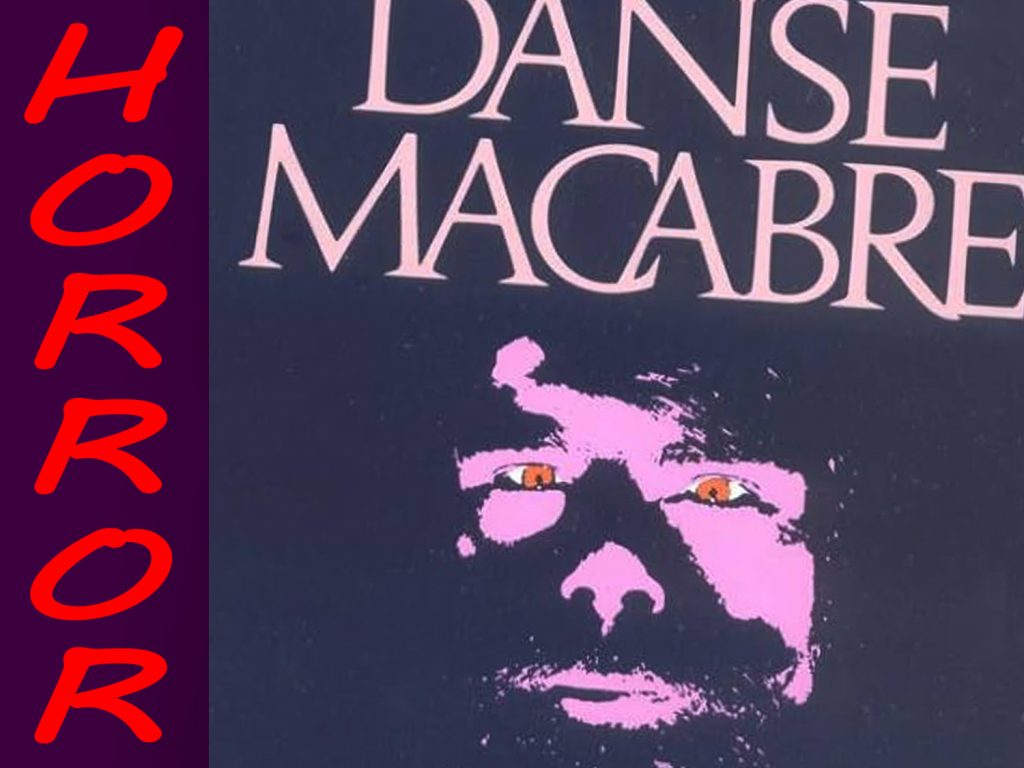
In, Danse Macabre (1981), Stephen King’s treatise on the genre, he lists three levels of horror:
1) Terror is top-most, the premium level to which a horror writer or filmmaker should aspire, those delectably suspenseful moments leading up to the instant of violence, or a climactic reveal.
2) Horror is the intermediate level, employed for shock value, presenting us with an alarming image—the monster!— whether in our mind’s eye or on screen.
3) Revulsion is bottom-level stuff, the cheap gimmick, vile and disgusting, meant to induce a gag-reflex.
Confesses King, “I recognize terror as the finest emotion and so I will try to terrorize the reader. But if I find that I cannot terrify, I will try to horrify, and if I find that I cannot horrify, I’ll go for the gross-out. I’m not proud.”
This afternoon, proffering examples and advice from genre professionals, we will explore these, and augment King’s list with a few entries of our own as we learn how horror writers and filmmakers manufacture the scares!
Let’s begin with…
SETTING:
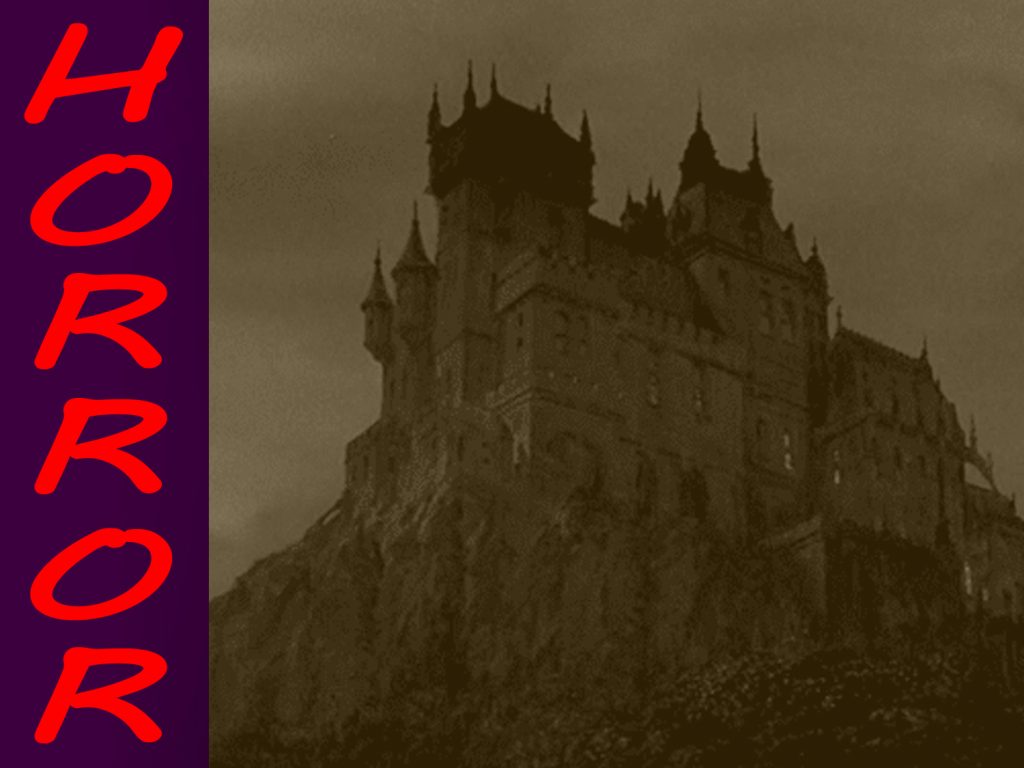 An eerily sinister old castle, a decaying Victorian mansion, the deep, dark woods—perhaps to the point of cliché, these are the archetypal settings of a traditional horror story, replete as they are with the time-honoured trappings of the genre. The castle—an imposing structure, parapets topping stout, stone walls enclosing the cavernous chambers within, wanly illuminated by flickering torchlight. The mansion—dusty, dilapidated furniture resting in hoary obsolescence, blanketed in cobwebs and bounded by the tattered drapes that hang in each antiquated room, along with ancient portraits of the house’s former occupants, long-deceased. The woods—a gnarled, twisted growth of black, witch-cursed forest.
An eerily sinister old castle, a decaying Victorian mansion, the deep, dark woods—perhaps to the point of cliché, these are the archetypal settings of a traditional horror story, replete as they are with the time-honoured trappings of the genre. The castle—an imposing structure, parapets topping stout, stone walls enclosing the cavernous chambers within, wanly illuminated by flickering torchlight. The mansion—dusty, dilapidated furniture resting in hoary obsolescence, blanketed in cobwebs and bounded by the tattered drapes that hang in each antiquated room, along with ancient portraits of the house’s former occupants, long-deceased. The woods—a gnarled, twisted growth of black, witch-cursed forest.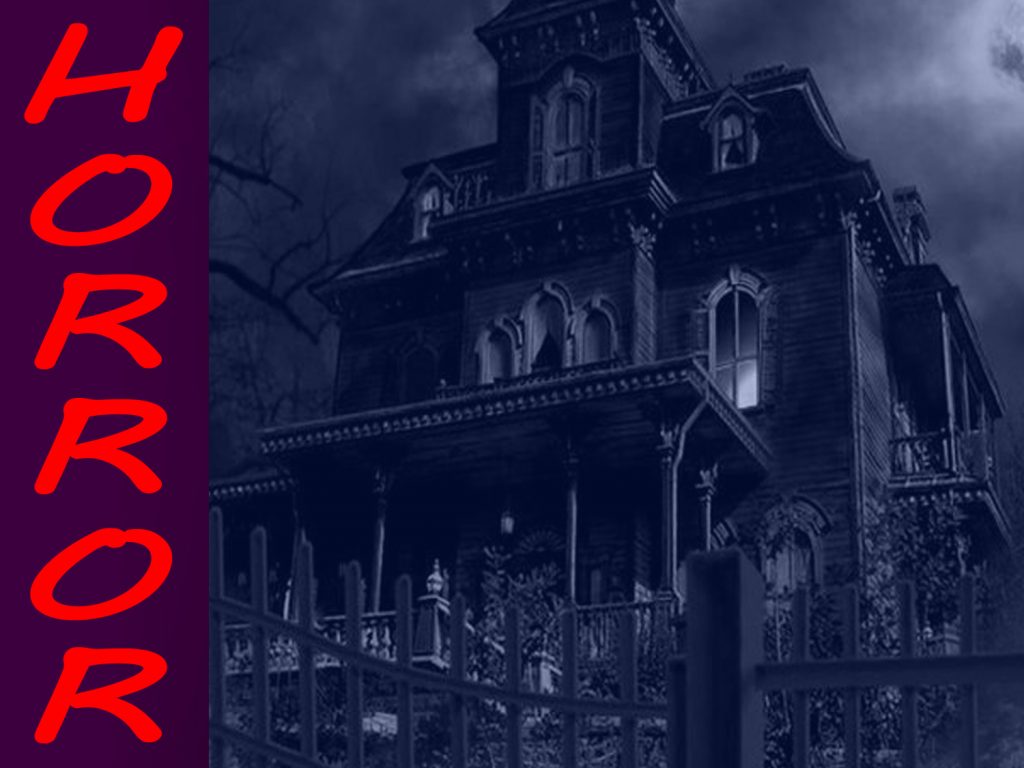
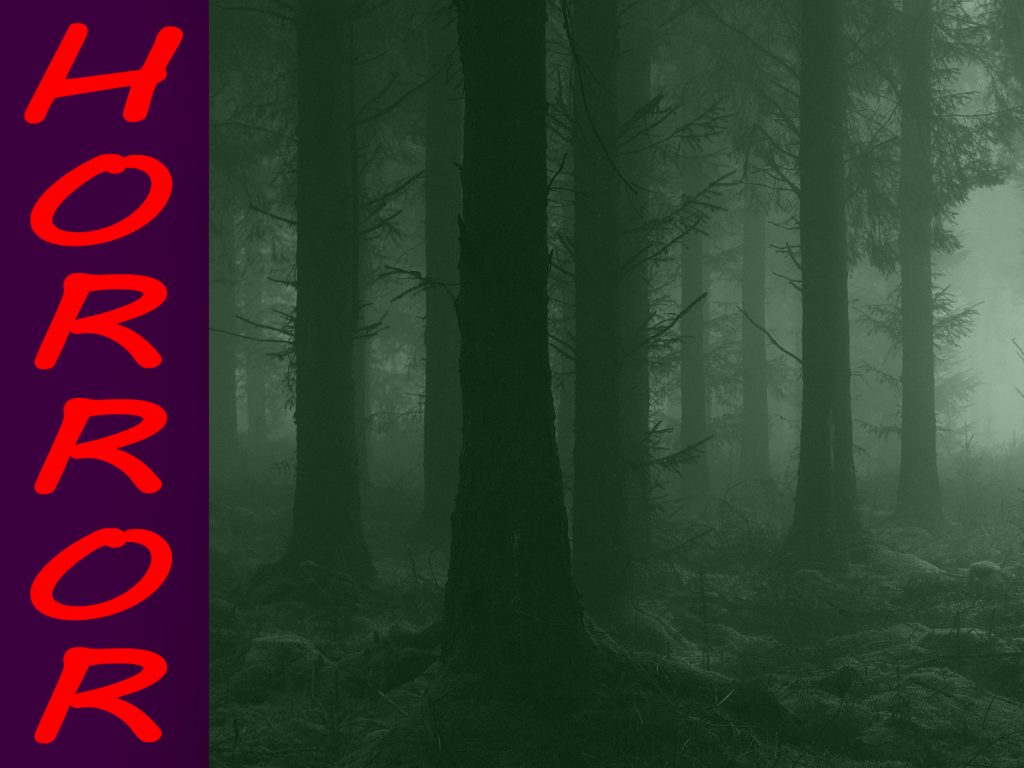
Whether set in such familiar territory, or in a contemporary, nondescript small town, a suburban family home, a roadside motel that has seen better days, a remote farm, a notorious summer camp, aboard an airliner, or travelling the vast cosmos to other worlds in a spaceship…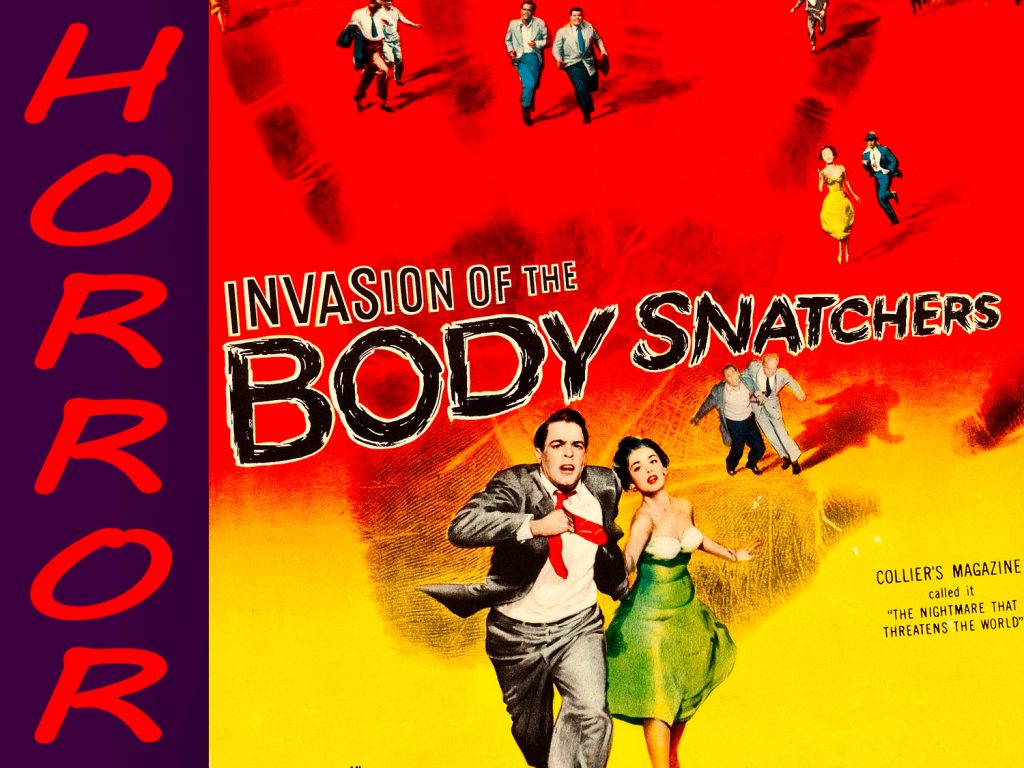
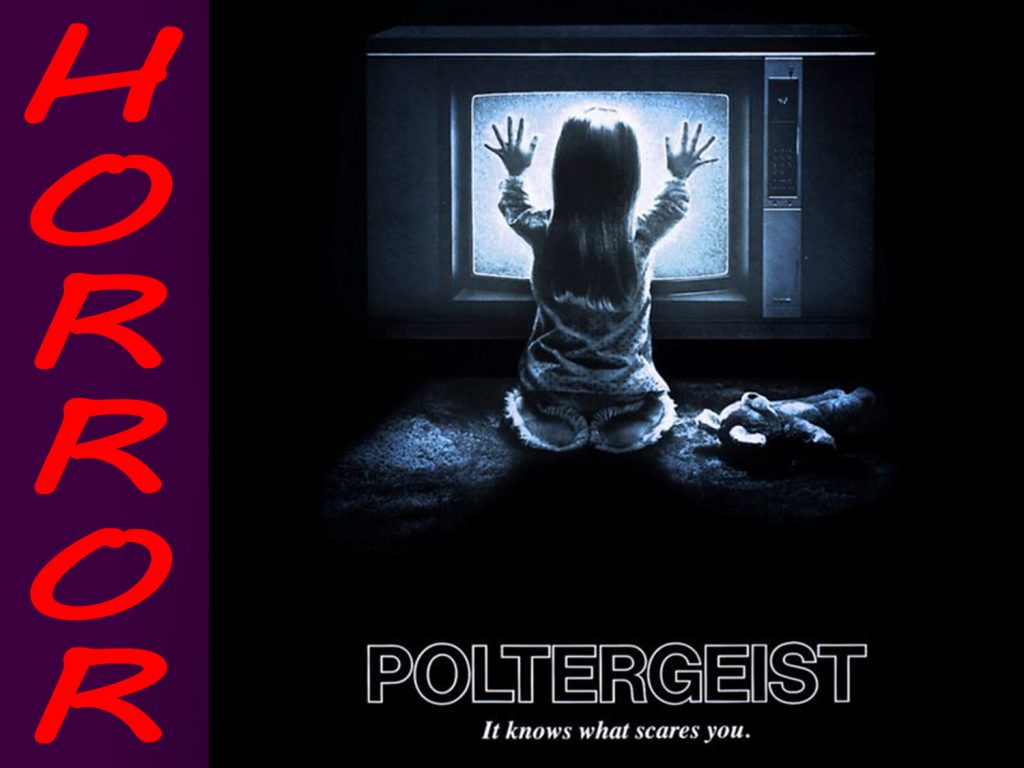
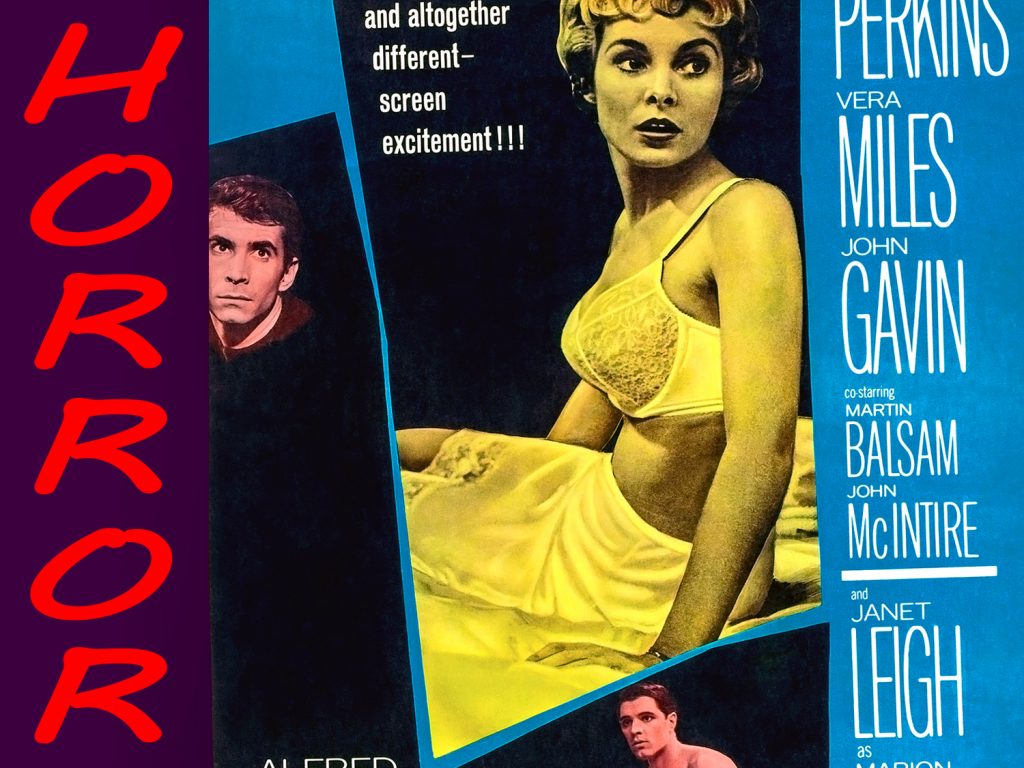
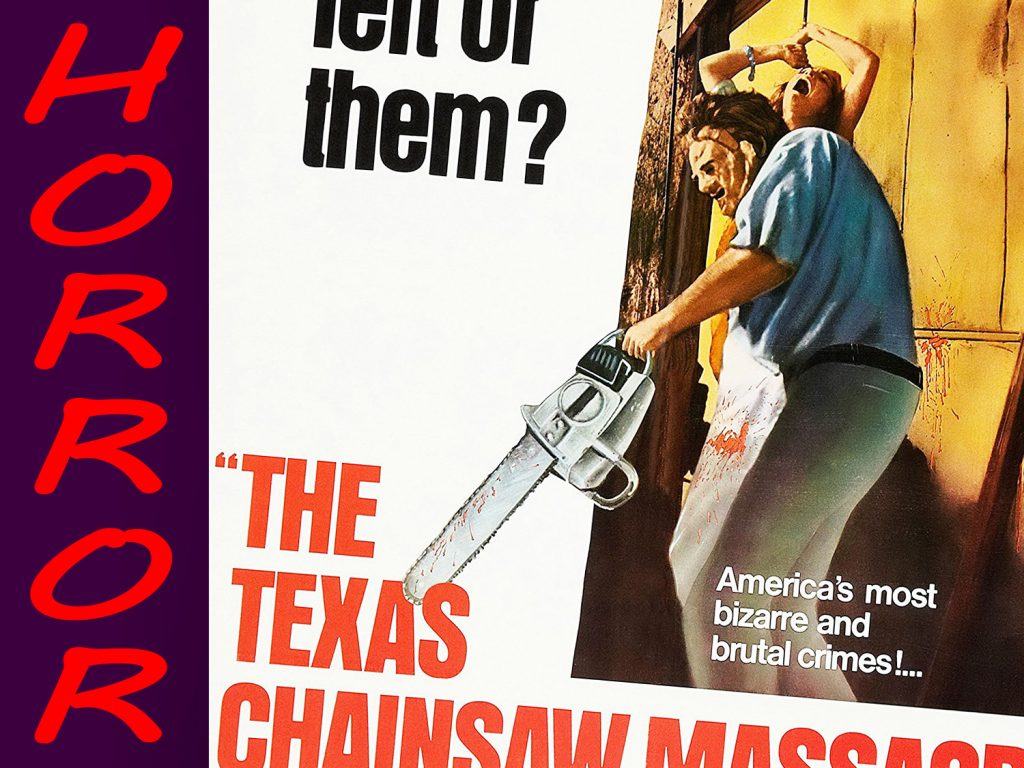
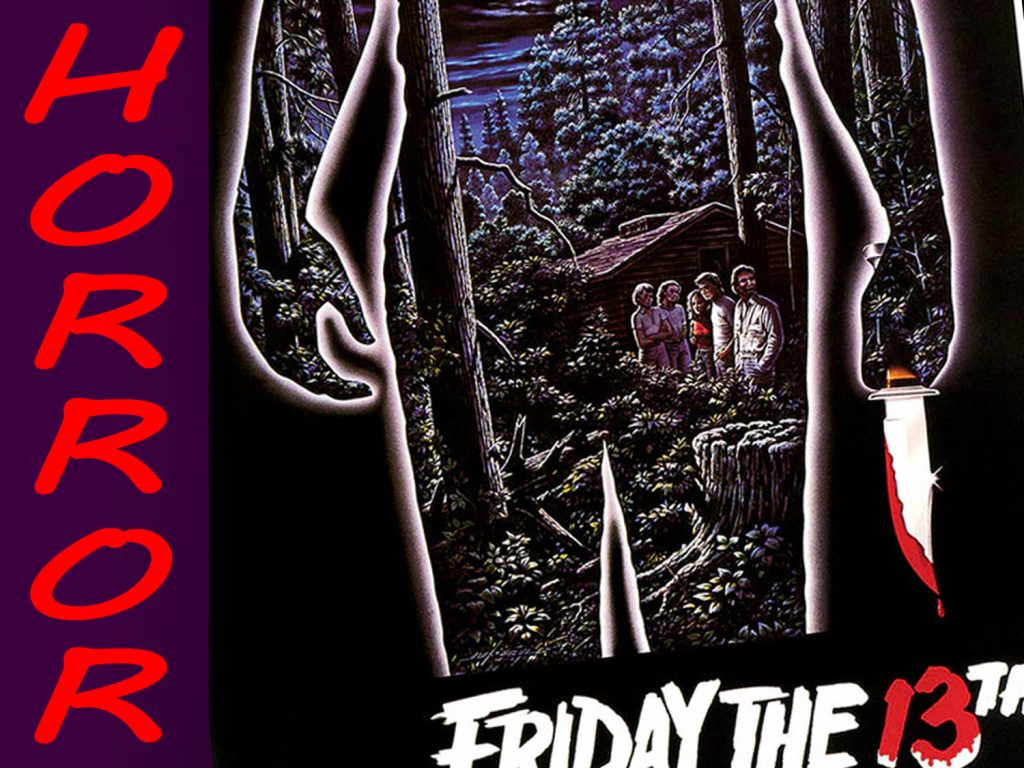
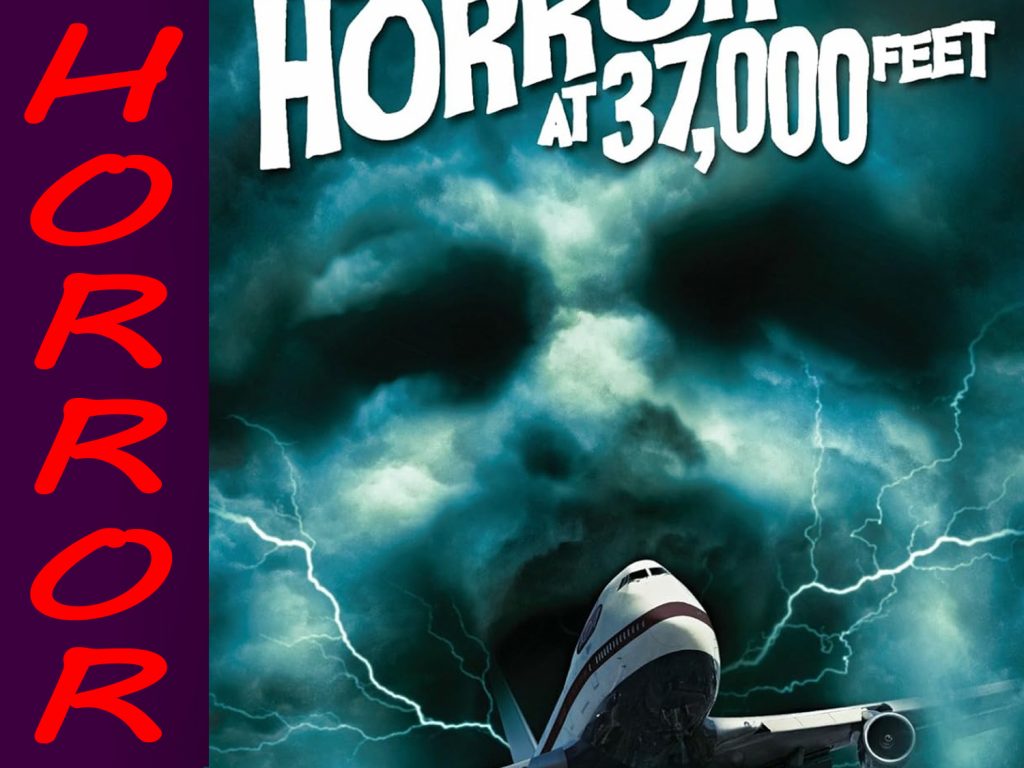
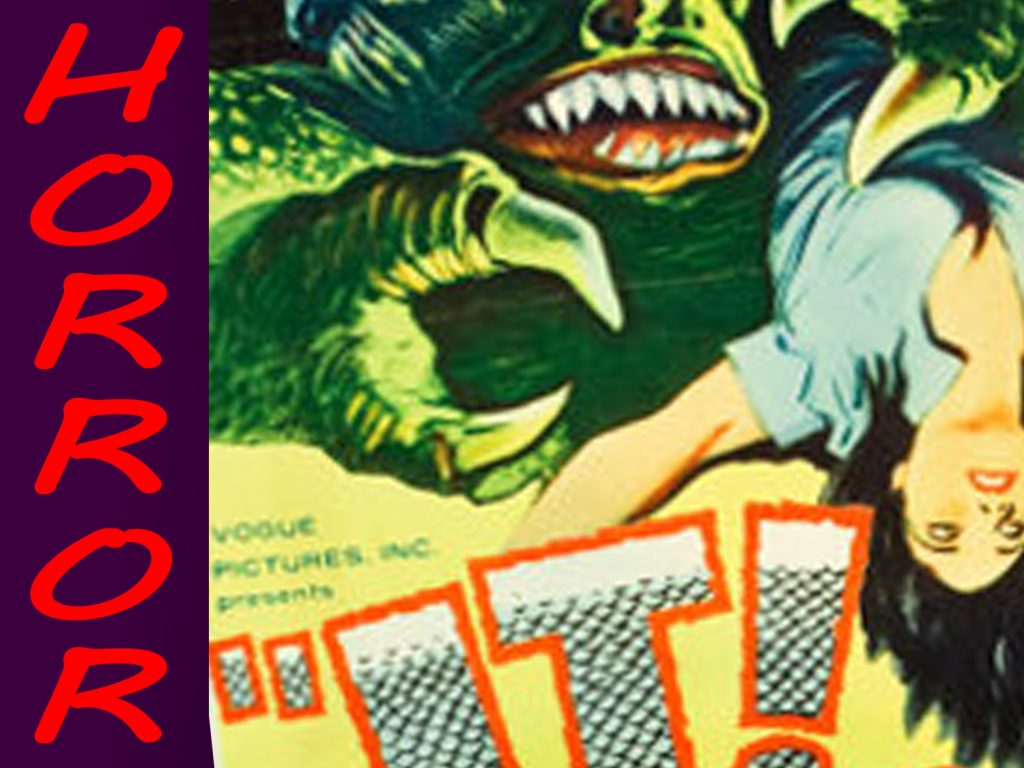
…by employing evocative prose—words that conjure up feelings of dreariness, misery, and thoughts of death—the writer may plant in the subconscious mind of the reader a sense of unease, of gloominess, or of impending danger and demise.
“The old house stood alone atop the hill, a stark grey against the afternoon’s pale sky,” might be more effective as “The archaic house stood a stark, ghostly grey against the afternoon’s melancholy sky, like a solitary gravestone atop a cemetery hill.”
Similarly, a filmmaker may use unconventional camera angles—low, long, askew—or exploit the power of editing—a lingering shot, cut-away, or slow dissolve—to obliquely educe the same mood.
ATMOSPHERE:
As atmosphere for a horror story, a dark and stormy night—as hackneyed as it may sound—is generally preferable to a bright, sunny day. Not that a skilled practitioner of the craft cannot wring dread out of a bright, sunny day! But as a rule, it’s usually the somber darkness of night, or the shroud of a thick fog reaching across a shadowy moor, or a dense and tangled forest that deliver atmosphere in spades.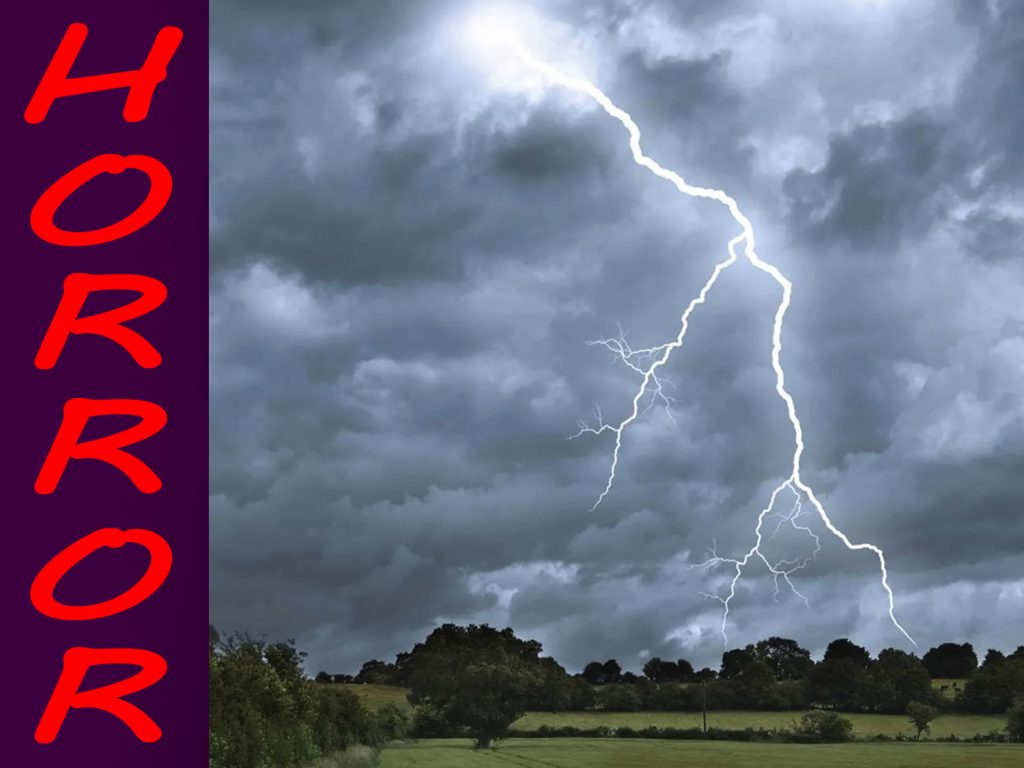
Consider a thunderstorm, advised seasoned horror writer and editor Charles L. Grant (1942-2006). The sky begins to darken, clouds roll in, distant thunder can be heard and lightning flashes on the horizon. “You can feel the storm coming, and there’s nothing you can do about it.” The weather advances, slowly, inexorably. And you out in the open without your raincoat or an umbrella; you are going to get wet!
Grant offers that a writer wants his or her reader to experience that kind of tension in order to ultimately deliver the chills. “If all hell breaks loose right away, what’s left?” he asked rhetorically.
Atmosphere, whether meteorological or metaphorical, sets the appropriate tone.
CHARACTERS:
As with any story in any genre, well-crafted protagonists are of principal importance. Good characters are essential to a good story.
The simple truth of it, says bestselling author Dean Koontz (born 1945), is that the reader must readily identify with and care about the lead characters. Noted Charles L. Grant, “If a character is odious, who cares what’s waiting for him up in the attic?”
To wit, we sympathize with shy, mousy, insecure high school girl Carrie White. We welcome the empathy and kindness of classmate Sue Snell, who felt remorse at having initially taunted Carrie. But we care not for the fate of vain, self-centered bully Christine “Chris” Hargensen and her mean-spirited friends.
Given what Carrie has experienced—the girl’s character arc takes her from victim to vengeance—we understand and even cheer her exacting revenge on her tormentors. And, we are pleased to see that Sue survives and uses the “Black Prom” incident to shine a light on high school bullying.
“Good dark fantasy grows out of the fears of the characters,” Grant further stated. “The story dictates where the chills and shocks will be; the people dictate what the story will be. Work on the people and the shadows will do the rest.”
Koontz outlines five errors of characterization that inhibit a reader’s developing sympathy for a lead character:
1) The lead character must not act irrationally or so stupidly as to get him/herself in trouble as a result. If he/she moves the family into a house that turns out to be haunted and weird shit starts happening, the protagonist gets out of the house. No reasonable person would stay, and the reader will have little sympathy for anyone who does. In order to keep the family in the house, some convincing reason must exist.
2) The character must not remain passive. He/she must take logical action to deal with the antagonists—human or otherwise—which plague him/her. Hiding in a corner…hoping the bogeyman will go away doesn’t cut it with readers. No one likes a wimp.
3) On the other hand, your characters must not be supermen/women whose actions always result in success. This removes any possibility of suspense.
4) Characters must have lives outside of the central story. They should have a past that shaped them, perhaps equipping them to deal with the immediate situation. A character with personal demons to fight, as well as an actual demon, is a well-rounded character rather than one of the cardboard variety who engenders little sympathy from readers.
5) A character must not be concerned solely with his/her own survival when others are facing the same dangers. He/she must have sympathy for a fellow character—a sibling, son or daughter, girlfriend, etc.—and be willing to put him/herself in harm’s way to help that fellow character. A protagonist who abandons others to their fate while saving him/herself is not a character readers will warm up to.
THE MOMENT OF DISQUIET:
This is the moment in a narrative when the reader or viewer, and often the protagonists, as well, first notice that something is a little off, a bit odd, not quite right. It’s nothing overt, not a signal of any immediate threat, but it’s just enough to raise one’s hackles ever so slightly, and to put one on guard. It’s the moment when the dog sniffs the air and starts barking at the darkness out beyond the front porch. It’s the pause the hikers take while trekking across the lowlands, noting an uncharacteristic silence and realizing that even the insects have ceased their ubiquitous chirping and buzzing. It’s when the phone line has gone dead at the isolated cabin-in-the-woods.
The Moment of Disquiet serves to offer an early inkling of looming danger, and foreshadows the deadly threat to come.
THE MOMENT OF VIOLENCE:
This is, quite simply, the moment when the antagonist of the piece commits an act of aggression—the fiendish vampire mauling his comely young prey, sharp fangs savagely piercing her delicate neck; the axe-wielding serial killer’s assault on the hapless teenagers frolicking on the beach; the giant, carnivorous insects overrunning the small, Southern-California town, feeding on the citizenry; the unrelenting zombie horde surrounding the post-apocalyptic survivors and inexorably closing in; the space monster’s ferocious attack on the woefully unprepared astronaut-explorers!
REVULSION:
The lowest of King’s three levels of horror is Revulsion—the gross-out, the grotesque, the especially gruesome and gory! He gives the example of Regan projectile-vomiting in father Karras’ face in The Exorcist (1973). I’ll add another example: the bloodletting of victims in the Hostel movies (2005, 2007, 2011)!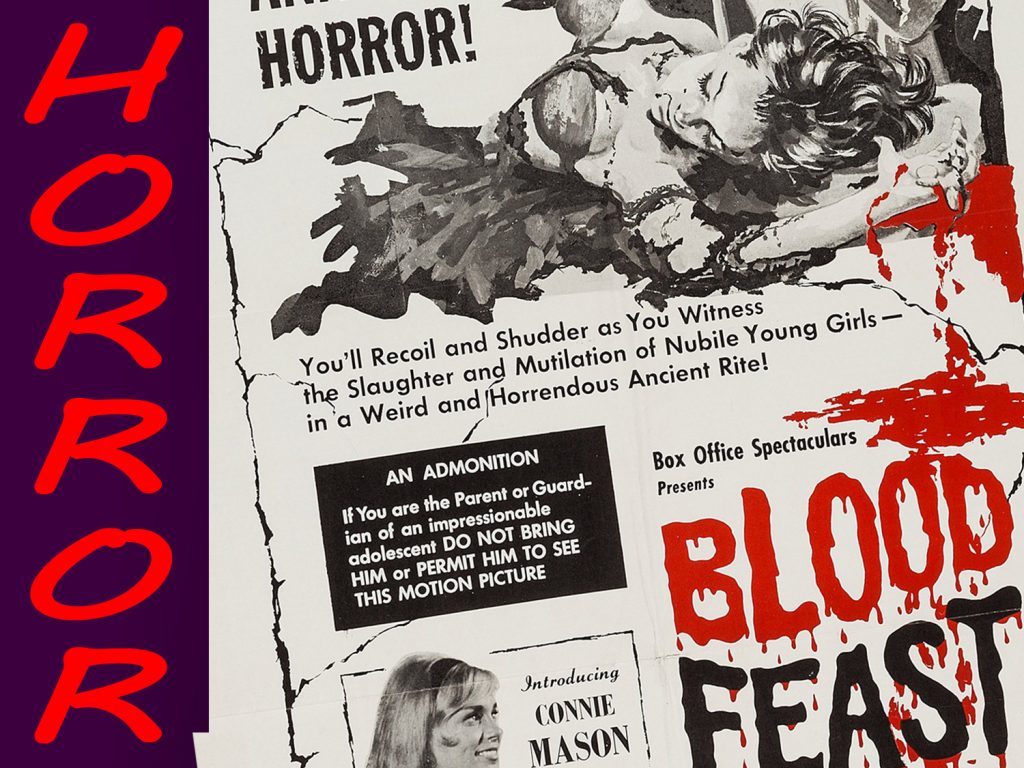
Although there are notable exceptions, Splatter films—more recently termed “Torture Porn” or “Gorno”—like Herschell Gordon Lewis’ seminal Blood Feast (1963), as well as his subsequent Two Thousand Maniacs! (1964) and Color Me Blood Red (1965), traffic in revulsion, frequently tinged with sex.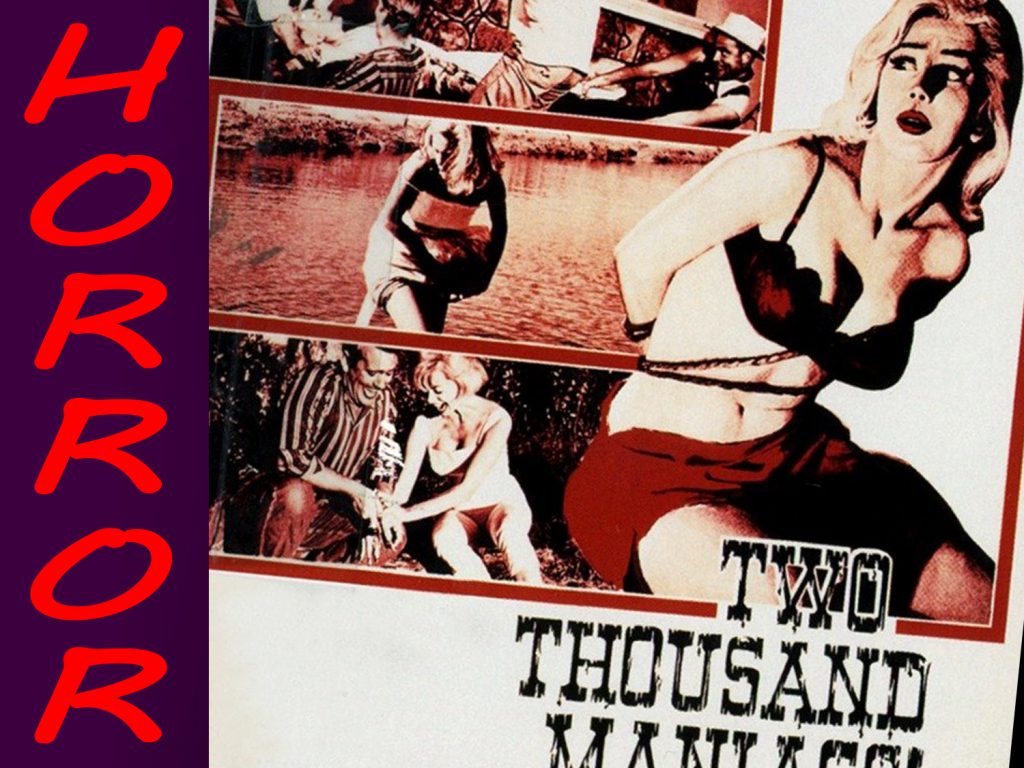
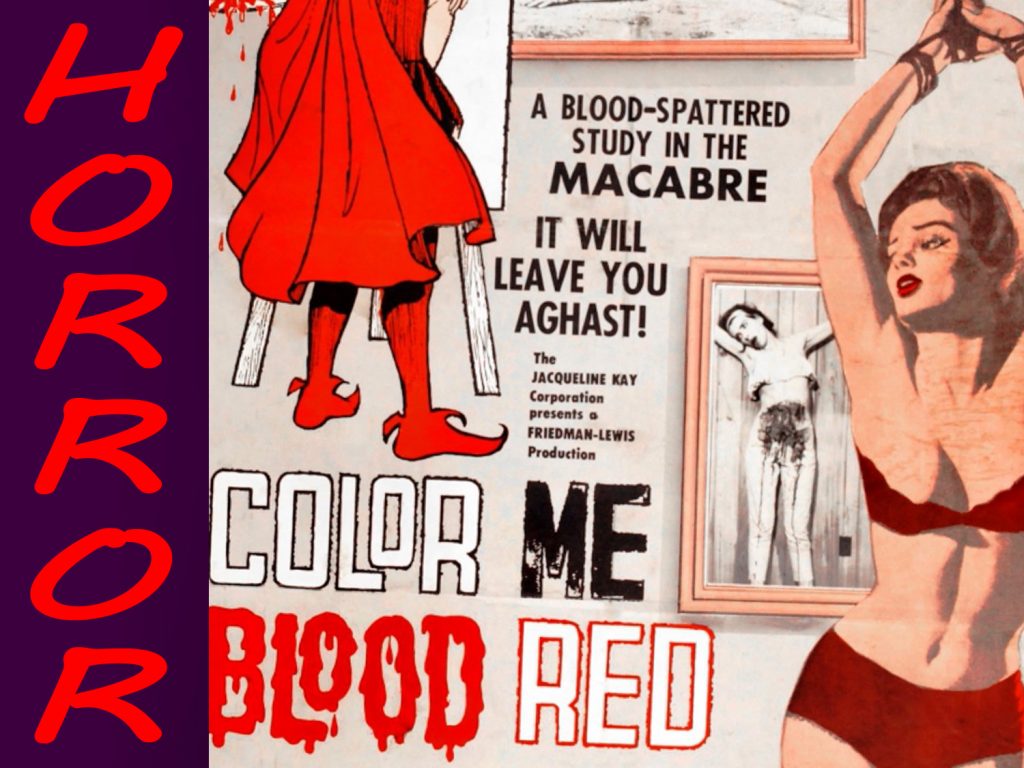
So too the excessively gruesome mockumentary Cannibal Holocaust (1980), presaging The Blair Witch Project (1999), along with a plethora of Slasher flicks pitting, usually, teenagers against a crazed, homicidal stalker relentlessly in pursuit. Movie-goers are presented with little more than explicit depictions of vicious assaults, flesh-rending cruelty, torturous murder, and blood-soaked dismemberment! The goal is to assail audiences with the most unabashedly brutal violations and killings possible using the biggest, sharpest blades, or any of a variety of implements sickeningly repurposed as weapons.
But when such graphic violence becomes so exaggerated, so over-the-top as to become ludicrous and even comedic—Peter Jackson’s Braindead (1992), Idle Hands (1999), Stan Against Evil (2016-2018), chapters of the Evil Dead franchise (1981-2023)—the term “Splatstick” is applied.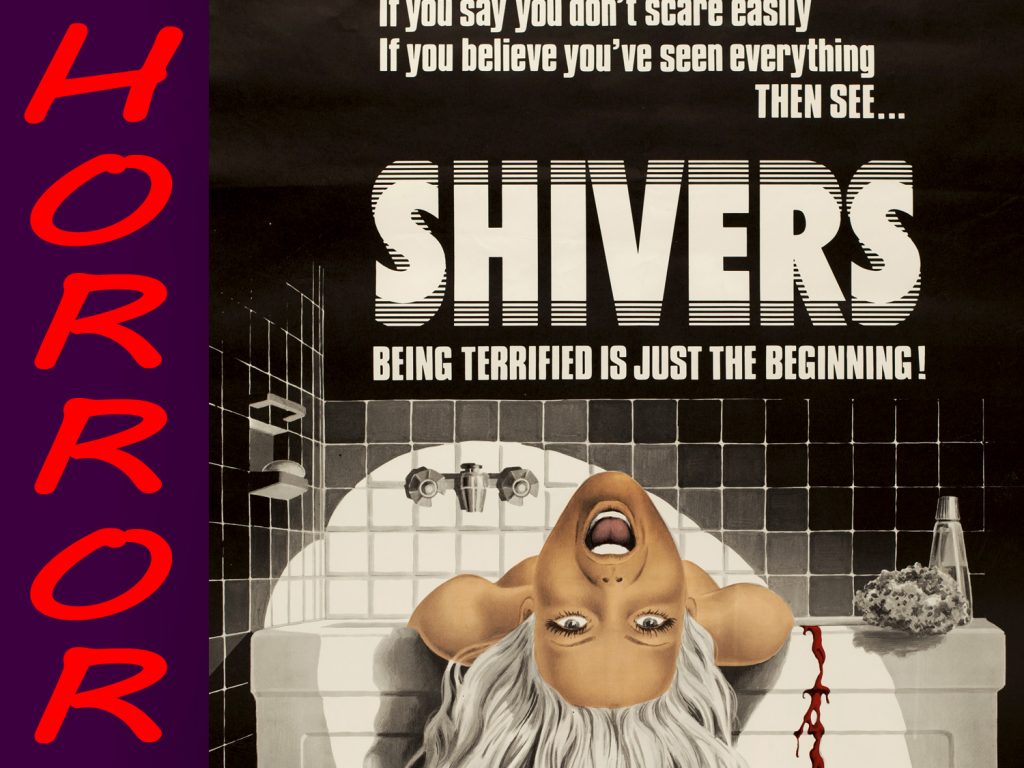
Body Horror, too, highlights the bloody, the stomach-turning, and the repulsive. Canadian director David Cronenberg is widely considered a virtuoso of this sub-genre; his Shivers (1975) and Rabid (1977) are prime examples of oozing, gut-wrenching, parasitic and mutated corruptions of the body.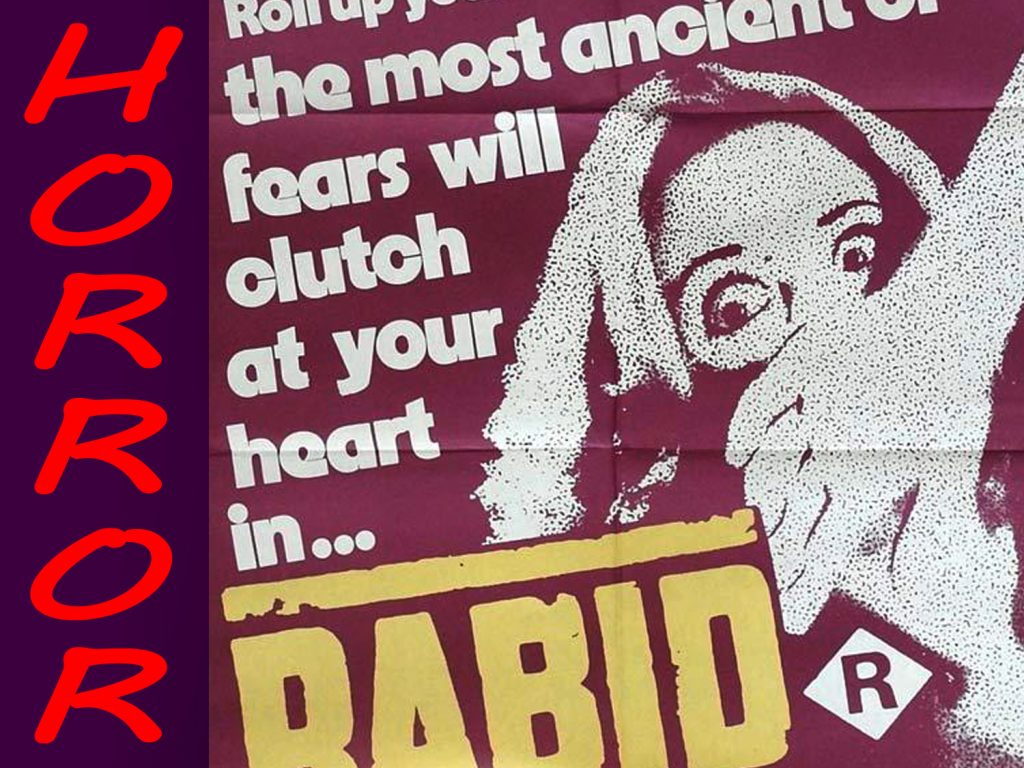
Based on the George Langelaan sci-fi/horror short story of the same name, The Fly (1958) is a cinematic precursor to the Body Horror films of the 1970s and 1980s, and Cronenberg’s 1986 remake fully embraces the form.
Franz Kafka’s novella Die Verwandlung (in English, Metamorphosis; 1915), in which a man inexplicably transforms into a giant insect, is an example of Body Horror before it was so labelled. Other examples date back even further; Mary Shelley’s Frankenstein, for instance.
A manipulation of our natural fight-or-flight reflexes—we gasp, retch, flail, scream, look away, run away—Splatter, Slasher, and Body Horror are horror at its most visceral. Readers and viewers, however, are not so much terrified by this fare as they are revolted. It’s a cheap scare, a tawdry trick dependent upon our involuntary gut reaction to the graphic carnage laid before us rather than on the far more enduring terror our own imaginations can awaken when we are skillfully prompted to contemplate our most profound fears.
THE LEWTON BUS:
The audience watches intently as a character slowly, cautiously, nervously advances down a dimly lit hallway, baseball bat in hand, raised, ready to swing, fearing that an intruder may have entered the house. Suddenly, a flurry of sound and motion! The family cat has jumped out from behind a cabinet, knocking over and shattering a vase!
Movie-goers inevitably jump back in their seats, catching their breath, some letting out a squeal! This is a Jump-Scare, or Pop-Out, the cinematic technique of introducing, without warning, out of the blue, a surprising distraction to either abruptly relieve accumulated tension, or introduce to proceedings an unexpected disruption, thus startling the audience. Here we have another filmmaker’s trick, banking on an instinctive human reaction from viewers and guaranteed to elicit a jolt.
While a well-executed Jump-Scare can be admired, the gag has grown so very common in horror cinema as to become banal. Many critics dismiss as second-rate horror films that rely too much on Jump-Scares. Audiences have learned to recognize the set-up, and they know what’s coming. But even so, they still react as the filmmaker knows they will! It’s akin to that recoil we all experience when turning the crank of a Jack-in-the-Box toy—we know “Jack” is going to pop out at any moment, we just don’t know precisely when, and we can’t help but flinch when he does.
The Jump-Scare was popularized in the 1940s by producer Val Lewton’s specialized B-movie unit, dedicated to turning out horror movies. A gifted, hands-on producer for the then-faltering RKO Studios, Lewton’s noire, marvelously atmospheric output belied the meagre budgets allotted his team.
Their first film was Cat People (1942), the story of a beautiful young woman who believes she is beset by a hereditary curse that sees her transform into a ferocious panther when sexually aroused. As such, she fears consummating her recent marriage.
In one scene, jealous of a rival who has a fondness for her husband, she follows the woman home. Tension builds as the woman becomes increasingly uneasy, believing she is being followed. Then, suddenly, a panther-like hiss, and a bus enters the scene, it’s pneumatic brakes releasing, and the woman climbs aboard. The tension is broken, the potential victim is safe! For now…
And so the original term for a Jump Scare was coined: The Lewton Bus.
MUSIC:
The faint tremolo of strings, rising to a crescendo as we creep ever closer to a shock, the driving bass of a chase sequence, the piano melody conveying a quiet moment of relief from the mayhem… In horror cinema and television, accompanying music helps to set the mood—tense, frantic, ghastly!
HORROR:
This middle level of horror, King states, delivers shock value! It’s the reveal, the moment the masked killer, the slimy creature, the unspeakable aberration appears before the protagonists in all its slavering glory, full monty, if you will! When well executed, either by vivid, descriptive prose or visual effect, we are sufficiently horrified at the monster, the very source of our fear.
In “The Call of Cthulhu” (1928), H. P. Lovecraft describes a “Horror in Clay,” not, in fact, Cthulhu himself, but an artistic interpretation of the cosmic entity, for as any Lovecraft reader knows, the legendary Great Old One, who even primitive men have never beheld, has for eons laid inert with others in their sunken city beneath the sea. Telepathically inhabiting the minds of men, “moulding their dreams,” Cthulhu is worshipped by secret cults and awaits the proper alignment of stars that will signal his resurrection.
The bas-relief depicted…
“a figure of evidently pictorial intent, though its impressionistic execution forbade a very clear idea of its nature. It seemed to be a sort of monster, or symbol representing a monster, of a form which only a diseased fancy could conceive. If I say that my somewhat extravagant imagination yielded simultaneous pictures of an octopus, a dragon, and a human caricature, I shall not be unfaithful to the spirit of the thing. A pulpy, tentacled head surmounted a grotesque and scaly body with rudimentary wings; but it was the general outline of the whole which made it most shockingly frightful.”
Further along, a small statuette of Cthulhu is described:
“One sight of the thing had been enough to throw the assembled men of science into a state of tense excitement, and they lost no time in crowding around him to gaze at the diminutive figure whose utter strangeness and air of genuinely abysmal antiquity hinted so potently at unopened and archaic vistas. No recognised school of sculpture had animated this terrible object, yet centuries and even thousands of years seemed recorded in its dim and greenish surface of unplaceable stone.
The figure, which was finally passed slowly from man to man for close and careful study, was between seven and eight inches in height, and of exquisitely artistic workmanship. It represented a monster of vaguely anthropoid outline, but with an octopus-like head whose face was a mass of feelers, a scaly, rubbery-looking body, prodigious claws on hind and fore feet, and long, narrow wings behind. This thing, which seemed instinct with a fearsome and unnatural malignancy, was of a somewhat bloated corpulence, and squatted evilly on a rectangular block or pedestal covered with undecipherable characters. The tips of the wings touched the back edge of the block, the seat occupied the centre, whilst the long, curved claws of the doubled-up, crouching hind legs gripped the front edge and extended a quarter of the way down toward the bottom of the pedestal. The cephalopod head was bent forward, so that the ends of the facial feelers brushed the backs of huge fore paws which clasped the croucher’s elevated knees. The aspect of the whole was abnormally life-like, and the more subtly fearful because its source was so totally unknown. Its vast, awesome, and incalculable age was unmistakable; yet not one link did it shew with any known type of art belonging to civilisation’s youth—or indeed to any other time. Totally separate and apart, its very material was a mystery; for the soapy, greenish-black stone with its golden or iridescent flecks and striations resembled nothing familiar to geology or mineralogy. The characters along the base were equally baffling; and no member present, despite a representation of half the world’s expert learning in this field, could form the least notion of even their remotest linguistic kinship. They, like the subject and material, belonged to something horribly remote and distinct from mankind as we know it; something frightfully suggestive of old and unhallowed cycles of life in which our world and our conceptions have no part.”
TERROR:
King speaks of the top-most of his three levels of horror as “the finest element,” Terror, which he defines as those suspenseful moments before the monster is revealed! The anticipation of encountering whatever lurks in the dark, or looms in the mist, or awaits at the bottom of the stairs is key.
Dean Koontz is of a like opinion, asserting that the anticipation of violence is more “fun” than the violence itself. The suspense of inching through a funhouse corridor waiting for the ghoul to pop out makes for a better sequence than the moment the ghoul actually springs forward from a trap door!
In Aliens (1986), tension is palpable as the Colonial Marines advance methodically, carefully through the corridors of Hadley’s Hope, the terraforming facility on LV-426, checking room after room. They find and examine signs of the aliens having been present, but encounter none. By design, the action moves slowly, deliberately, and suspense builds. Meanwhile, the audience are on the edge of their seats, for they know what awaits the marines: sooner or later, the aliens will leap out. And when they do, the tempo shifts in an instant to fast and furious!
As with good sex, foreplay has built to a climax.
Says Koontz of The Shining (1977), Stephen King spends two spine-tingling pages on young Danny just opening the door of Room 217 and stepping inside to find the dead woman in the bathtub. And when she suddenly opens her eyes and reaches for him, the switch is thrown and the rest of that scene moves with lightning speed.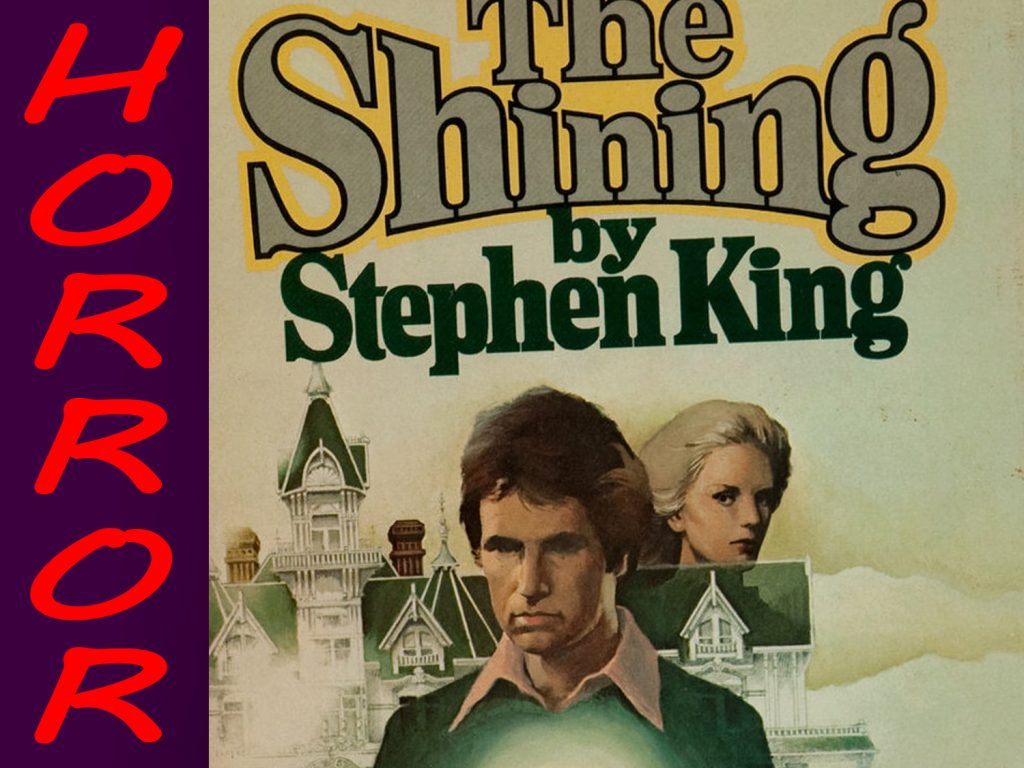
The whole novel is one delicious anticipation sequence, he adds, as we know that, sooner or later, Jack Torrance is going to go after his son with an axe. Tension has built to an excruciating level when that climax finally comes.
But other horror specialists argue that we need not necessarily meet the antagonist. In fact, counterintuitively perhaps, it’s rather more terrifying if we don’t, or if contact is but fleeting, shadowy.
To return to our Aliens example, while Ripley and the audience have faced a Xenomorph before, at this point, the marines have not and so the scene described above works because Ripley and the audience know more than do the characters advancing through the terraforming facility, and because they empathize with those characters and know that some of them are about to die.
But how much more terrifying were the skirmishes with this deadly creature in Alien (1979)—quick glimpses, partially hidden; was that a tentacle, or a tail? The alien was nothing we could solidify in our minds. It was an unknown, and let’s not forget what Lovecraft had to say about fear of the unknown.
A full reveal, then, would in that moment, arguably, drop us down a rung on King’s ladder to the Horror level, still an effective scare, but not nearly as intense as the terror that ensues when our imaginations are left to do the heavy lifting.
Genre writer William F. Nolan (1928-2021) commented that nothing is so frightening as what’s behind the closed door. But when that door is thrown open and a ten-foot-tall creature is standing there in the doorway, we are apt to feel a little disappointed, oddly relieved, for we were thinking that the monster might be 100 feet tall!
Similarly, Charles L. Grant opined, “I prefer the threat of the razor to the blow of the bludgeon; I like shadows more than daylight.” To describe in graphic detail the results of an attack by a madman or monster is an “insult to the imagination.” Many singularly unimaginative directors of horror movies and writers of novels make this mistake. Reaction to such a scene is revulsion, not fear, not Terror.
In the urban legend labeled “The Hook,” or the classic W. W. Jacobs short story “The Monkey’s Paw” (1902), or The Blair Witch Project (1999), we are not confronted with anything outright nasty, but our imagination conjures up far more of a scare than any prose or special effect ever could. The suggestion alone is enough to get our mind’s eye working. We are thinking about what monstrosity must have been skulking so very close, just outside the car, the door, or the tent.
Stylistic techniques used by writers to manufacture suspense—that essential ingredient—include using simpler words and shorter sentences as the narrative approaches a Moment of Violence, giving the reader an increasing sense of unstoppable, headlong forward motion.
Yet in his novel The Vision (1977), Koontz took the opposite approach, writing much of the encounter as one long, breathless sentence, thus conveying the chaos and frenzy of the killer’s knife attack on the lead character.
As mentioned regarding Setting, brief scene- and mood-establishing imagery, and character descriptions as the moment approaches may use words related to danger and death, subliminally suggesting to the reader that the protagonist is in peril, and might die—“the place was as quiet as a morgue,” or “the old man’s face was withered and as pale as a corpse,” or “her blood-red gown stood in stark contrast to the bleak, ashen surroundings.” You get the idea!
All of these crucial elements naturally intermingle and in the hands of a skilled Master of the Macabre, a Practitioner of the Petrifying, a Doctor of the Dreadful, a Sultan of the Scare—okay, I’m done!—are expertly blended just so in order to deliver the utmost in dark, creepy, bloodcurdling thrills and terror on both page and screen!
We’ll close with a few words of advice for fan-fiction writers and aspiring horror novelists:
Author Robert Bloch (1917-1994), best known for Psycho (1959), counselled that a good horror writer must incorporate originality—of prime importance—and write in a length most effective. If a theme is shopworn, the twist or payoff should be fresh. And there’s no need for a trilogy when a novel will do, or for a novel when a short story suffices.
Charles L. Grant counselled, “Find your monster from that which scares you. And remember that the monster is far more frightening as a shadow, an unknown, than as a Thing.”
Finally, writer, editor, and critic Douglas E. Winter (born 1950) outlines ten standards of excellence in horror fiction that may serve as a useful guide for the next H. P. Lovecraft, Shirley Jackson, Ramsey Campbell, Anne Rice, or Stephen King about to dip his or her quill into the horror inkwell:
1) Originality—bring something new to the table, or explore a fresh angle on a classic theme.
2) Characterization—write sympathetic characters.
3) Reality—there is no effective horror without a contrasting reality. We must have the natural in order that we are made uneasy and frightened by the supernatural.
4) Mystery—it is not the job of the horror writer to answer all the questions. It’s not particularly frightening if everything is explained in some logical manner on the last page, effectively diluting the terror. Leave the reader with some mystery, something to wonder about, something to fear.
5) Bad Taste—the best horror fiction tests the boundaries of acceptable behaviour. The reader is forced to grapple with society’s taboos laid bare before him. But even the most abhorrent perversions can be forgiven if done with style.
6) Suggestion—the horrors are always more effective when suggested and left to the imagination than when explicitly presented, an approach often employed in horror cinema, unfortunately.
7) Subtext—great horror fiction provides all the shocks and scares of the carnival funhouse, but offers, as well, comment on the human condition, a lasting impression the reader takes with him/her beyond the last page. Stephen King’s Salem’s Lot imprints upon the classic vampire lore sociopolitical themes. Carrie, too, comments on the sometimes relentless cruelty of high school bullying.
8) Subversion—in, particularly, the conventional American movie context, swimming against the current comes with awful consequences—don’t talk to strangers, don’t party, don’t have casual sex with your boyfriend in the back of his car, don’t step outside the puritanical constricts of society, don’t be subversive or the bogeyman will get you. But perhaps conforming is the worst horror of all!
9) Monsters—the traditional monsters of the genre—vampires, werewolves, space aliens—are joined by the modern monsters of our world—disaffected youth, narcissists and psychopaths, child abusers, soulless corporations. In other words, us! A good monster, whether actual or allegorical, worldly or otherworldly, is essential.
10) Endgame—a good horror story requires a satisfying ending. The writer must awaken the reader from the nightmare and return him/her to the workaday world, but not without a good dose of lingering anxiety. This particular episode has concluded but is it really over? Will the monster be back? How long before the threat arises once more? Can we ever really be safe again?
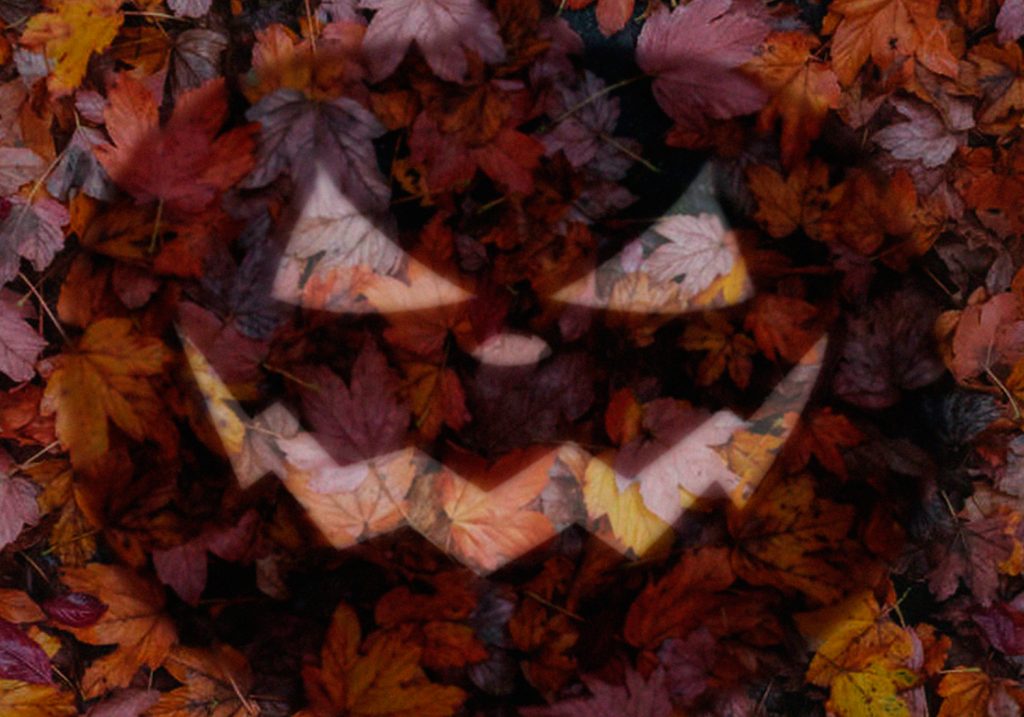 6) Using Common Sense to Stay Alive on All Hallows’ Eve!
6) Using Common Sense to Stay Alive on All Hallows’ Eve!
October 31st is in just two weeks and legend has it that Halloween, or All Hallows’ Eve, is the night on which the veil between our corporeal world and the spirit realm is at its thinnest, allowing a measure of intersection between the two. So we thought it prudent to offer a few important tips on how to live through these nocturnal hours. Here are our:
1) NEVER SPLIT UP! In any deadly encounter with an unspeakable, preternatural abomination, when you have the benefit of numbers, never split up! Slap upside the head the idiot in your party who proposes a plan of action that involves your faction dividing its forces! Never, ever follow such counsel! You’d just be making it easier for the beastly terror to pick you all off one by one! By sticking together, at least one, or maybe two of you have a chance of making it out alive!
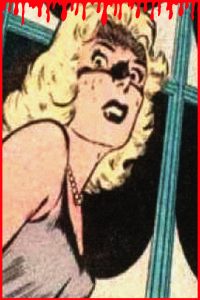 2) NEVER INVESTIGATE THE SOURCE OF UNUSUAL SOUNDS! If you hear a strangely unnatural or unanticipated loud noise, for Pete’s sake, do not volunteer to seek out its origin when your companions ask “What was that?” Under no circumstances should you go looking for what caused the noise in question! Appreciate that this is an audible clue, a hint, a sign, a portent of something terrible lurking just around the corner!
2) NEVER INVESTIGATE THE SOURCE OF UNUSUAL SOUNDS! If you hear a strangely unnatural or unanticipated loud noise, for Pete’s sake, do not volunteer to seek out its origin when your companions ask “What was that?” Under no circumstances should you go looking for what caused the noise in question! Appreciate that this is an audible clue, a hint, a sign, a portent of something terrible lurking just around the corner!
However, if you do choose to throw caution to the wind and venture after the source of said noise, only to find that it seems to have just been the cat, you have mere moments to live! Run in the hope that you’ll prove sufficiently fleet of foot to evade a grisly demise. But fully expect to die!
3) DON’T LOOK IN THERE! Never open a closet door if you even in the slightest suspect that something other than somebody’s wardrobe is hanging within!
By the same token, kids, what good does it do you to know what might be lurking under your bed, anyway? Why risk a look-see? If a monster has established itself below your box spring, you’ll be up all night, too scared to sleep lest the creature come out from under there to get you while you slumber! And if there’s nothing under your bed but dust bunnies, you’ll be up all night worrying about when a monster might decide to take up residence! Either way, you won’t be getting any sleep. So that being the case, ipso facto, you don’t really need use of a bed, do you? Get up, go downstairs, and watch TV until it’s time for breakfast!
Oh, and ladies, take note: never draw the shower curtain unless you are absolutely sure that the only thing behind that flimsy barrier is a bath tray holding a washcloth, luffa, bar of soap, and a bottle of shampoo/conditioner! This is indispensable guidance to keep in mind, particularly if you are staying overnight at a remote roadside motel run by a clerk with mommy issues!
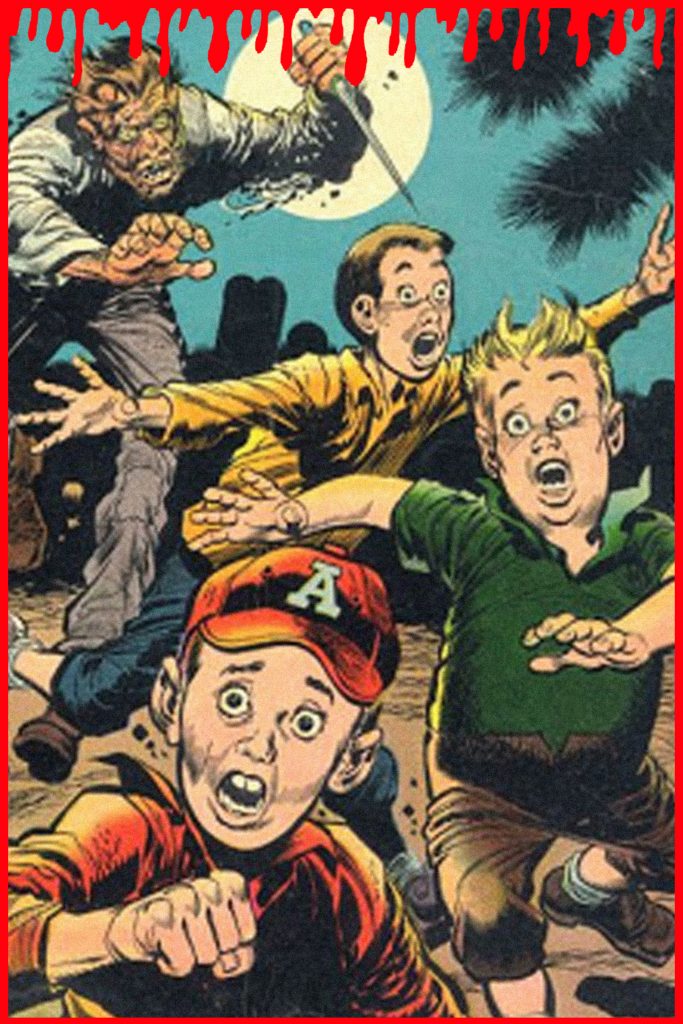 4) ALWAYS RUN AWAY! Animals, including human beings, are possessed of a primal instinct, when faced with danger, to either take on the threat, head-on, or to flee. Behavioral scientists refer to this innate impulse as the “Fight or Flight” reflex. Particularly when dealing with entities evil, monstrous, or supernatural in nature, always choose “Flight!” I mean, do you really think you’ll be able to take down a malevolent demon summoned from Perdition’s flames with that baseball bat leaning up against the wall over there?
4) ALWAYS RUN AWAY! Animals, including human beings, are possessed of a primal instinct, when faced with danger, to either take on the threat, head-on, or to flee. Behavioral scientists refer to this innate impulse as the “Fight or Flight” reflex. Particularly when dealing with entities evil, monstrous, or supernatural in nature, always choose “Flight!” I mean, do you really think you’ll be able to take down a malevolent demon summoned from Perdition’s flames with that baseball bat leaning up against the wall over there?
It’s very important to understand the physics of running away. When sprinting full-out for your life from a monster giving chase, understand that even though you are running at track-star speed and the monster is shambling along in plodding pursuit, it will invariably catch up with you! As a general rule, the monster’s rate of gain is inversely proportional to the speed at which you are running. The mathematical statement
 describes the reciprocal relationship between “X”, defined as your speed, and “Y”, defined as the distance between you and the monster. As your speed (X) increases, the distance between you and the monster (Y) decreases! If we then define escape as “E”, thus does the following mathematical statement describe your chances of success in that regard:
describes the reciprocal relationship between “X”, defined as your speed, and “Y”, defined as the distance between you and the monster. As your speed (X) increases, the distance between you and the monster (Y) decreases! If we then define escape as “E”, thus does the following mathematical statement describe your chances of success in that regard:
 To further hamper your efforts, you can expect to trip and fall once or twice, more if you are female! And, you can also anticipate entangling your clothing on something, or becoming pinned under a fallen tree trunk or some such, and so have to waste valuable seconds struggling to free yourself as the monster lumbers ever closer.
To further hamper your efforts, you can expect to trip and fall once or twice, more if you are female! And, you can also anticipate entangling your clothing on something, or becoming pinned under a fallen tree trunk or some such, and so have to waste valuable seconds struggling to free yourself as the monster lumbers ever closer.
If you drove to the scene, incidentally, should you actually make it back to your car in one piece, relieved that you can now speed away to safety, expect that you’ll either fumble with and drop your keys, or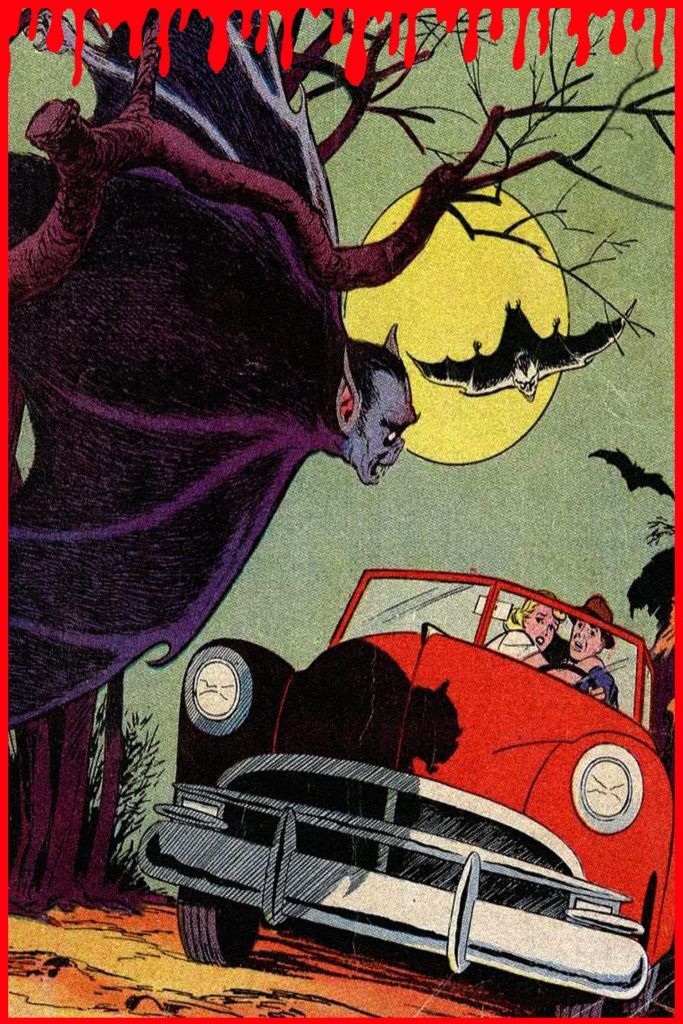 that your automobile, inexplicably, won’t start, even though the vehicle was working just fine earlier!
that your automobile, inexplicably, won’t start, even though the vehicle was working just fine earlier!
Your only real hope in such circumstances is that something comes into play which temporarily distracts the monster, causing it to break off its pursuit and allowing you an opportune moment to scram! Obviously, it is strongly recommended that you take full advantage of such a moment!
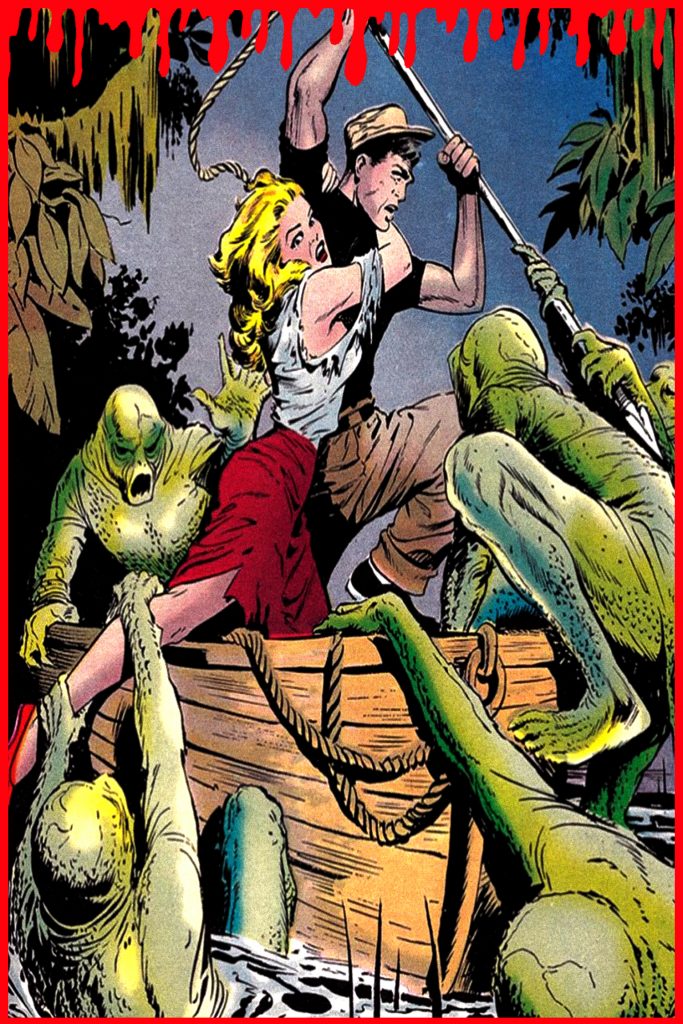 5) IF YOU THINK IT’S SAFE TO GO IN THE WATER, THINK AGAIN! It’s never safe to go in the water! Piranhas, barracudas, and sharks are the least of the dangers to be found beneath the waves! You just don’t know what’s down there! You have no idea what shocking, scaly aberration may be swimming around below the surface, waiting to sink jagged teeth into parts of your anatomy, or wrap slimy digits or tentacles around your leg and pull you under! So swim quickly back to the beach and get to high ground, especially if you hear someone issuing the command to “Release the Kraken!”
5) IF YOU THINK IT’S SAFE TO GO IN THE WATER, THINK AGAIN! It’s never safe to go in the water! Piranhas, barracudas, and sharks are the least of the dangers to be found beneath the waves! You just don’t know what’s down there! You have no idea what shocking, scaly aberration may be swimming around below the surface, waiting to sink jagged teeth into parts of your anatomy, or wrap slimy digits or tentacles around your leg and pull you under! So swim quickly back to the beach and get to high ground, especially if you hear someone issuing the command to “Release the Kraken!”
And never, for any reason whatsoever, wade or dive into rank, murky swamp, brackish lagoon, chilling lake, or open ocean waters! I mean, do you really want to risk gruesome injury or even death just so you can snorkel dive, waterski, or skinny-dip with your girlfriend or boyfriend? Choose a safer option! If neither of you have a backyard pool, just run around together under a lawn sprinkler!
And while we’re on the water, never come up alongside and board any drifting, derelict, ship you may come across while at sea. To satisfactorily fulfill your maritime duty to lend assistance, note the wreck’s position, radio it in to the Coast Guard, and let them deal with it! That’s their job, after all! And given that you are not employed by the Coast Guard, be certain to remain aboard your own vessel at all times!
However, if you do decide to board the decaying hulk under some misguided notion that there might be a number of poor souls still aboard, incapacitated and in need of aid, you may well be correct! There might be a few, or perhaps many poor souls still aboard! But the thing is, they would surely be, at this point, just that: souls! Likely of the cursed variety! And if these ghosts have not yet moved on to the other side, you don’t want to stick around to find out why! Get off the ship posthaste!
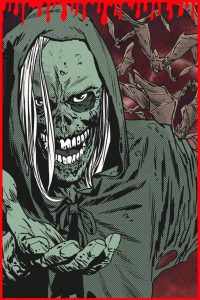 666) SPURN THE NUMBER OF THE BEAST! At all costs, balk at anything bearing a sequence of three sixes—an address, hotel suite number, route number, flight number, part of a license plate or telephone number, even a price tag or lottery ticket displaying three consecutive sixes! And definitely steer clear of anyone sporting a “666” tattoo! Generally, abnegate anything and anyone connected in any way with that number! You’ll have a devil of a time unless you do! And that means this entry, by the way; why are you still reading this one? Stop! Right now! It may already be too late!
666) SPURN THE NUMBER OF THE BEAST! At all costs, balk at anything bearing a sequence of three sixes—an address, hotel suite number, route number, flight number, part of a license plate or telephone number, even a price tag or lottery ticket displaying three consecutive sixes! And definitely steer clear of anyone sporting a “666” tattoo! Generally, abnegate anything and anyone connected in any way with that number! You’ll have a devil of a time unless you do! And that means this entry, by the way; why are you still reading this one? Stop! Right now! It may already be too late!
7) FACE FACTS! When you’ve reached the point of strapping your welt- and oozing blister-covered adolescent daughter to her bed as she hurls both vulgarities and vomit in your direction, you must face the fact that the situation is now way beyond the involvement of her school’s guidance counselor, or even the need of medical intervention! Don’t bother dialing your local health clinic to schedule an appointment with a psychiatrist; call the nearest 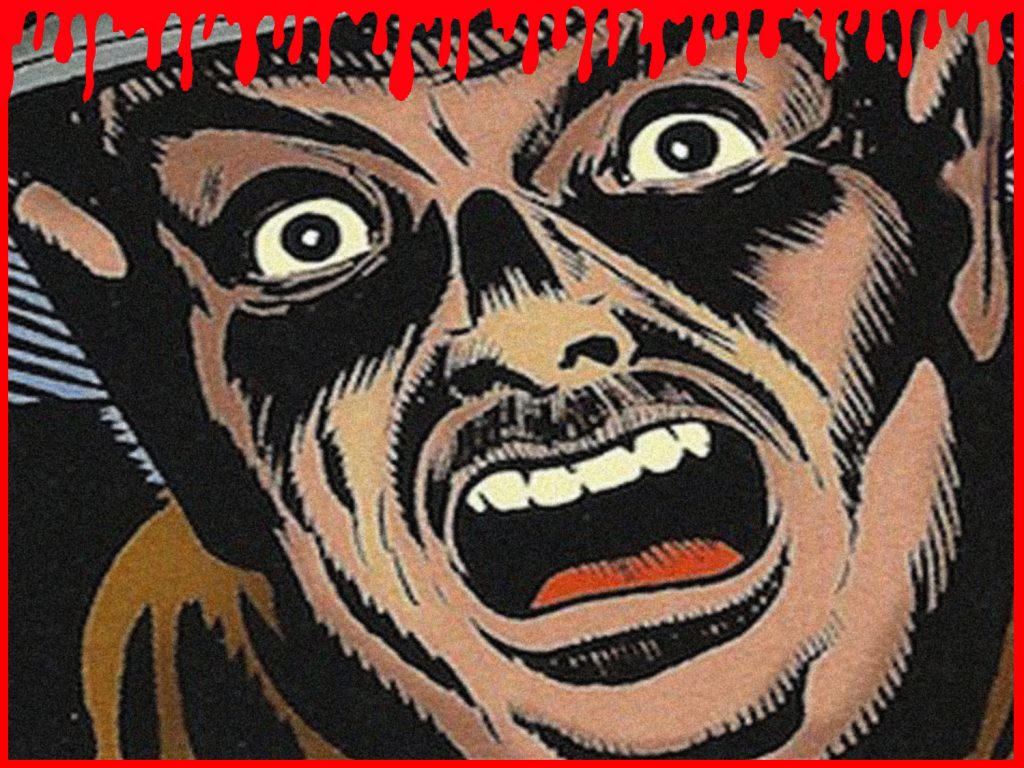 diocese and ask to be connected to the exorcism department!
diocese and ask to be connected to the exorcism department!
Similarly, if a cabal of Satanists shows up at your baby shower to fawn over your newborn son, you need to face the fact that Junior is the son of Satan and his “Terrible Two’s” are going to be “H”-“E” double hockey sticks!
8) GET OUT OF TOWN!
Should you take a wrong turn and in due course happen upon a small, dusty, deserted town in the middle of nowhere, consider that there is probably a good reason for said hamlet being deserted! Do not under any circumstances stop to see if there’s someone around who might be able to give you directions back to the main highway! Step on the gas and keep going, as fast as you can, easing up on the accelerator only when you are well outside of town limits.
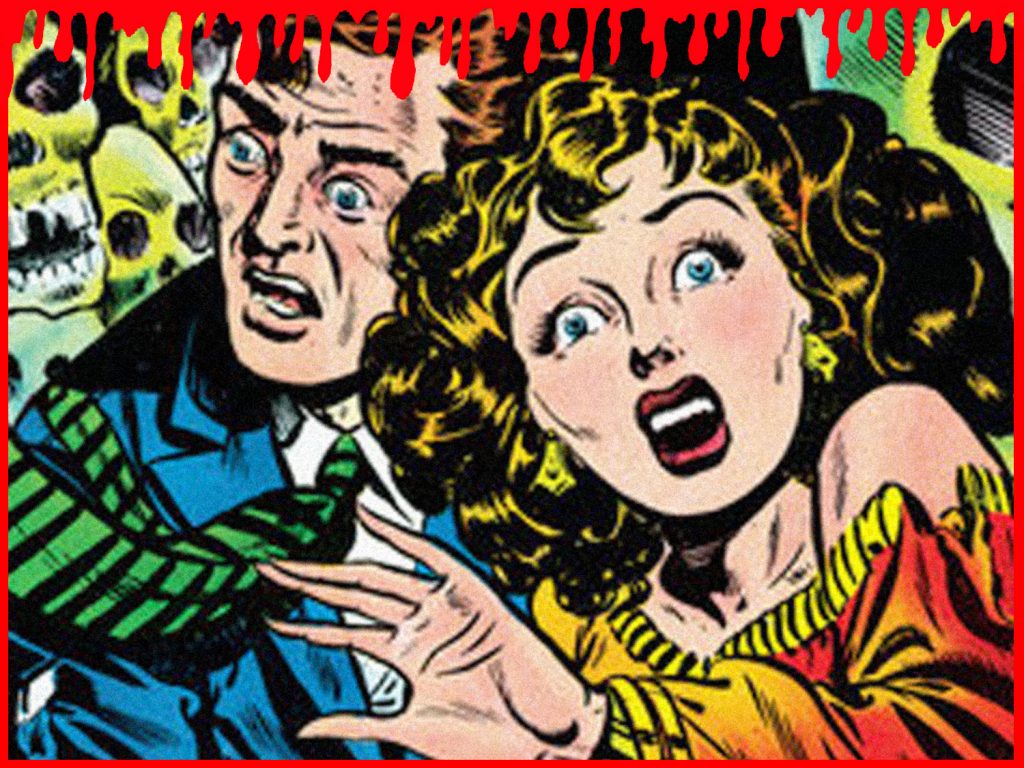 Also, make certain, when planning your travel itinerary, to bypass towns like Amityville, Haddonfield, Twin Peaks, Wayward Pines, Sleepy Hollow, Burkittsville, Hawkins, Eerie, Cuesta Verde, Santa Mira, Sunnydale, Bodega Bay, Antonio Bay, Mystic Falls, Bon Temps, Night Vale, Midwich, Dunwich, Innsmouth, Arkham, and of specific note for you ladies, Stepford.
Also, make certain, when planning your travel itinerary, to bypass towns like Amityville, Haddonfield, Twin Peaks, Wayward Pines, Sleepy Hollow, Burkittsville, Hawkins, Eerie, Cuesta Verde, Santa Mira, Sunnydale, Bodega Bay, Antonio Bay, Mystic Falls, Bon Temps, Night Vale, Midwich, Dunwich, Innsmouth, Arkham, and of specific note for you ladies, Stepford.
As a general rule, steer clear of any off-the-beaten-track, rural enclave, particularly if located in Maine, or if, upon entering town, you can hear the distinct twang of banjo strings being plucked! Nothing good will come of stopping for gas, or to grab a bite at the local diner! Skedaddle but quick!
9) DON’T GO LOOKING FOR TROUBLE IN THE WOODS! You and your friends should eschew equipping yourselves with GoPros for a hike into the Maryland countryside looking for witches! The footage you’d shoot is likely to be the only thing that would survive such an excursion! Instead, stay home and watch reruns of Bewitched!
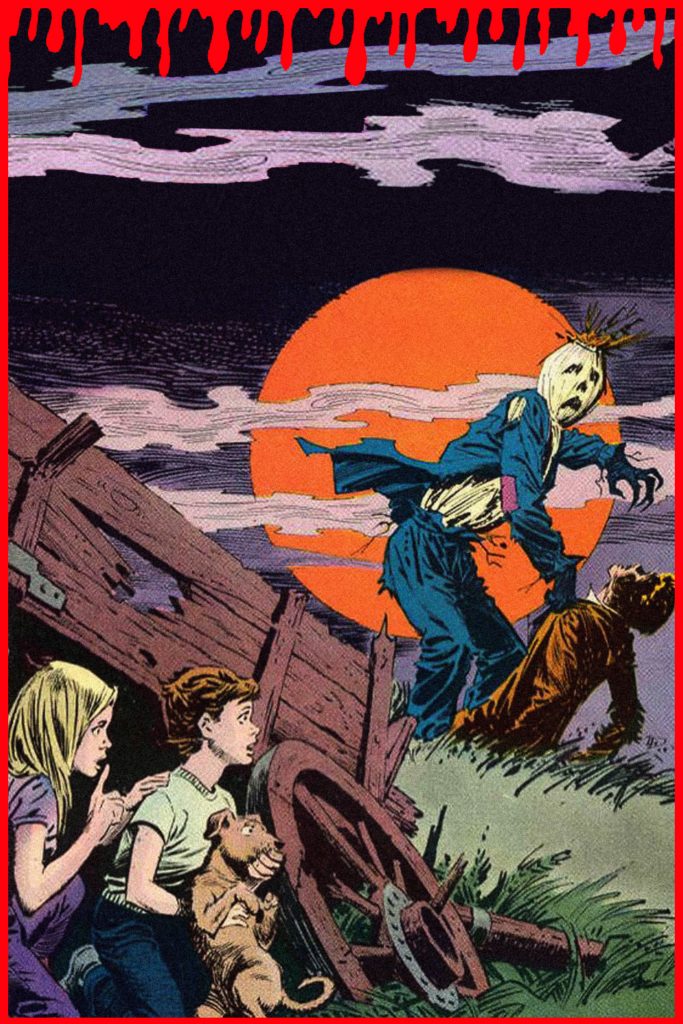 On a related note, you youngsters should at no time hazard a bike ride out to the local graveyard or the old, abandoned house at the end of the street on some foolhardy double-dare! And don’t go looking to solve any longstanding, spooky neighbourhood mysteries, either! Whatever the rumours may be about what happened that night all those years ago is probably all a lot of hooey, anyway! Don’t be sticking your nose into business that doesn’t concern you! You’re not in a Scooby-Doo cartoon, for Heaven’s sake! Instead, play ball hockey on the driveway or something, and as soon as the street lights are turned on, get home!
On a related note, you youngsters should at no time hazard a bike ride out to the local graveyard or the old, abandoned house at the end of the street on some foolhardy double-dare! And don’t go looking to solve any longstanding, spooky neighbourhood mysteries, either! Whatever the rumours may be about what happened that night all those years ago is probably all a lot of hooey, anyway! Don’t be sticking your nose into business that doesn’t concern you! You’re not in a Scooby-Doo cartoon, for Heaven’s sake! Instead, play ball hockey on the driveway or something, and as soon as the street lights are turned on, get home!
10) PRECLUDE HOLIDAY HORRORS! Everyone needs an interlude, from time to time, for rest and recreation, a little downtime, a break from the day-to-day, an opportunity to get away from it all and unwind! Organize your get-away, by all means, but be mindful that bizarre and frightening peril very often arises precisely while you are on vacation!
To forestall a potentially deleterious predicament, exercise some basic cautions when planning your sabbatical. You do not wish to find yourself up the proverbial creek without a paddle! Live by the Boy Scout motto: Be Prepared!
For example, when packing for your trip, always include a well-stocked first-aid kit. Make sure that your principal mode of transportation, whether airline, cruise line, rail or bus line, comes highly recommended and boasts an outstanding safety record. Should you intend to employ your own or a friend’s camper, have the vehicle thoroughly checked by a reliable mechanic before departure to insure that it’s in good working order, the aim, here, being to minimize the chances of your breaking down somewhere along the route on dangerous ground with no means of engineering a quick exit.
But perhaps most importantly, plan ahead so as not to wind up in uninviting territory to begin with! As a general rule, if travelling on the Continent, give Transylvania a wide berth! Detour around the slopes of cloud-enveloped Mount Trollenberg, too! If voyaging by sea, travel through the Bermuda Triangle is not prescribed under any circumstances! Never charter passage on either the Lady Ann or the Mary Celeste, and plot a course around such atolls as Skull Island and Isla Nublar! Stay out of Japan’s Aokigahara Forest, and on no occasion board the KTX to Busan! When considering hostelry, never book a cabin at Camp Crystal Lake or make reservations to bed-and-breakfast at Exham Priory! By no means ever check in to the Bates Motel or the Overlook Hotel, from either of which it is exceedingly improbable that you will ever check out!
11) DON’T GO IN THE HOUSE!
If your car breaks down or runs out of gas one night on a lonely road in a region with no cellphone service, do not hike up the road a ways to that old ramshackle house to ask if you can use their landline in order to call for a tow. Use your head, man! It’s a hoary, dilapidated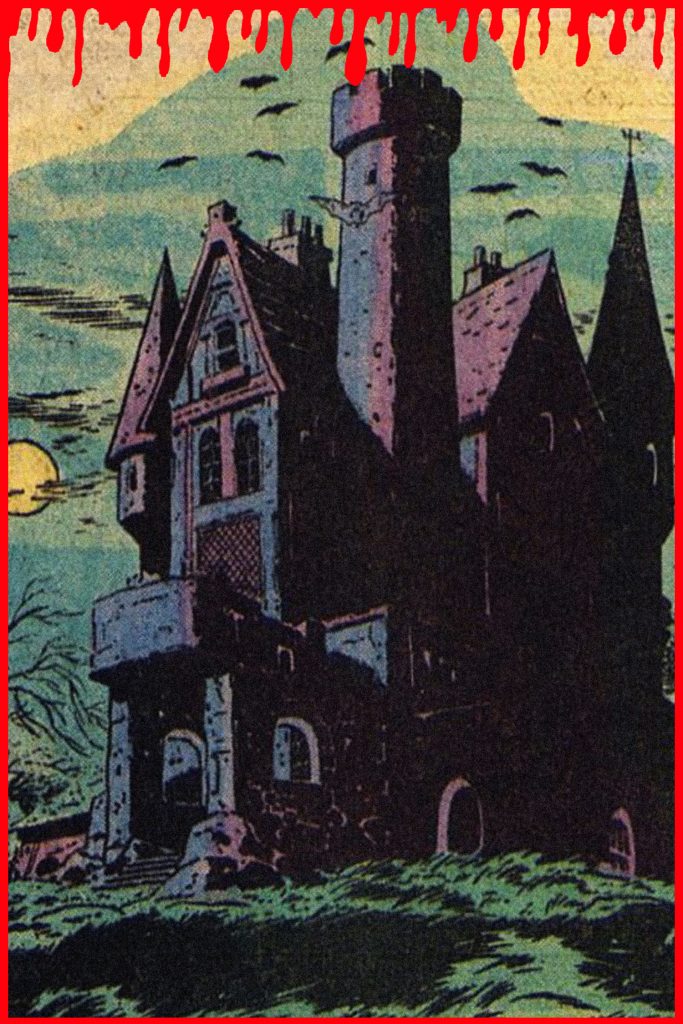 building, a derelict dwelling probably uninhabited, and even if someone does live there, they almost certainly do not have a functioning phone!
building, a derelict dwelling probably uninhabited, and even if someone does live there, they almost certainly do not have a functioning phone!
But if you choose to ignore this advice and find yourself standing on the porch wondering why nobody answered the front door when you knocked, take this gift of an opportunity to correct your error and sprint forthwith back to your vehicle!
Should you opt, instead, to foolishly continue with your reckless course of action and, upon trying that rickety front door, find that it isn’t locked, positively do not enter the house! Now would be a good time to turn and bolt back to your car, jump in, roll up the windows, and engage the door locks, after which you may wish to cower in the back seat under a blanket until sunrise!
If you absolutely insist on entering the house, however, be sure that you’re wearing your brown pants!
12) DON’T GO DOWN INTO THE BASEMENT! Never search for your missing friend in a dark, dank basement, especially if you are alone and the power has gone out during a raging thunderstorm! But if you must, carry a working lantern or flashlight with fresh batteries installed, not a candle that can easily gutter and extinguish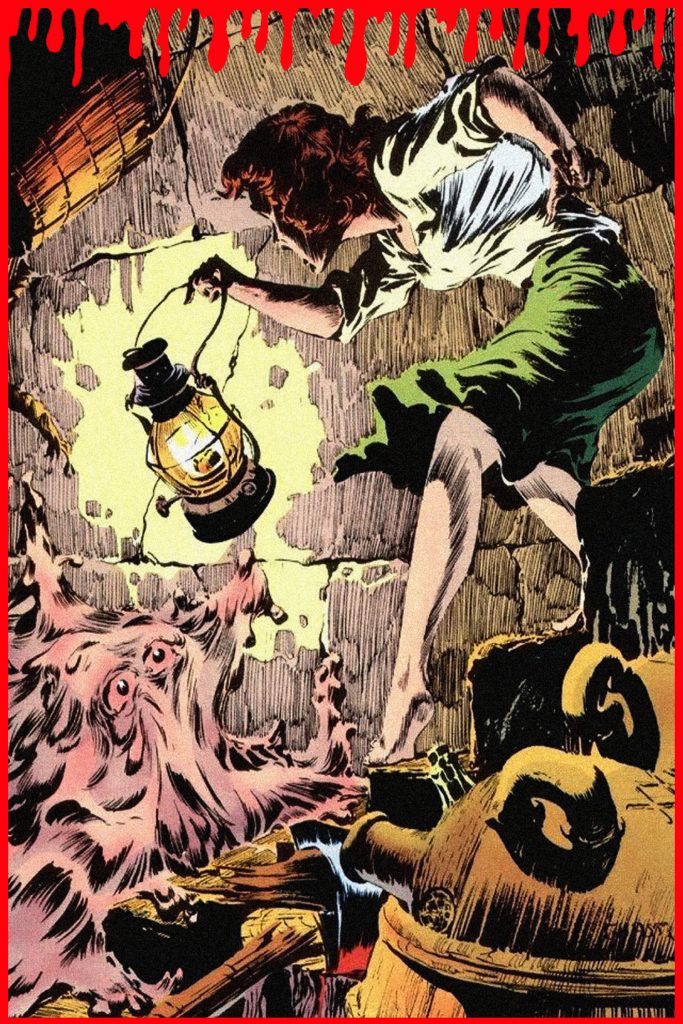 at the slightest exhalation of fetid breath wafting from the unholy maw of the tall, dark, and hideous thing that may inhabit that basement!
at the slightest exhalation of fetid breath wafting from the unholy maw of the tall, dark, and hideous thing that may inhabit that basement!
And while we’re discussing this topic, be careful on those invariably creaky staircases that lead down to basements, for you risk escape-impeding injury should one of the rotting wooden steps collapse under your weight and you plummet through, your fall broken only by the putrid, decaying carcass of something, or someone, under those stairs! Play it safe and stay out of basements altogether!
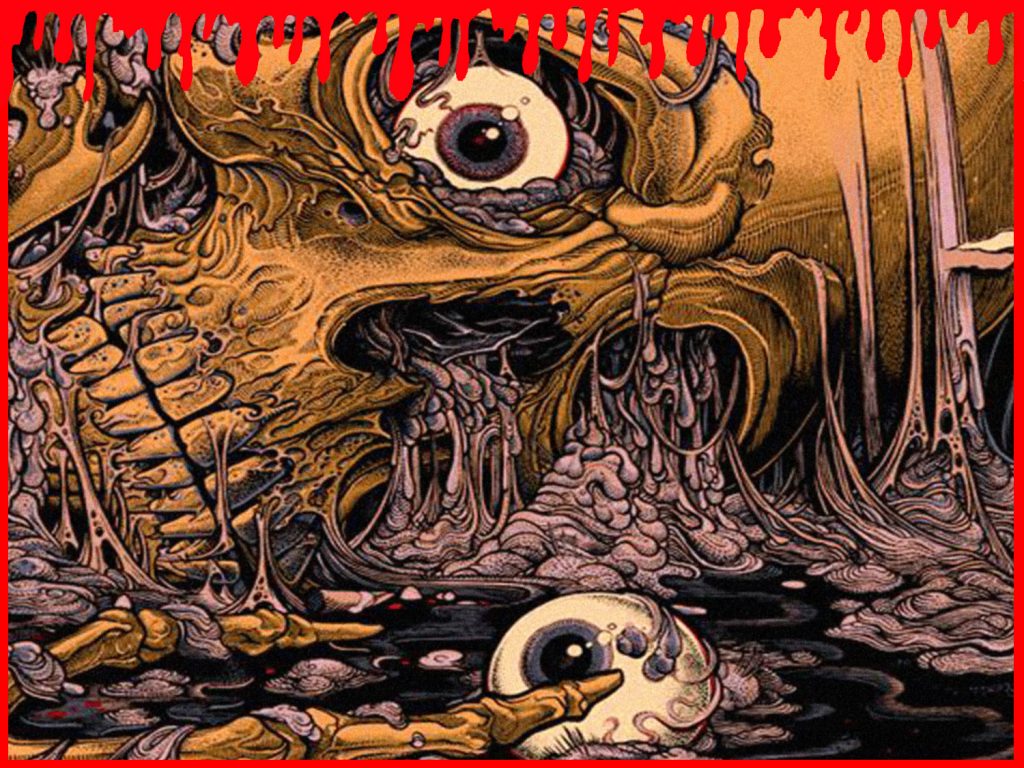 13) DON’T TOUCH THAT! Never handle any strange, pulsating goop that you’ve discovered in a secret laboratory, next to a meteorite crater, or around a ruptured barrel clearly marked as a container of toxic waste! The government has people for that sort of thing, so don’t let your curiosity get the better of you. Remember that age-old proverb involving the fate of curious cats, and note that you do not have the benefit of nine lives!
13) DON’T TOUCH THAT! Never handle any strange, pulsating goop that you’ve discovered in a secret laboratory, next to a meteorite crater, or around a ruptured barrel clearly marked as a container of toxic waste! The government has people for that sort of thing, so don’t let your curiosity get the better of you. Remember that age-old proverb involving the fate of curious cats, and note that you do not have the benefit of nine lives!
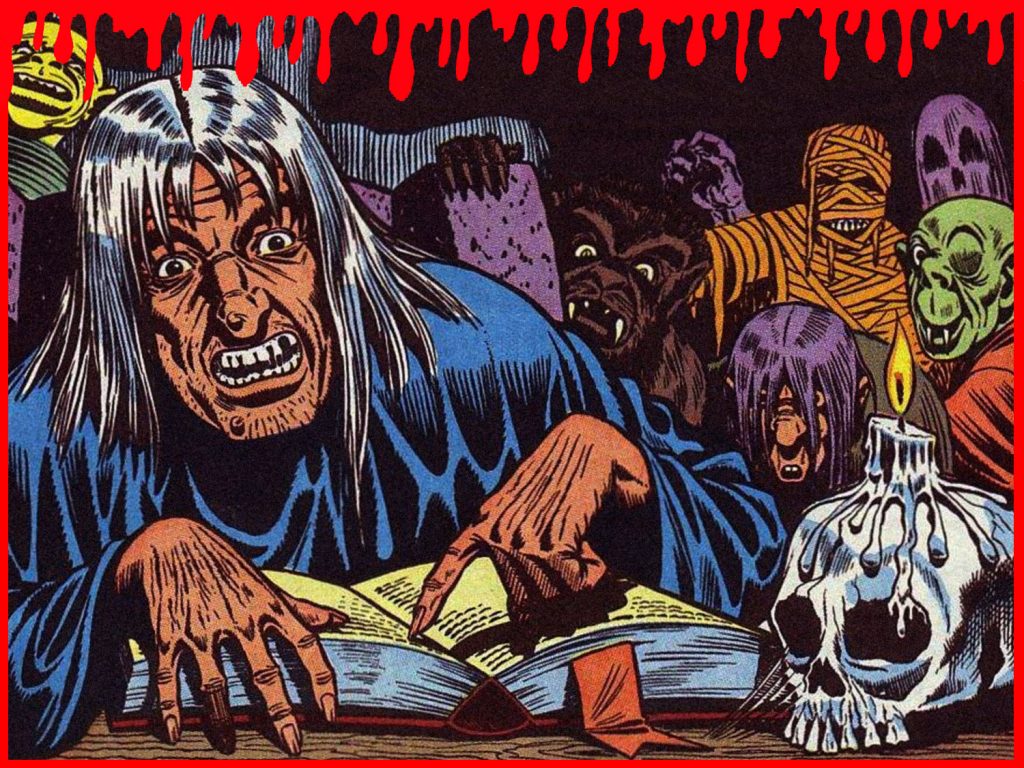 14) NO MAGIC WORDS OF THE DARK VARIETY! Never open any dusty old tome on the cover of which is inscribed a pentagram, or specifically, the title “Necronomicon.” But if you do injudiciously crack the spine on said book, under no circumstances attempt to carry out any of the exercises outlined in any chapter, or read aloud any incantations therein, even as a joke! Basically, do not attempt to translate ancient writings that may result in the opening of a portal to Hell!
14) NO MAGIC WORDS OF THE DARK VARIETY! Never open any dusty old tome on the cover of which is inscribed a pentagram, or specifically, the title “Necronomicon.” But if you do injudiciously crack the spine on said book, under no circumstances attempt to carry out any of the exercises outlined in any chapter, or read aloud any incantations therein, even as a joke! Basically, do not attempt to translate ancient writings that may result in the opening of a portal to Hell!
15) NEVER PLAY GAMES WITH THE FORCES OF EVIL! If your old Ouija Board or Magic 8-Ball begins to actually work, toss the game away quickly and vamoose! Don’t ask “just one more question,” for the answer will, in all likelihood, spell your doom!
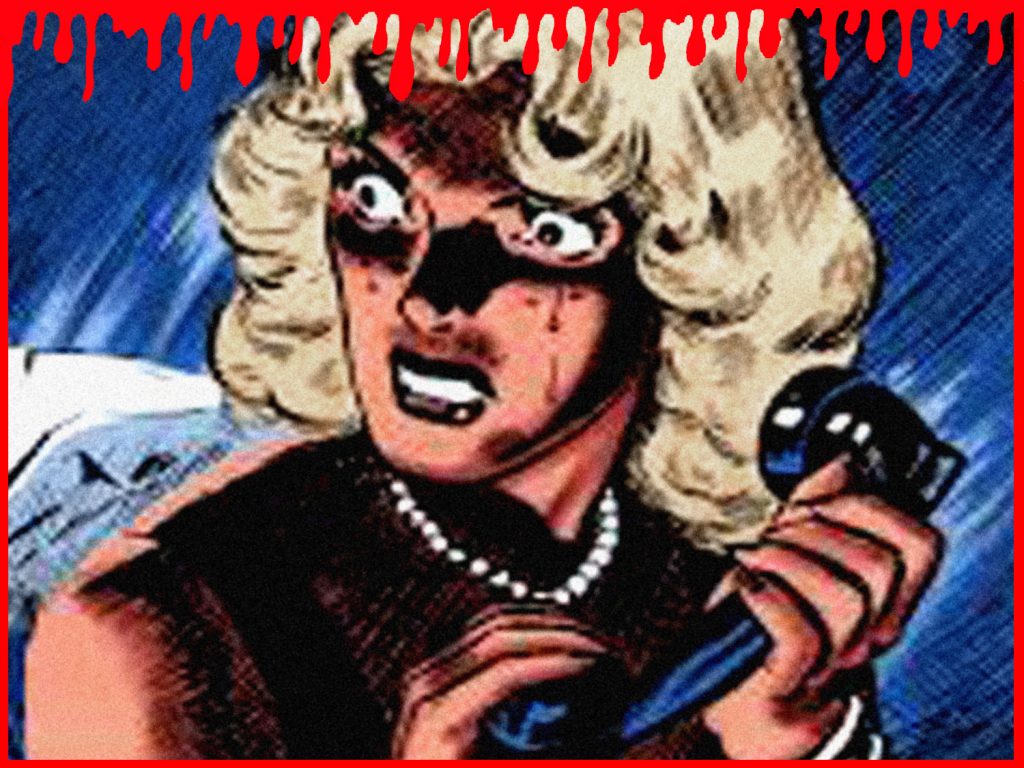 16) GET OUT OF THE HOUSE! You’ve been getting threatening crank calls all evening! If the police call to inform you that they’ve managed to trace those phone calls, and that they’re coming from within the very house in which you now stand, make immediately for the front door and flee screaming into the street! The kids asleep upstairs? You’re just the babysitter; it’s not like their parents agreed to danger pay or anything like that!
16) GET OUT OF THE HOUSE! You’ve been getting threatening crank calls all evening! If the police call to inform you that they’ve managed to trace those phone calls, and that they’re coming from within the very house in which you now stand, make immediately for the front door and flee screaming into the street! The kids asleep upstairs? You’re just the babysitter; it’s not like their parents agreed to danger pay or anything like that!
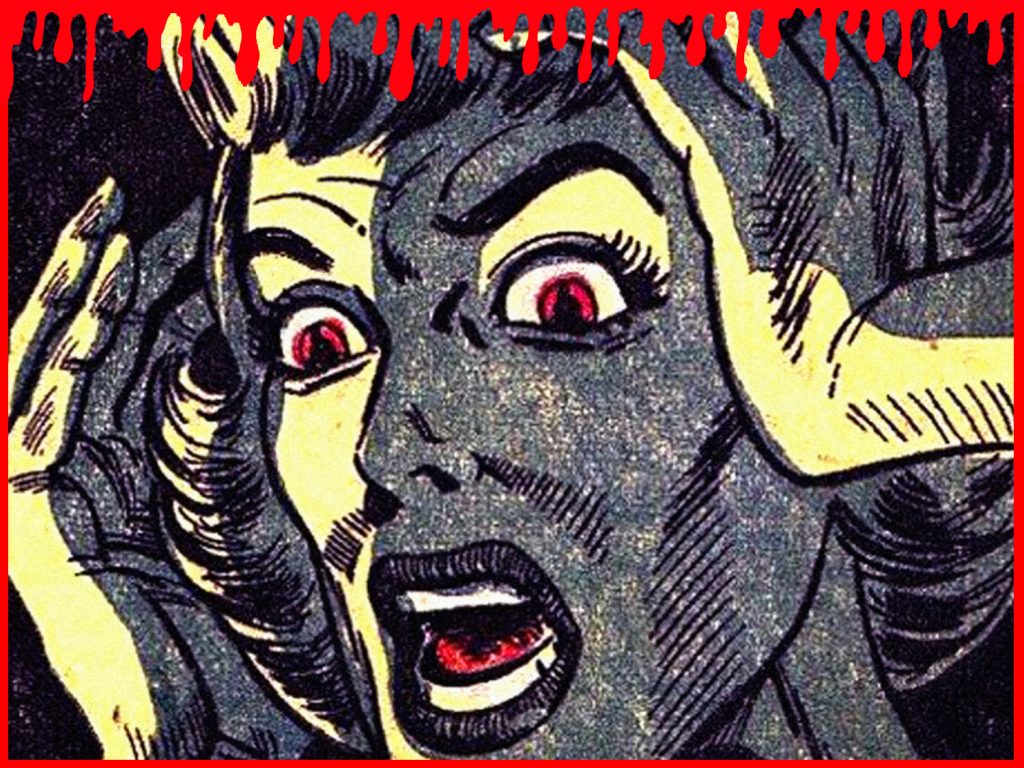 Still on the theme of domiciles, if the walls of your new house suddenly start bleeding, recognize that you have a serious problem! This is not the unfortunate result of your having used discounted wallpaper paste that has now liquefied in this humidity, nor the fluke confluence of mismatched chemicals in your primer and semi-gloss reacting with each other and causing the paint to run! Occum’s Razor, people!—of any given set of explanations for an occurrence, the simplest is most likely the correct one.
Still on the theme of domiciles, if the walls of your new house suddenly start bleeding, recognize that you have a serious problem! This is not the unfortunate result of your having used discounted wallpaper paste that has now liquefied in this humidity, nor the fluke confluence of mismatched chemicals in your primer and semi-gloss reacting with each other and causing the paint to run! Occum’s Razor, people!—of any given set of explanations for an occurrence, the simplest is most likely the correct one.
So this is obviously the result of evil, demonic forces at play in your living room! Don’t just stand there wondering what brand of household cleaner will get that stain out! Understand that even if you were to call in a priest to bless it, your bottle of Mr. Clean cannot help you in such a circumstance. Vacate the premises without delay!
Also, never take any bet that involves your spending the night in an antediluvian, cobweb-enshrouded Victorian-style manor! And, if household appliances suddenly start switching on by themselves, it’s got nothing to do with the wiring. Don’t waste valuable minutes checking your electrical box, just get the eff out of the house!
And always remember that oft-cited axiom about the most important factor with regards to real estate: location, location, location! So keep that in mind when listening to the real estate agent’s sales pitch! Regardless of the owner having substantially dropped his asking price—a red flag if ever there was one!—do not sign a contract to purchase a house that you discover was once owned by Anton LaVay, or was the site of a gruesome murder a few years ago, or was built atop an old Indian burial ground, or next to a river into which an unprincipled chemical products manufacturer upstream has surreptitiously dumped toxic waste for years, thereby inducing ghastly mutations in the local fauna! Politely thank the agent for his time and get out of Dodge!
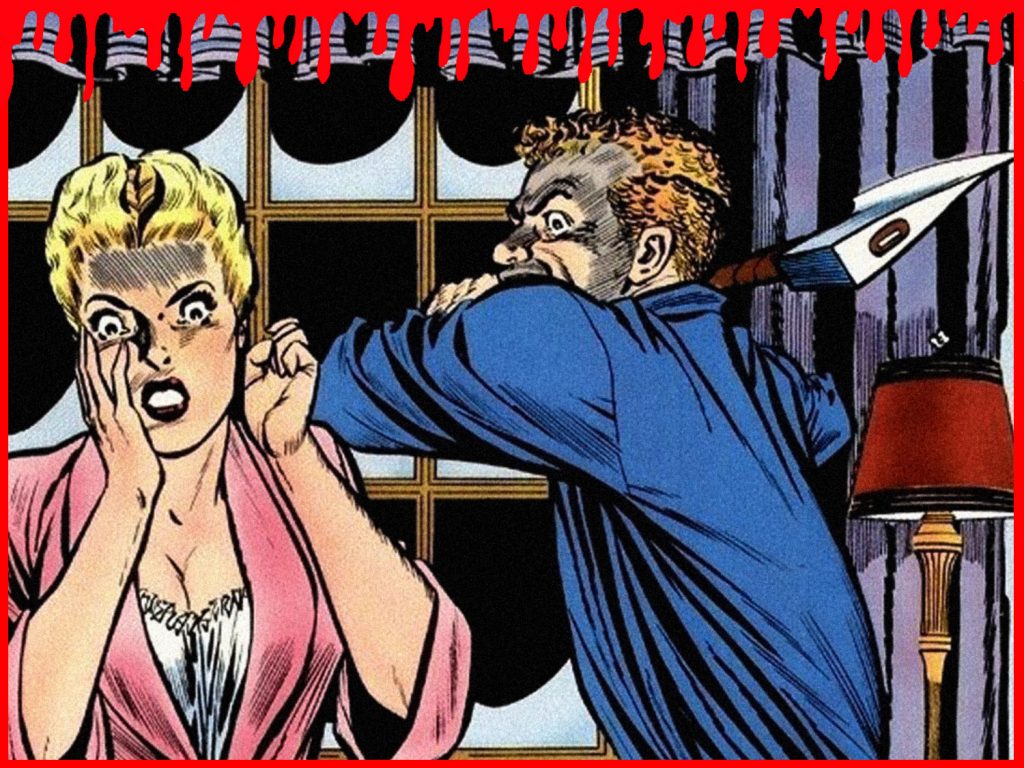 17) SORRY, BUT NO SEX! This one is specific to you teenagers, and while it is a lot to ask, consider that your very lives are at stake! Fact is, sexually active teenagers, principally young girls of the babysitting, cheerleading, sorority, or summer camp-counselor persuasion, are like catnip to mute, monochromatically dressed strangers exhibiting a particularly lethal skill with any of the following items: axe, machete, carving knife, pneumatic hammer, power drill, welding torch, Sunbeam Mixmaster, and most especially, chainsaw!
17) SORRY, BUT NO SEX! This one is specific to you teenagers, and while it is a lot to ask, consider that your very lives are at stake! Fact is, sexually active teenagers, principally young girls of the babysitting, cheerleading, sorority, or summer camp-counselor persuasion, are like catnip to mute, monochromatically dressed strangers exhibiting a particularly lethal skill with any of the following items: axe, machete, carving knife, pneumatic hammer, power drill, welding torch, Sunbeam Mixmaster, and most especially, chainsaw!
These guys usually have a record of savage butchery and have often recently escaped from an asylum for the criminally insane. They tend to display an elevated level of physical strength, and demonstrate an uncanny capacity for surviving assaults on their person by desperate, struggling victims, who quickly discover that repeated clubbings with blunt instruments, running over them with a car, setting them aflame, or shooting them multiple times all prove futile! Such fellows are not fun dates!
Exercise the same caution around any small-town Billy-Bob who seems a little slow and whose family, according to the locals, “live just outside of town, mostly keep to themselves, and don’t bother nobody!”
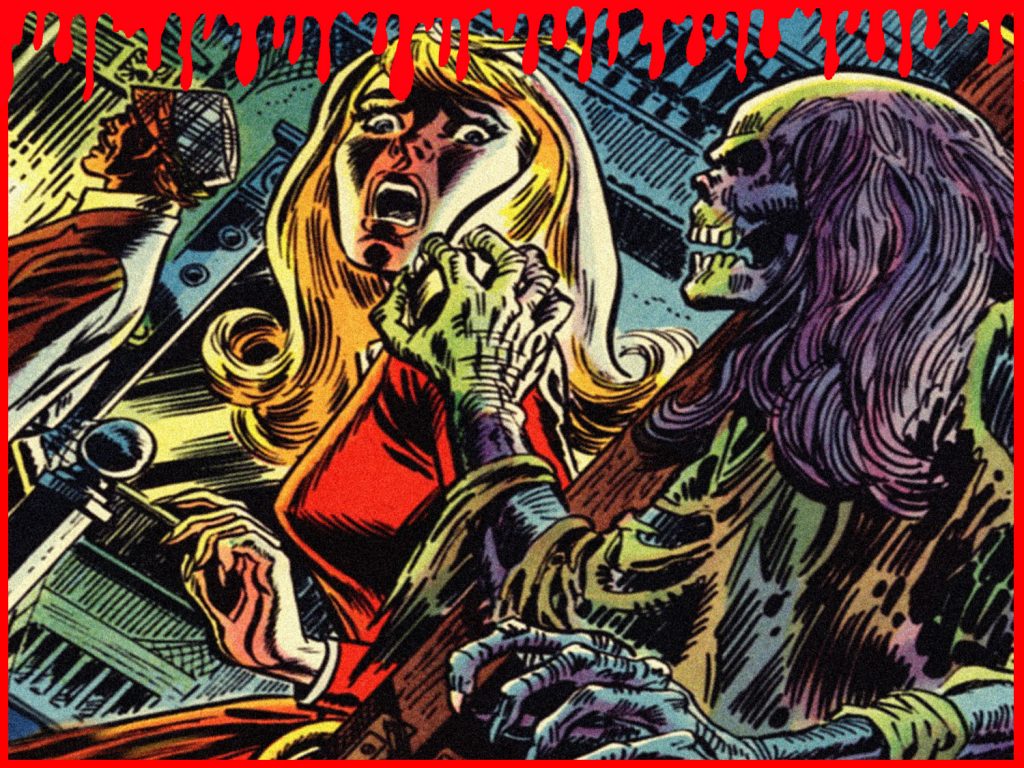 18) WHEN YOU THINK IT’S OVER, IT ISN’T! Miraculously, you’ve somehow managed to survive your confrontation with the nightmarishly savage, blade-wielding fiend that has been stalking you and your friends all night, and have just heroically struck the brute a killing blow, leaving him prone and motionless on the ground at your feet! “Is he dead?” your sobbing, pretty, female co-survivor and potential new girlfriend will surely ask. You must resist the understandable urge, in your newfound role as her brave protector, to turn your attention away from the beastly hellion towards her and respond in the affirmative, for the brute is almost certainly not at all dead! It is unfailingly at this very moment of inattention to your foe that he will suddenly spring up, grab you firmly by the throat, lift you right up off the ground, and fatally run you through with his weapon!
18) WHEN YOU THINK IT’S OVER, IT ISN’T! Miraculously, you’ve somehow managed to survive your confrontation with the nightmarishly savage, blade-wielding fiend that has been stalking you and your friends all night, and have just heroically struck the brute a killing blow, leaving him prone and motionless on the ground at your feet! “Is he dead?” your sobbing, pretty, female co-survivor and potential new girlfriend will surely ask. You must resist the understandable urge, in your newfound role as her brave protector, to turn your attention away from the beastly hellion towards her and respond in the affirmative, for the brute is almost certainly not at all dead! It is unfailingly at this very moment of inattention to your foe that he will suddenly spring up, grab you firmly by the throat, lift you right up off the ground, and fatally run you through with his weapon!
So what have we learned, here?—never get close enough to see if the murderous psycho is still breathing, because if you do, you won’t be for much longer!
To avoid this scenario playing out as above described, you must remember, immediately after having struck your blow, to quickly back well away and in one fluid motion, turn and race off like a scared rabbit, thus giving yourself a valuable head start over your female companion! She probably wasn’t going to go out with you, anyway!
19) MOVE AWAY! Should a tall, dark-haired man accompanied by a petite, stunningly attractive woman with shoulder-length auburn hair knock on your door flashing FBI badges wishing to question you about unusual goings-on in your neighbourhood, move to another neighbourhood!

